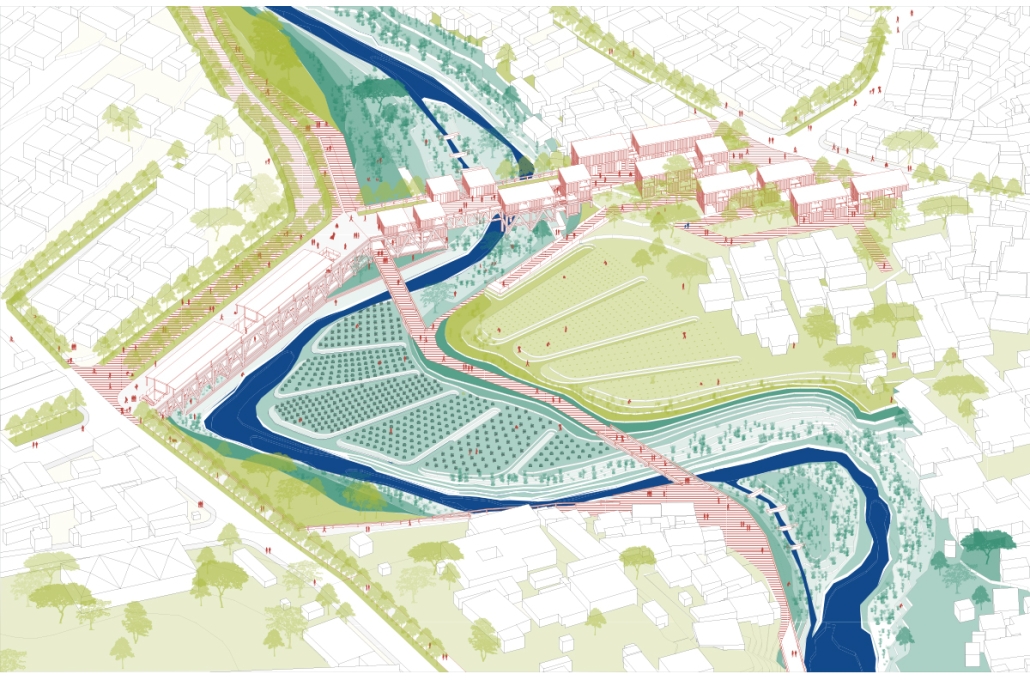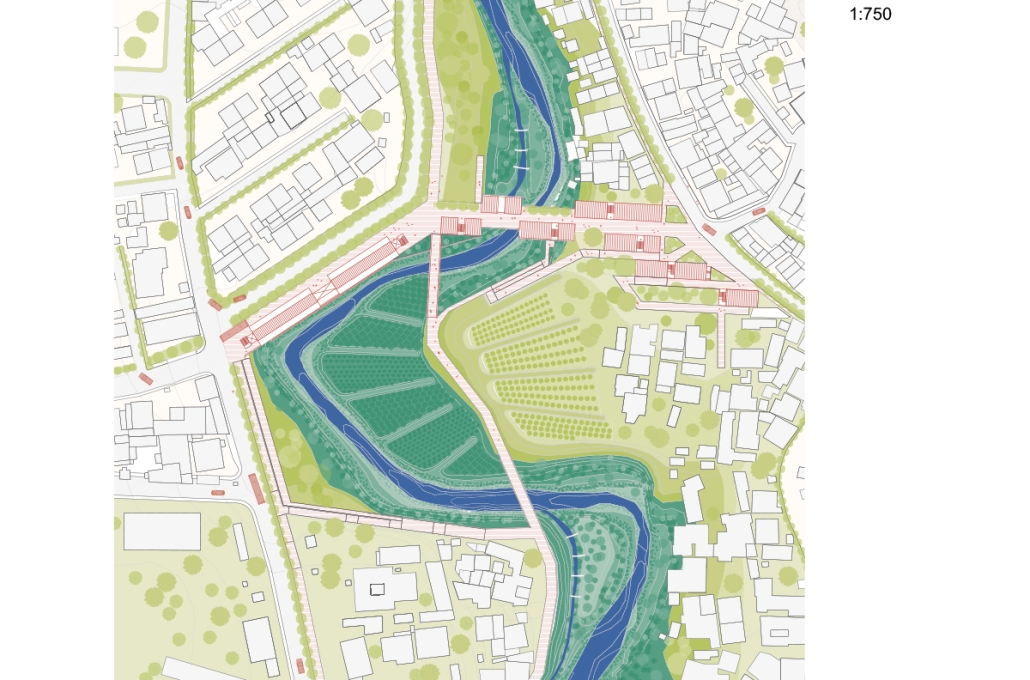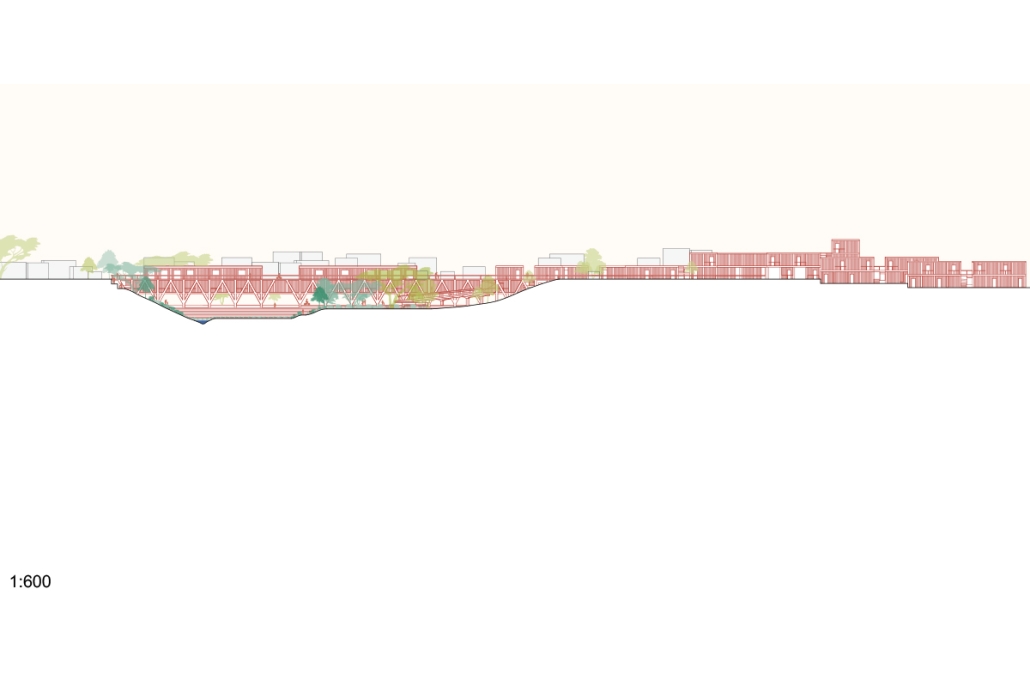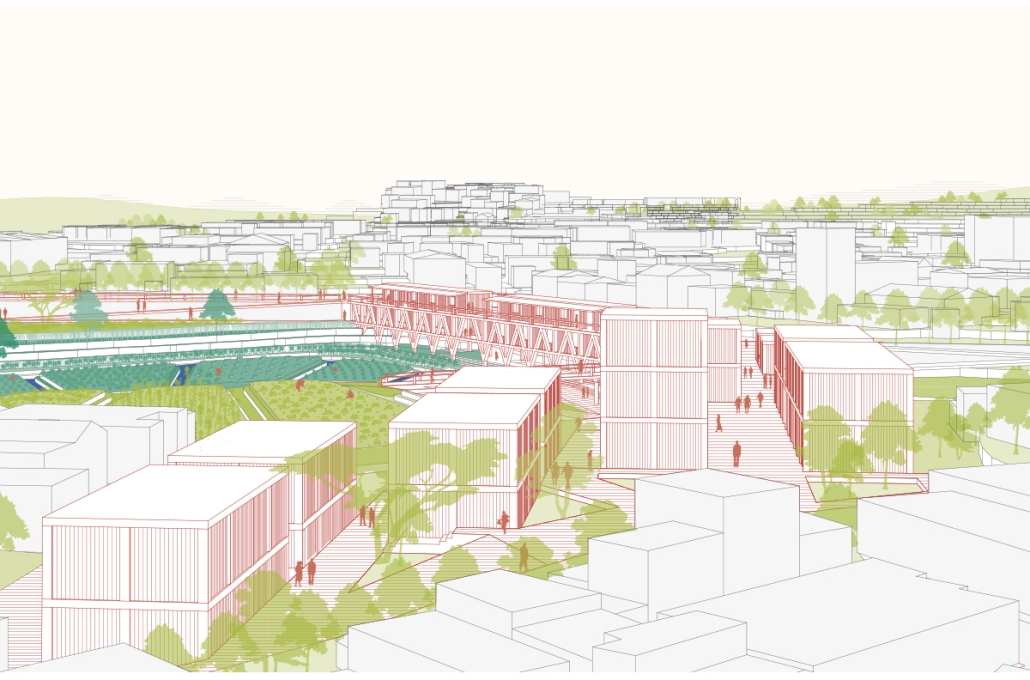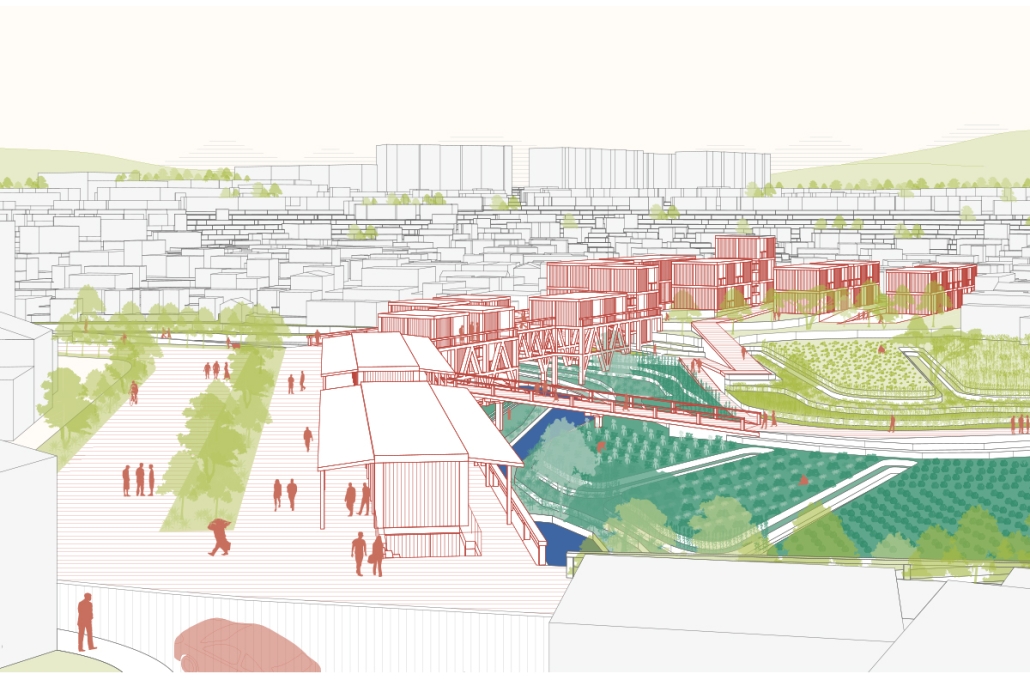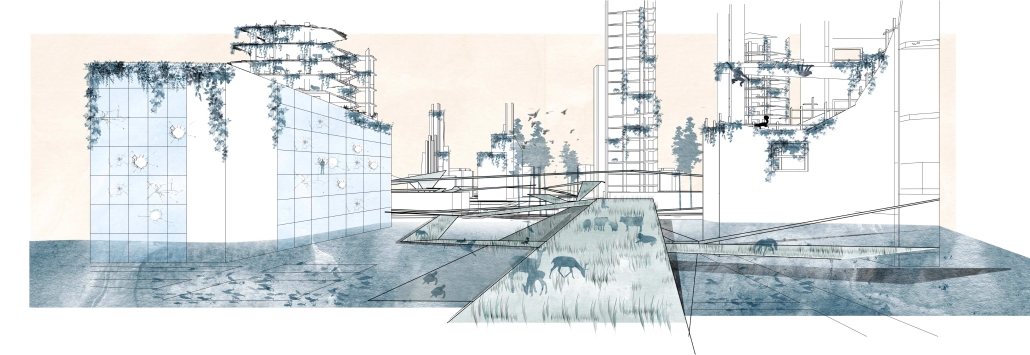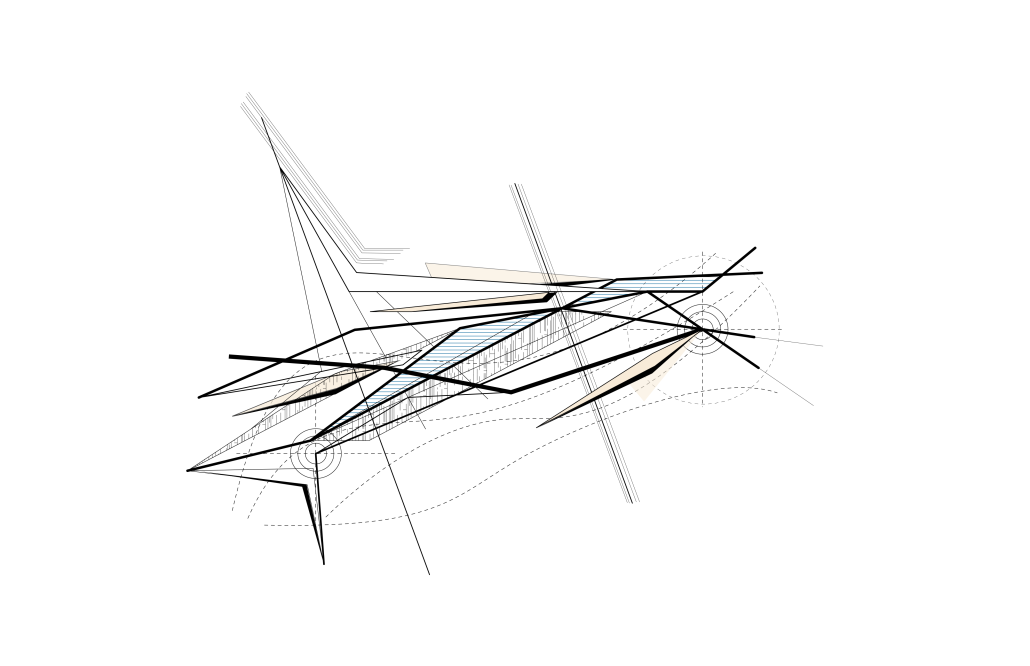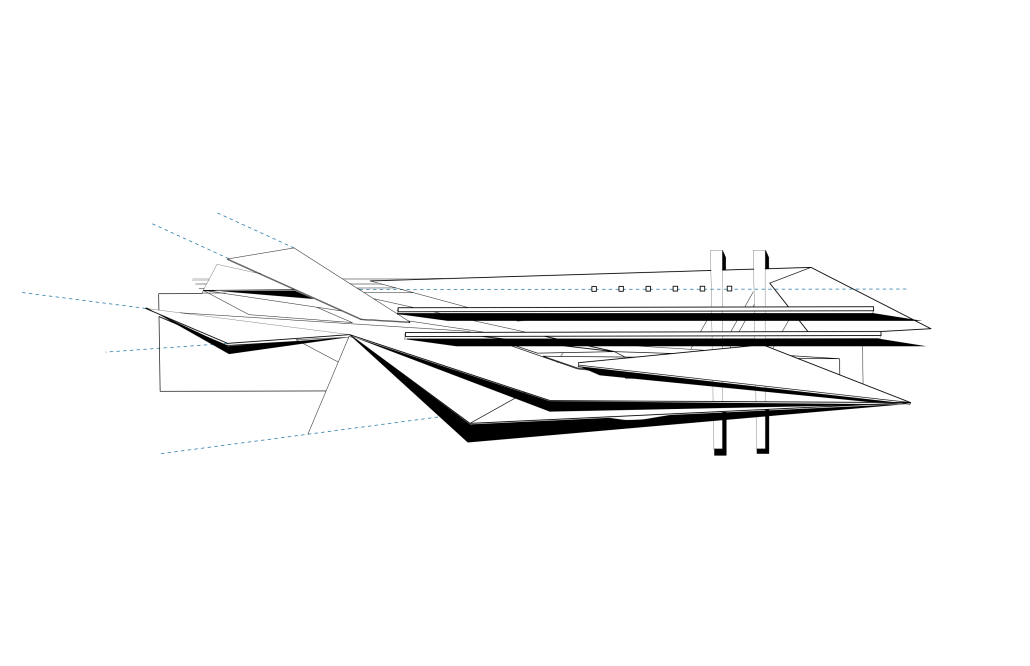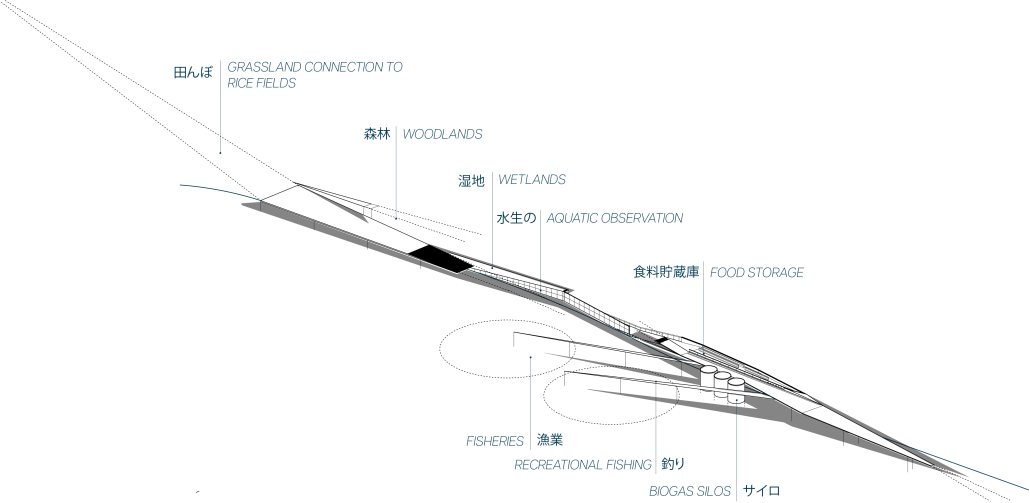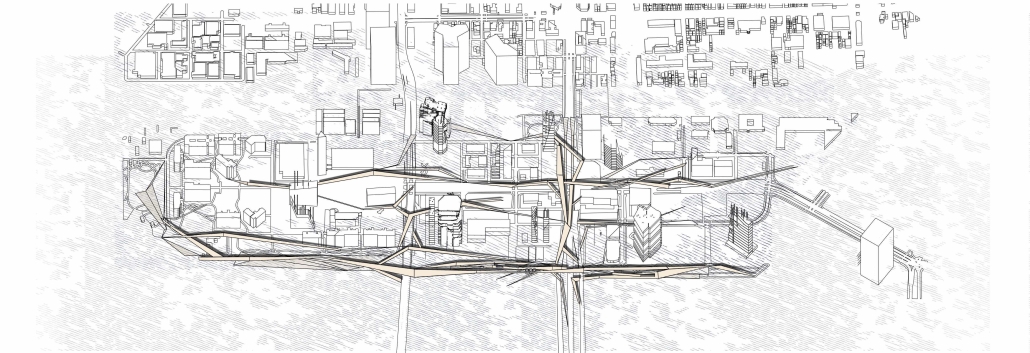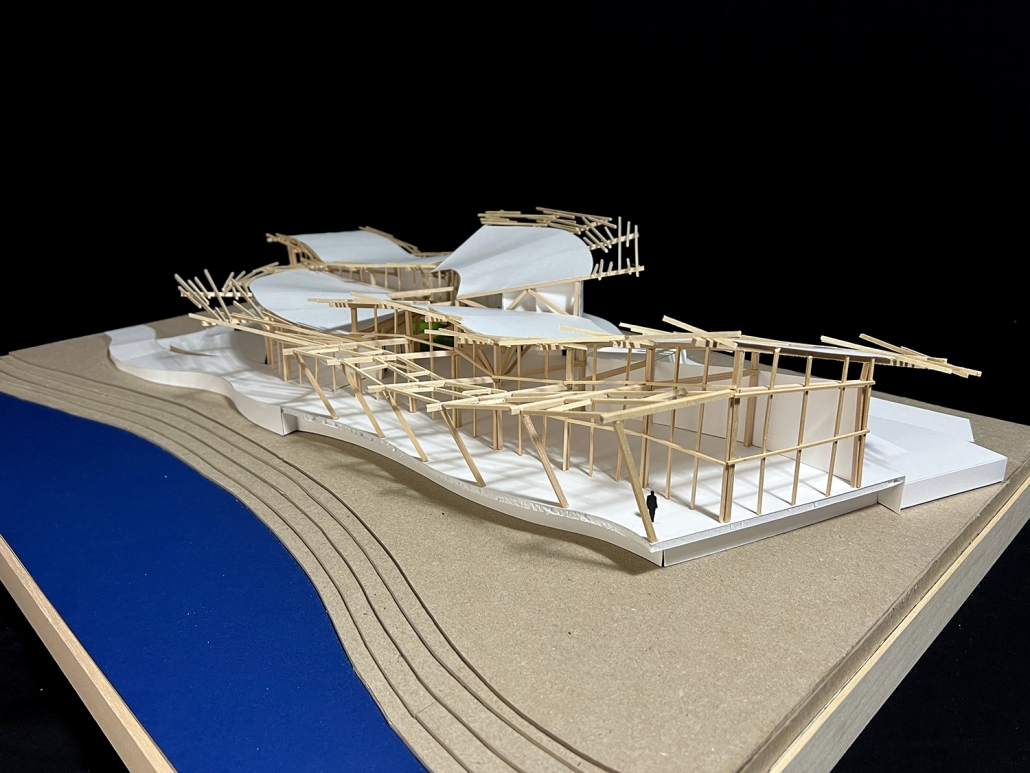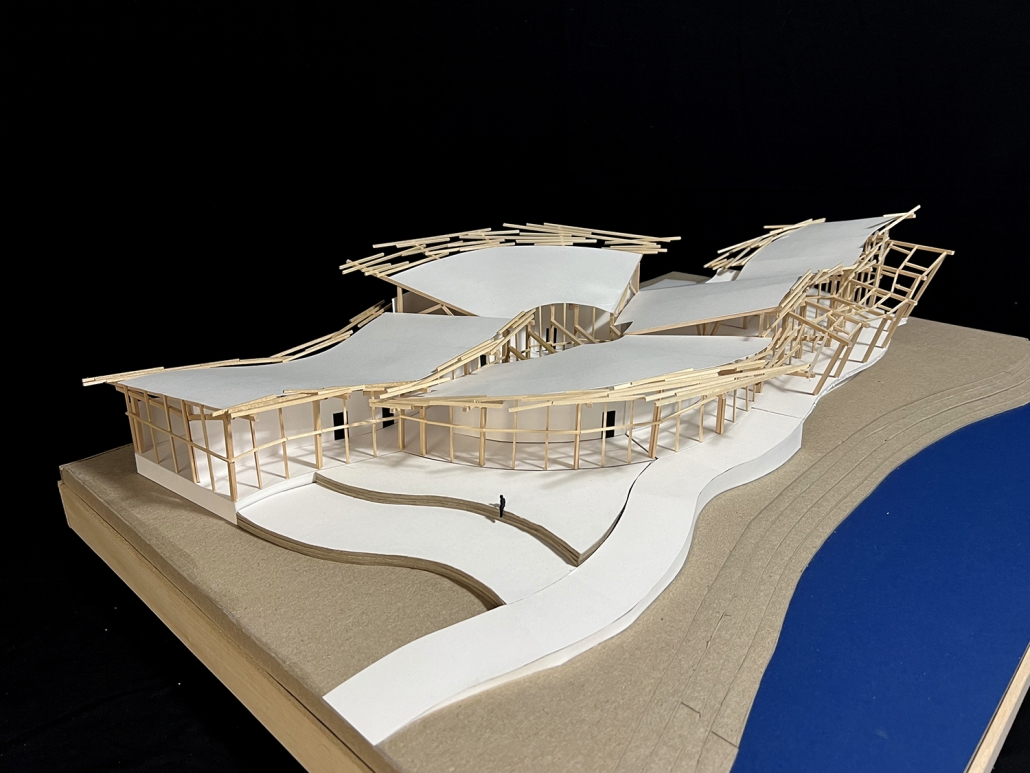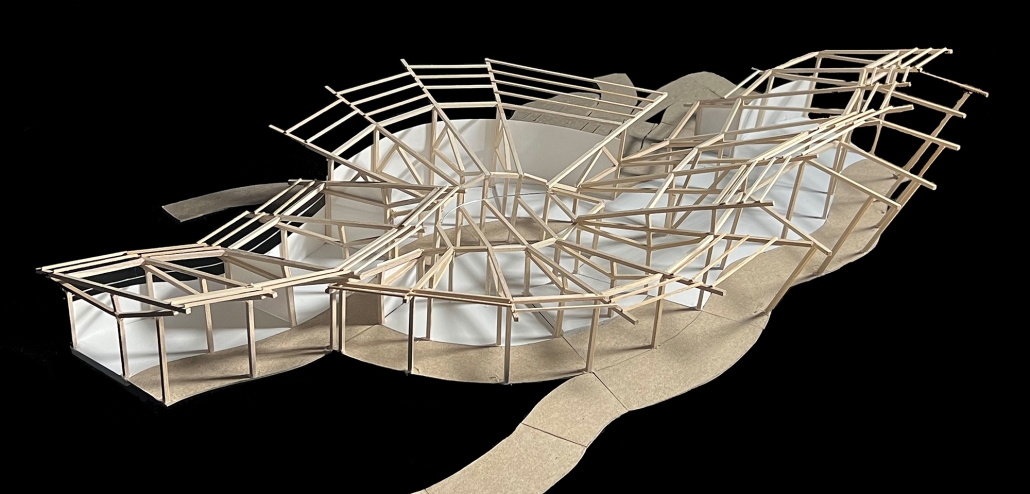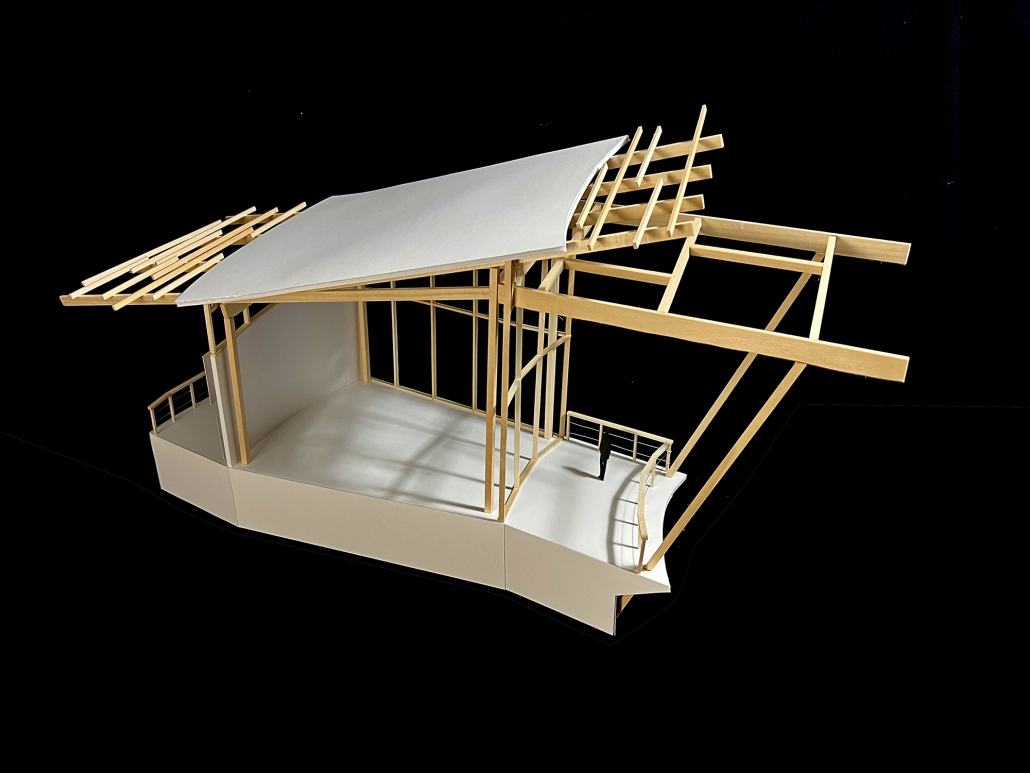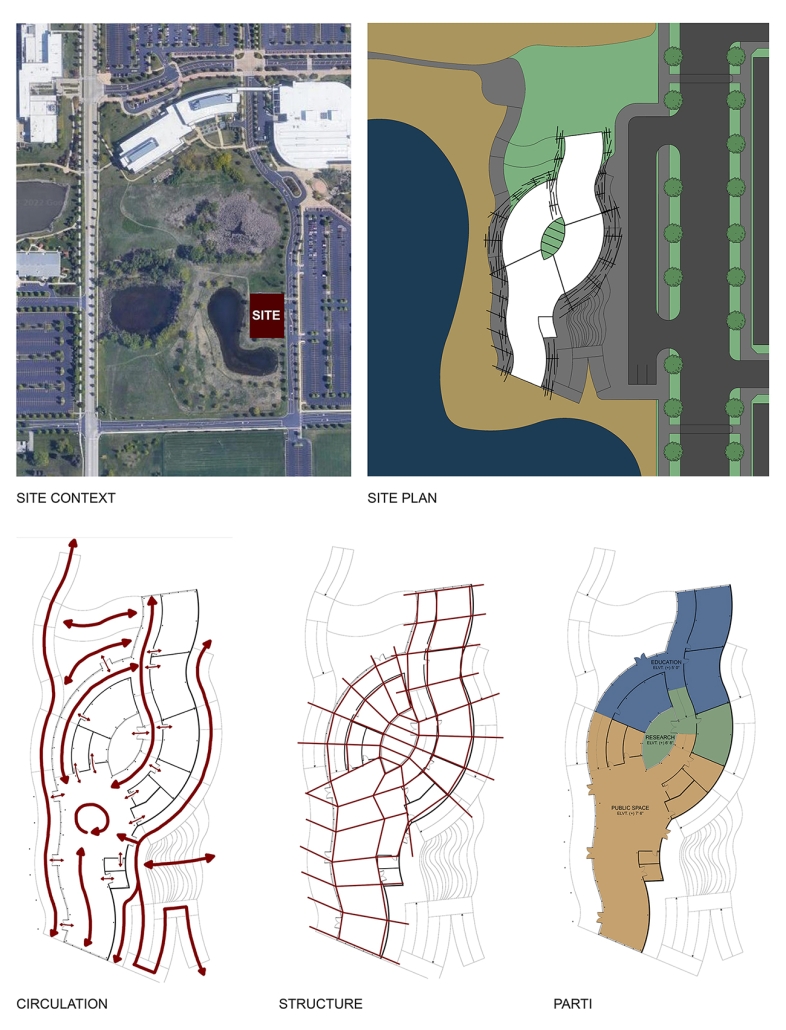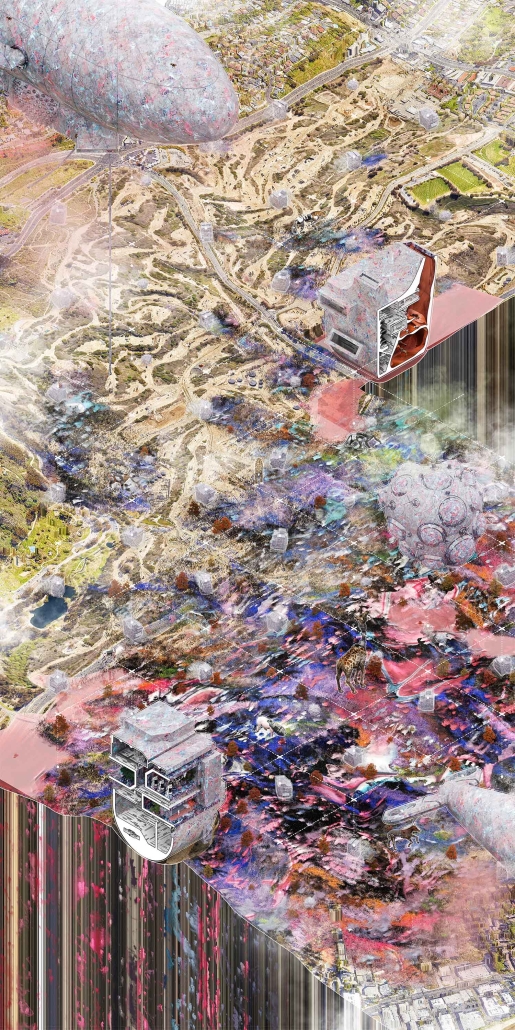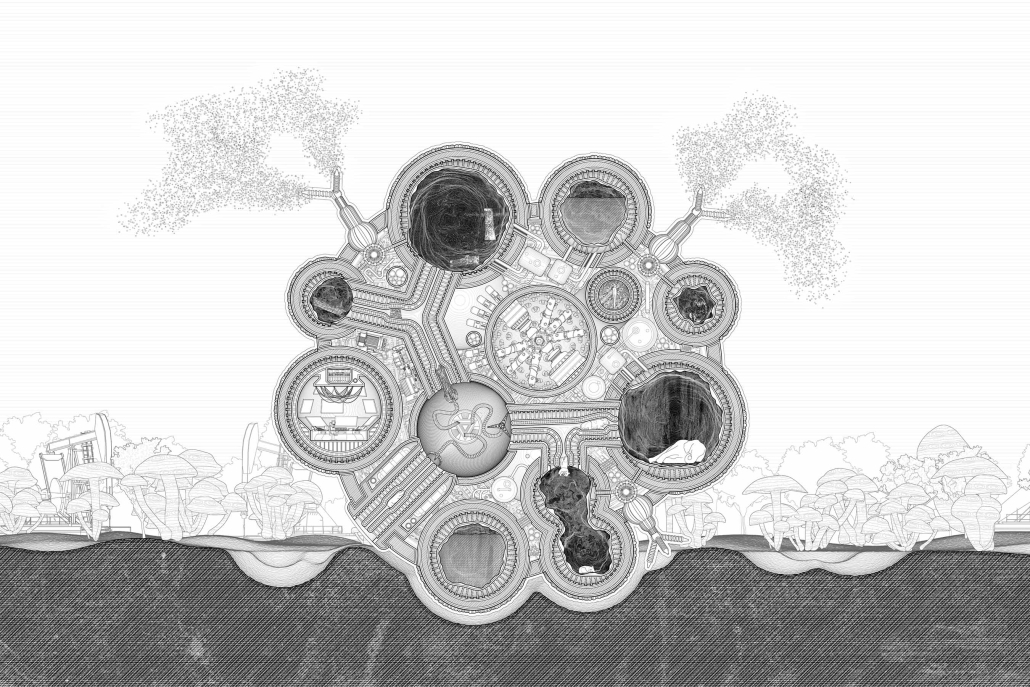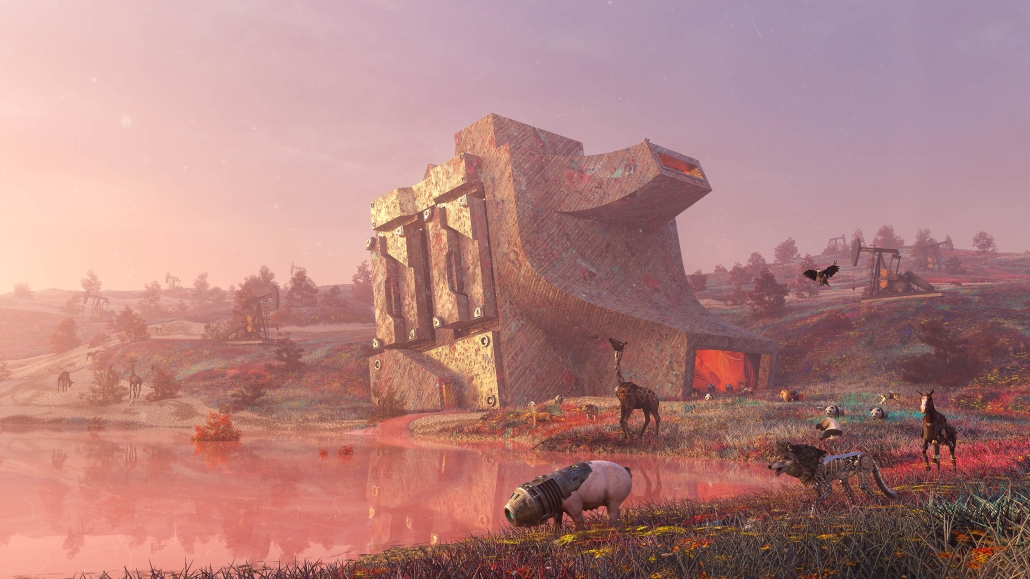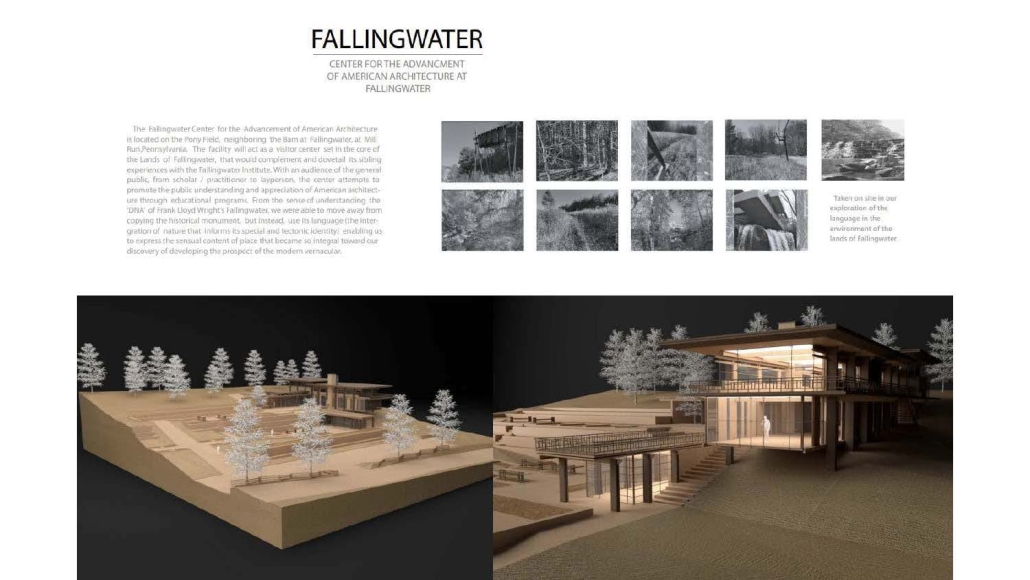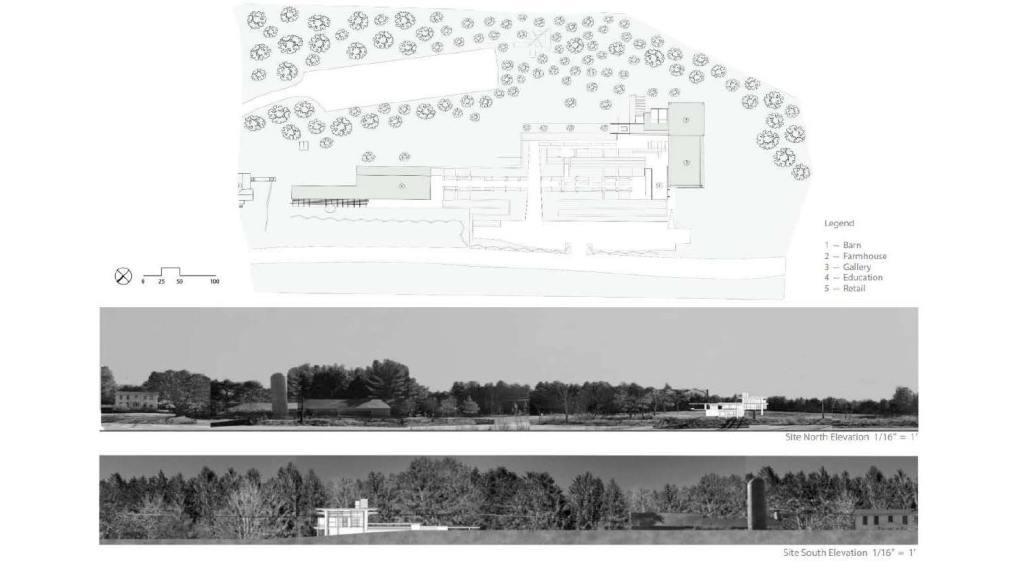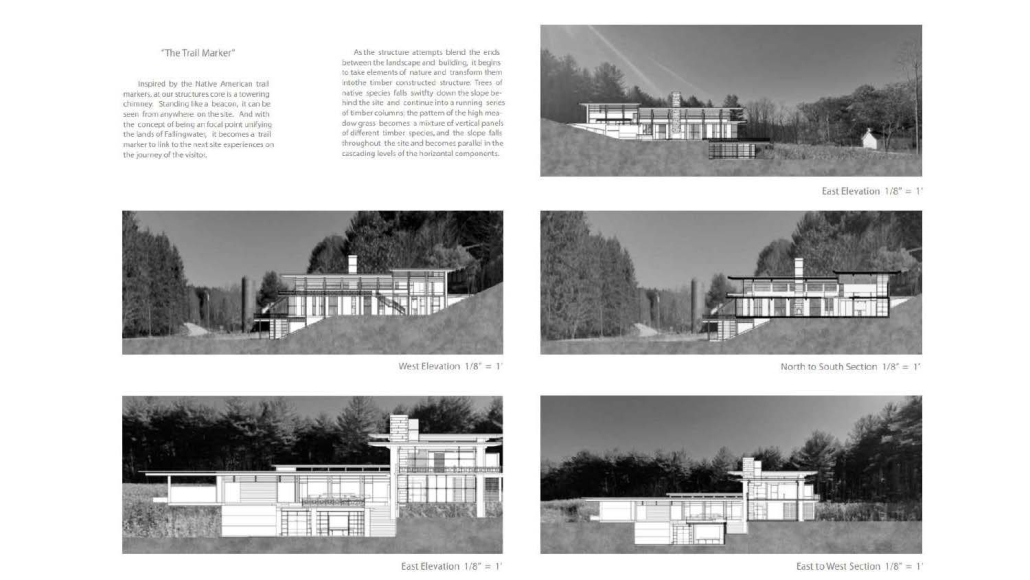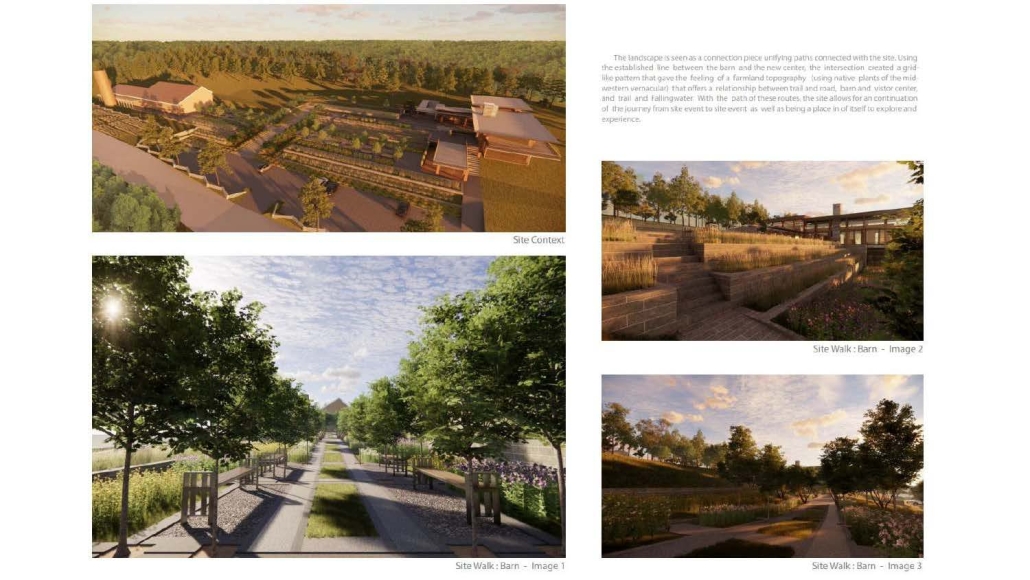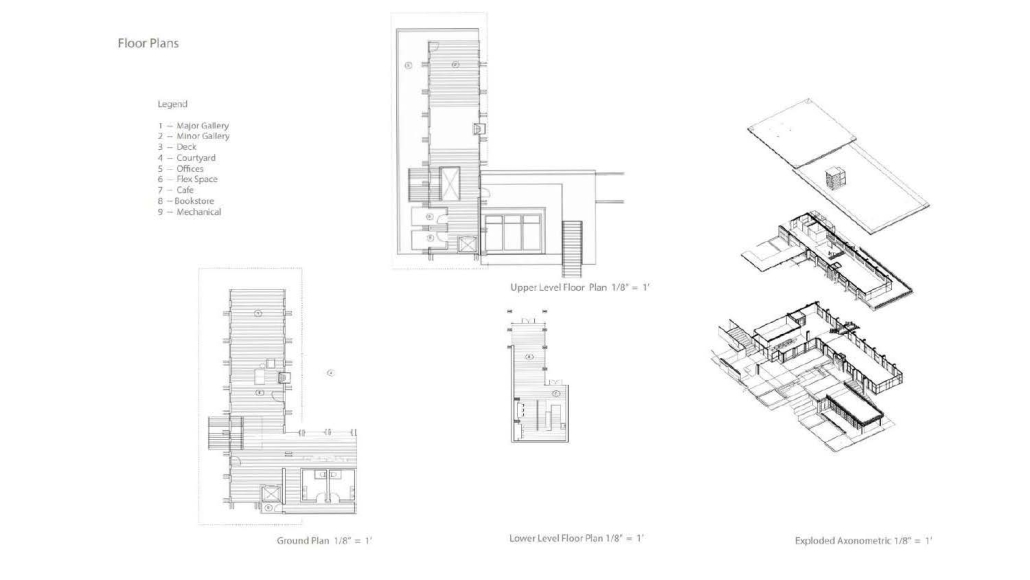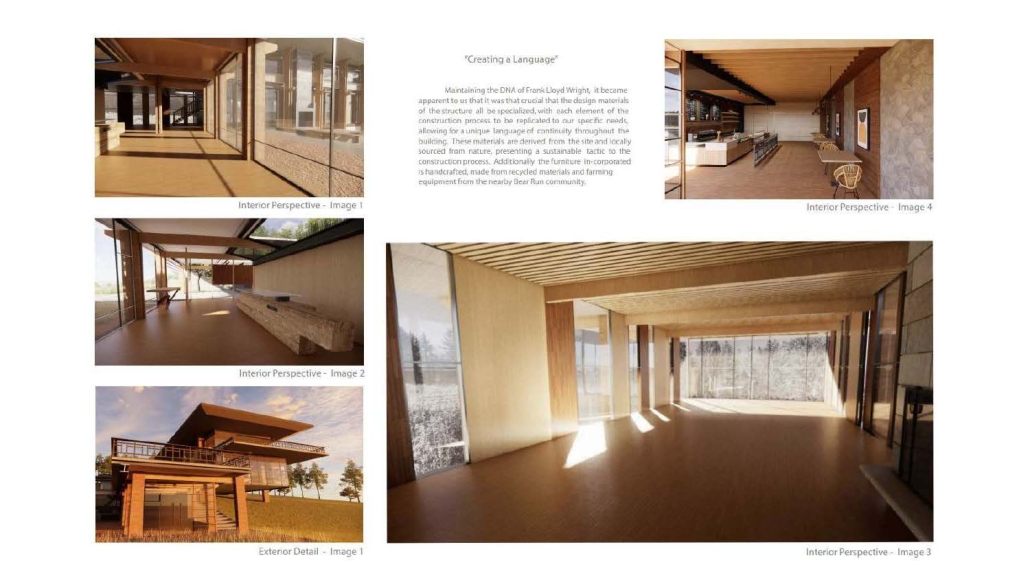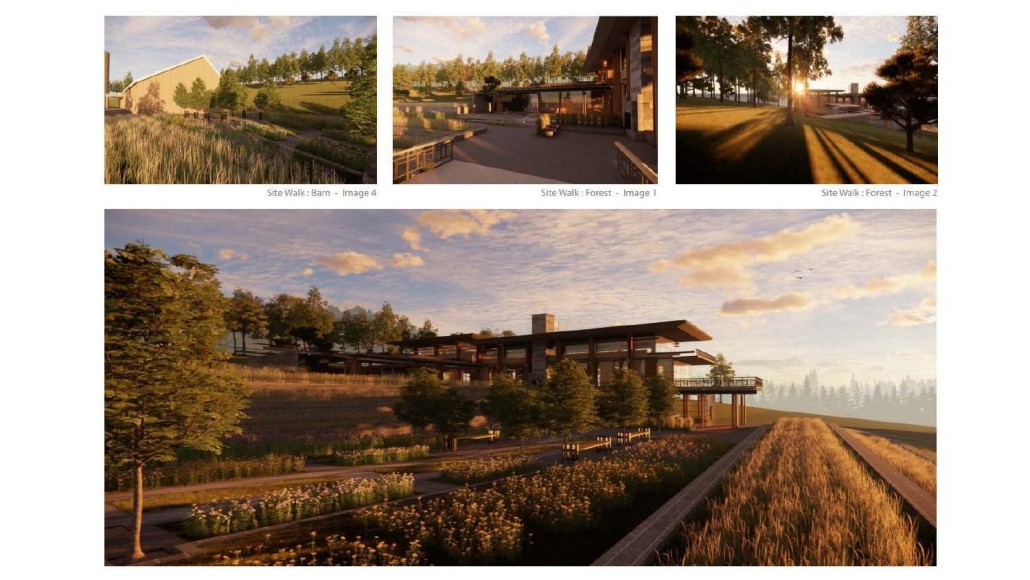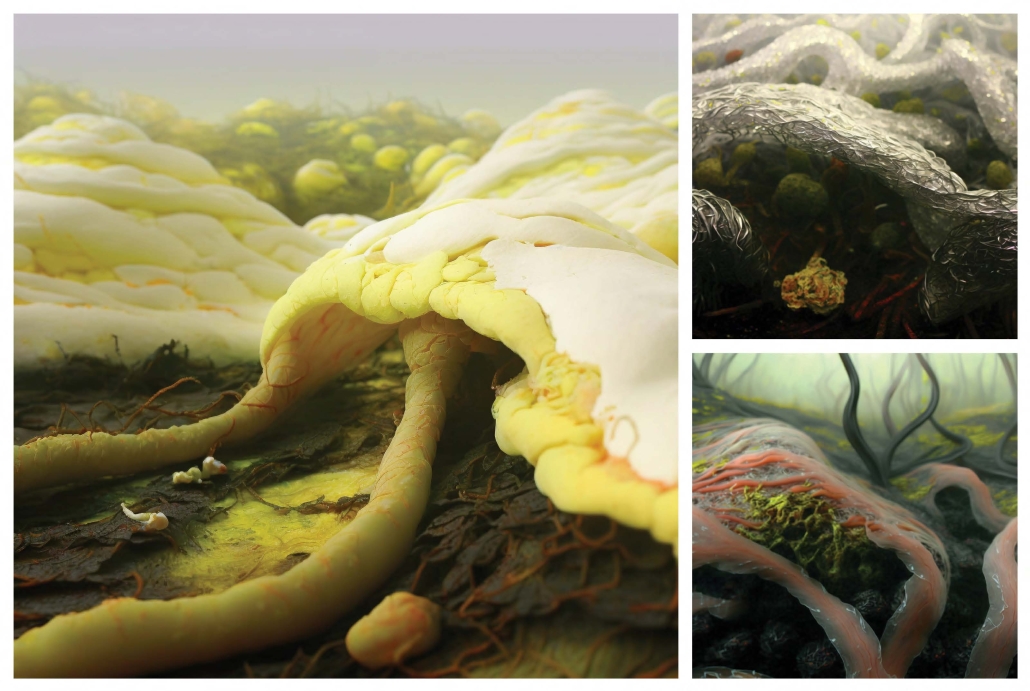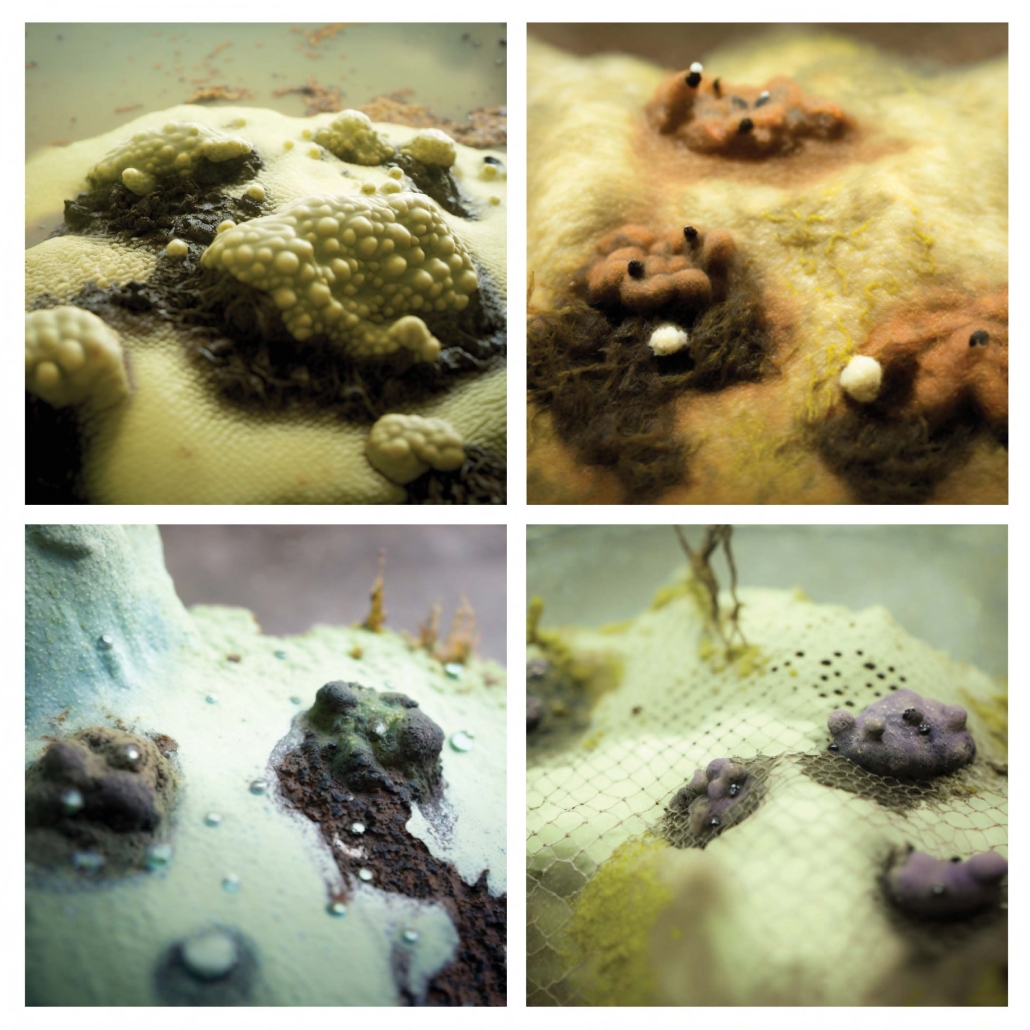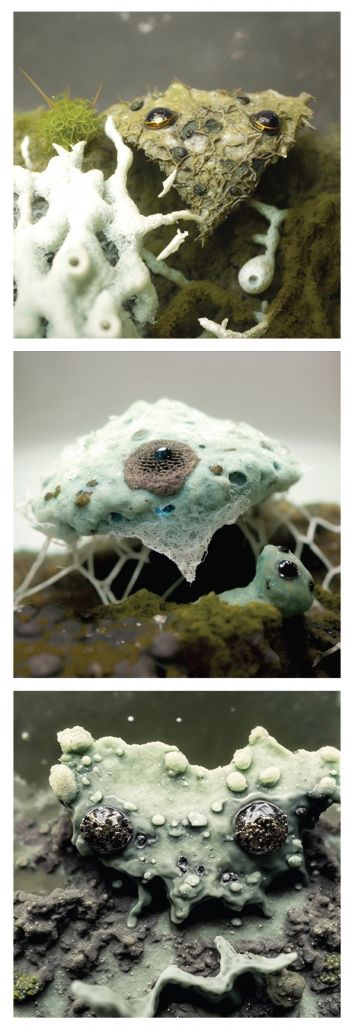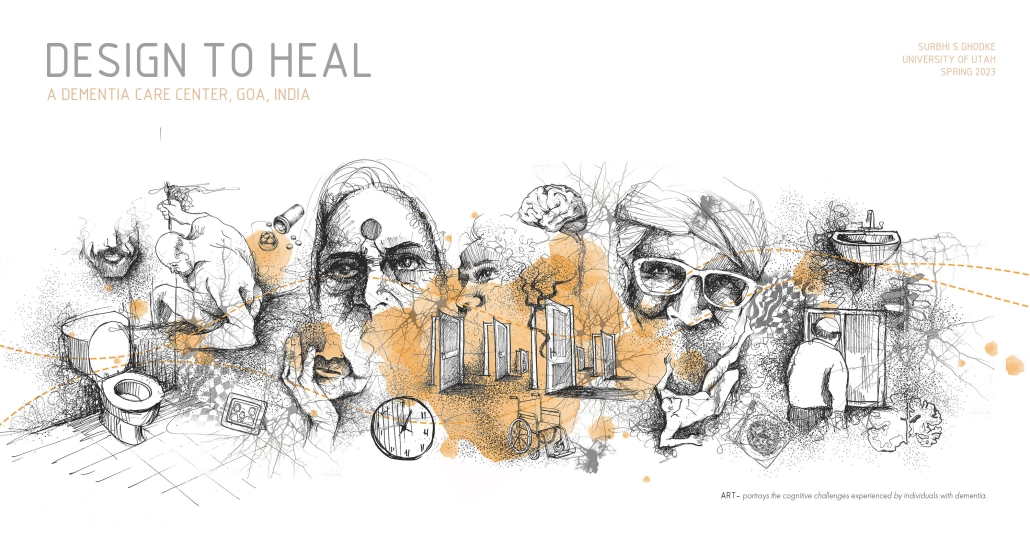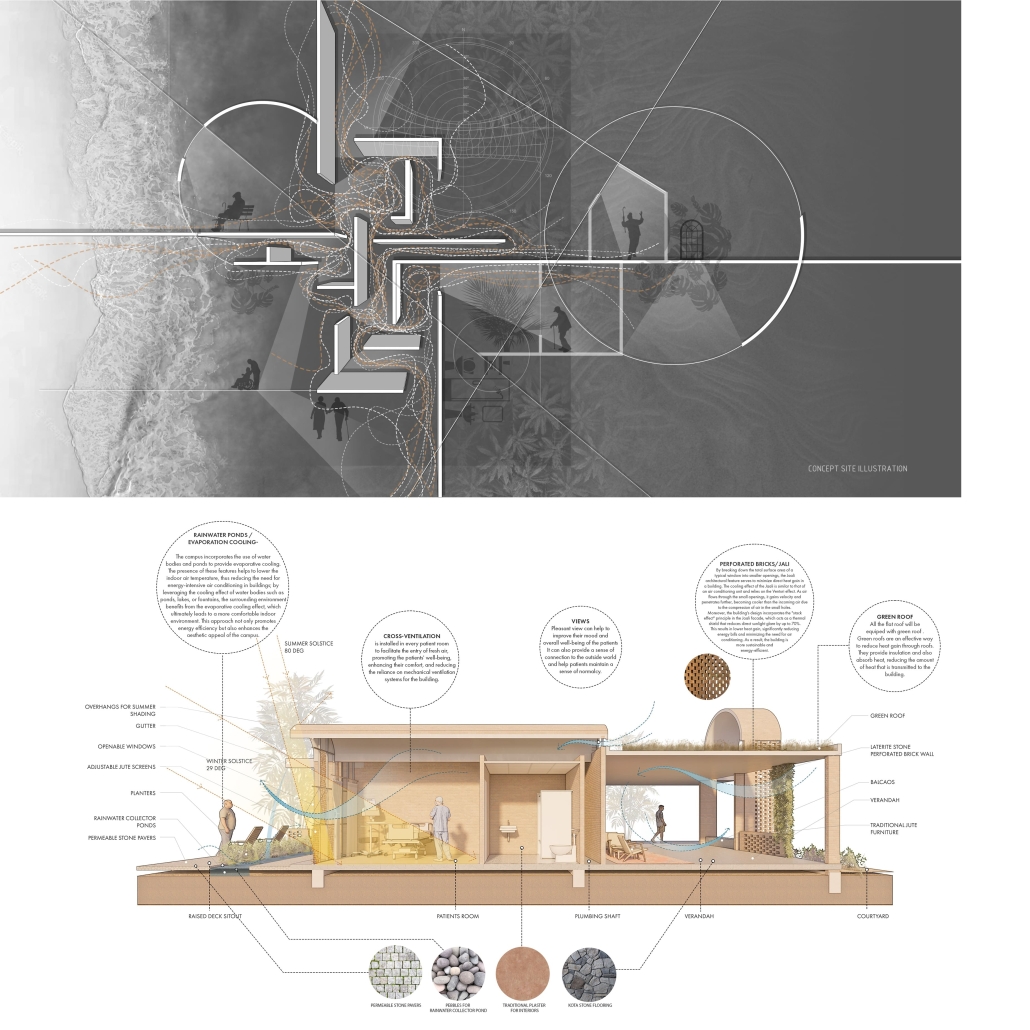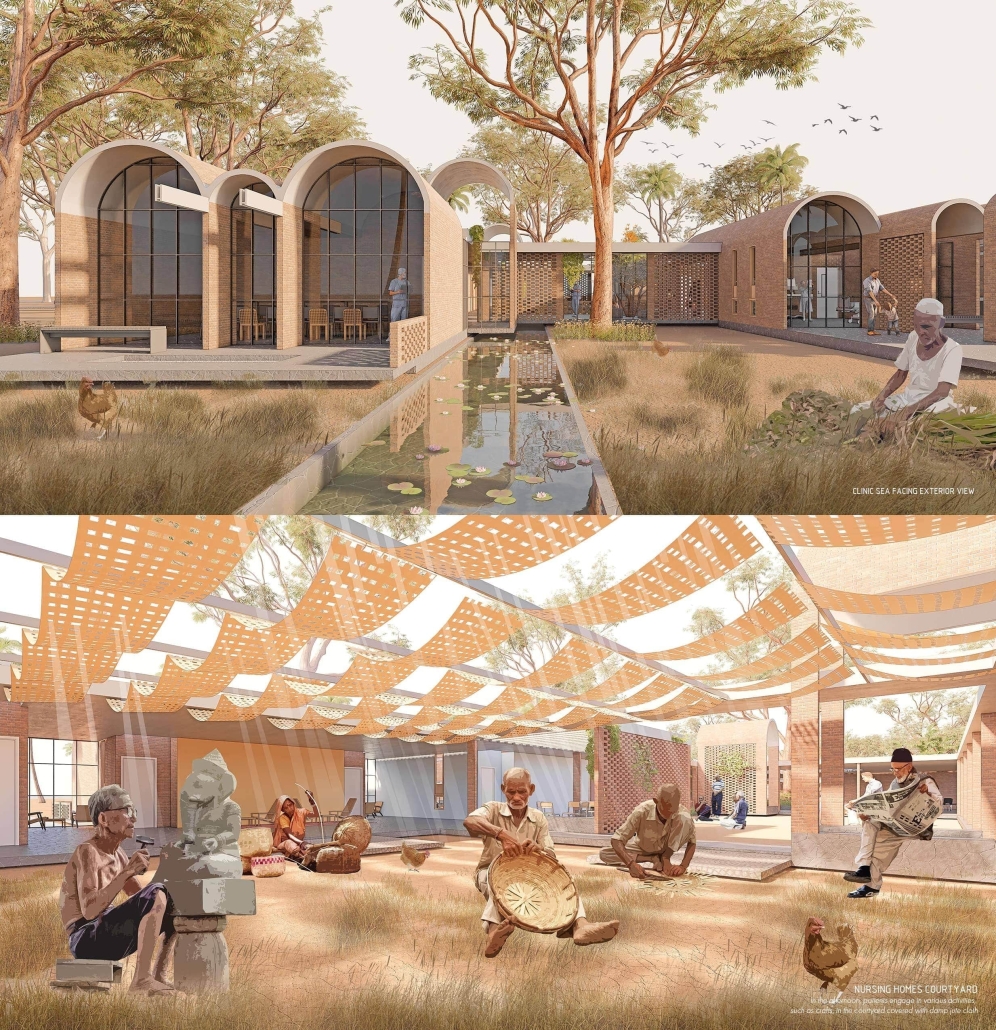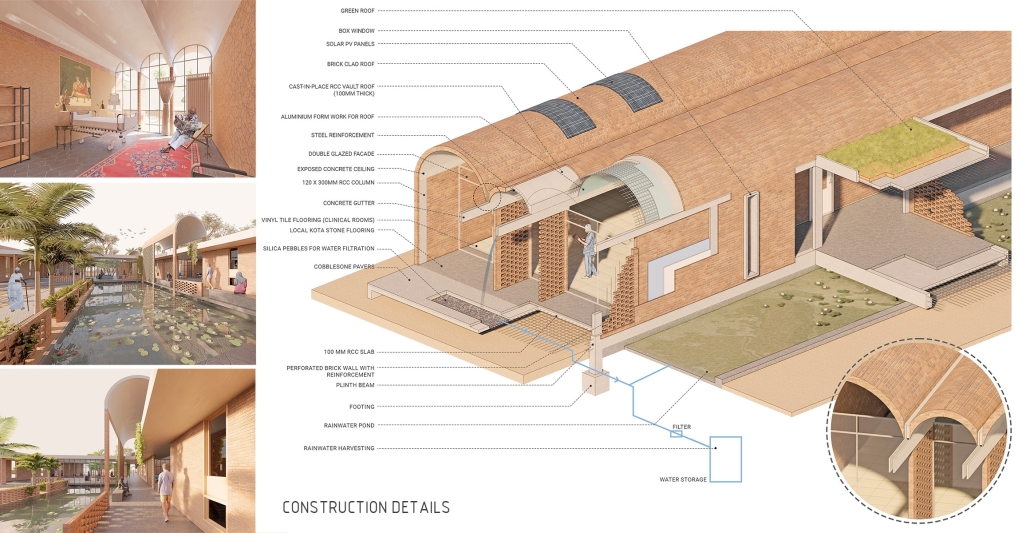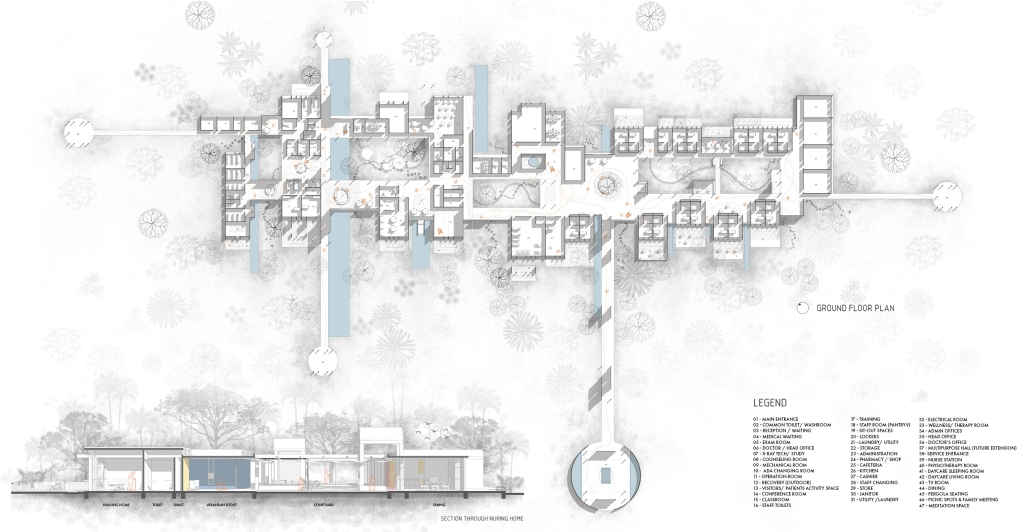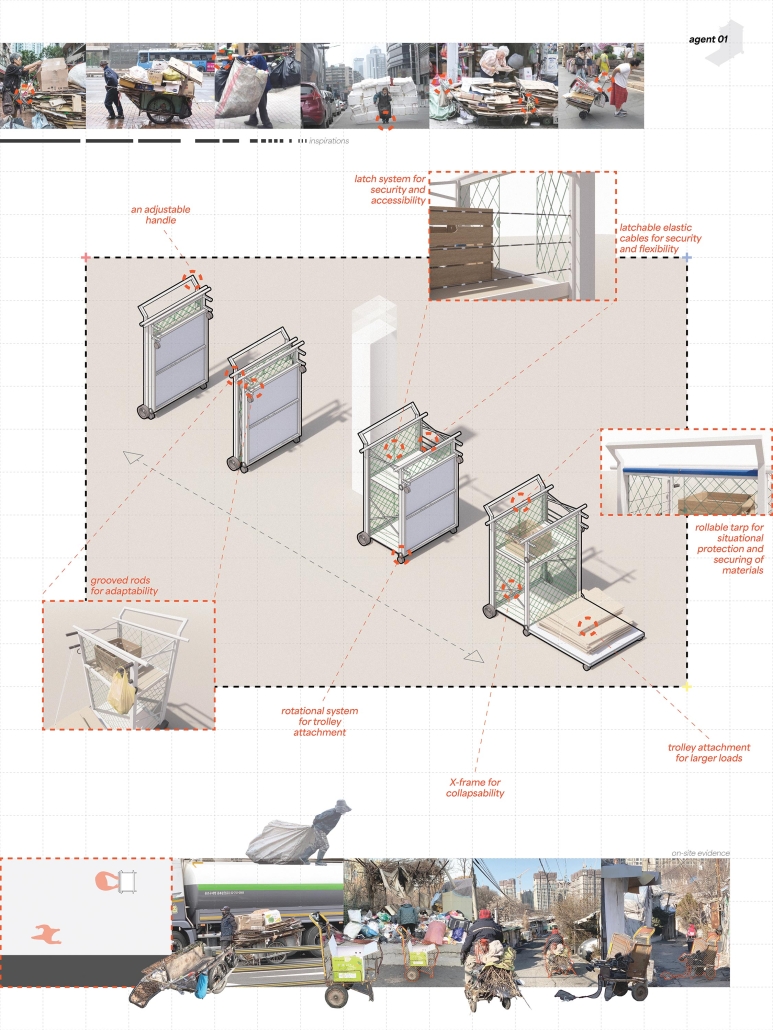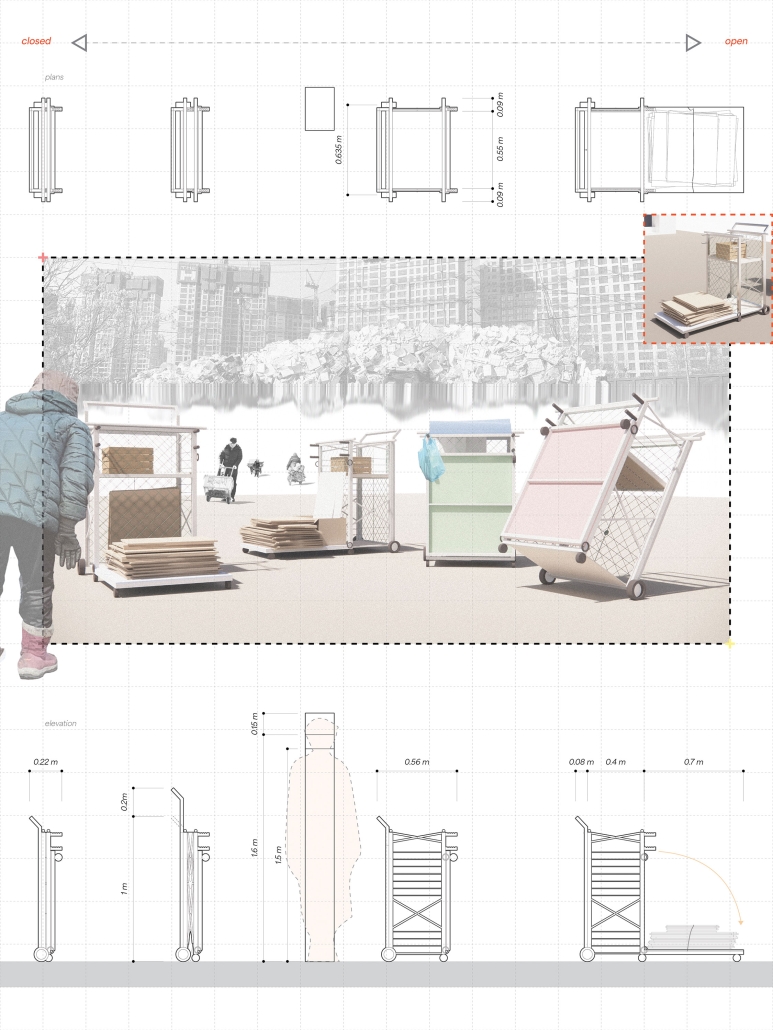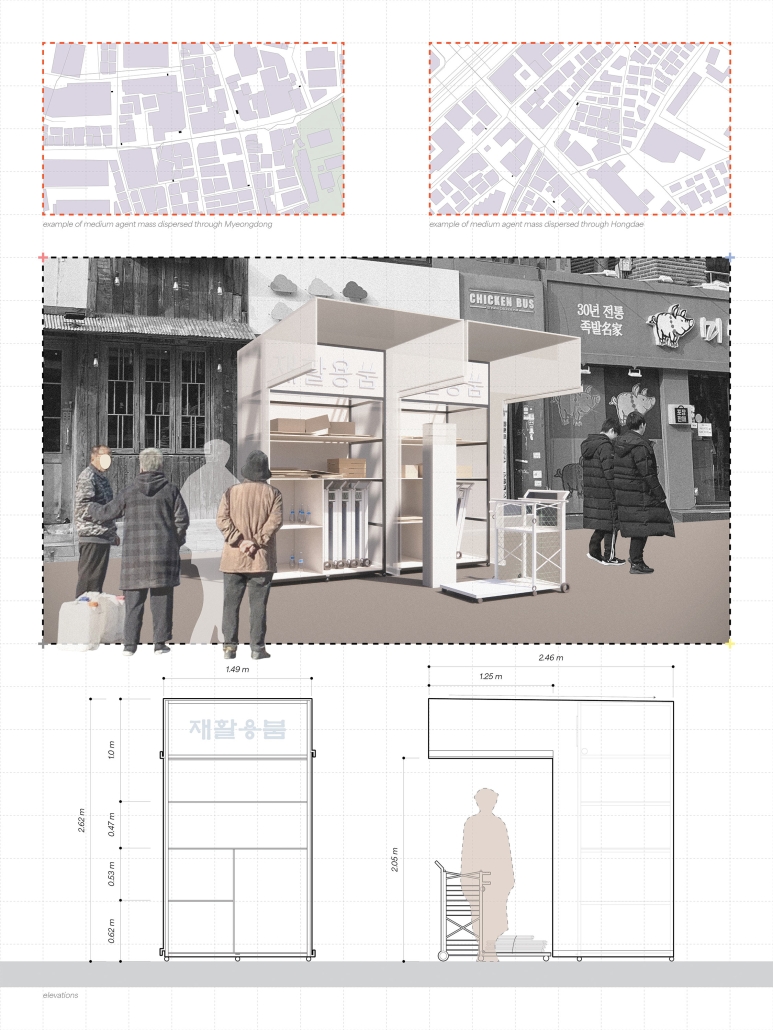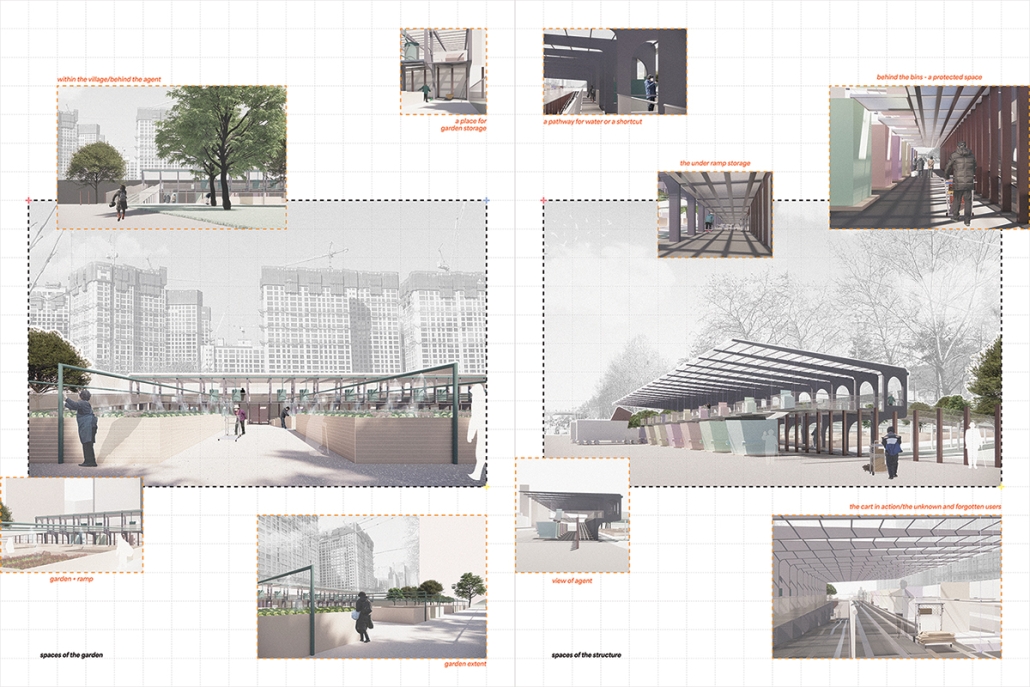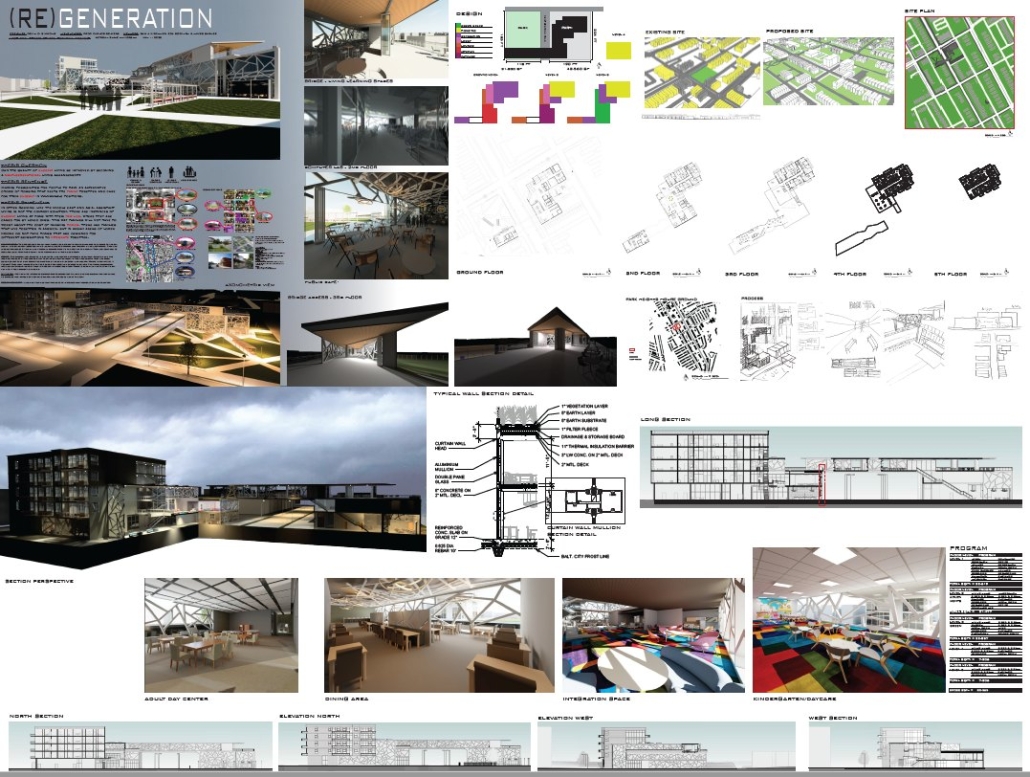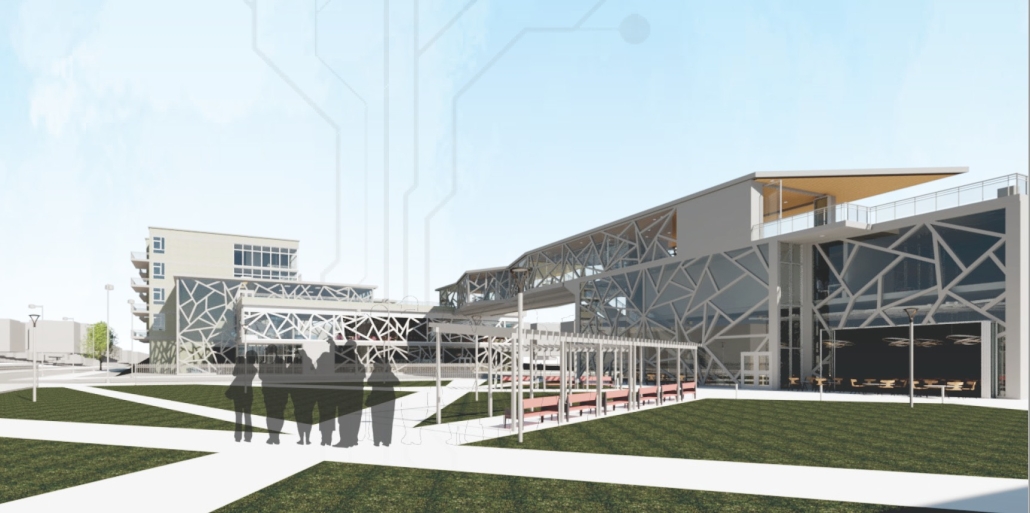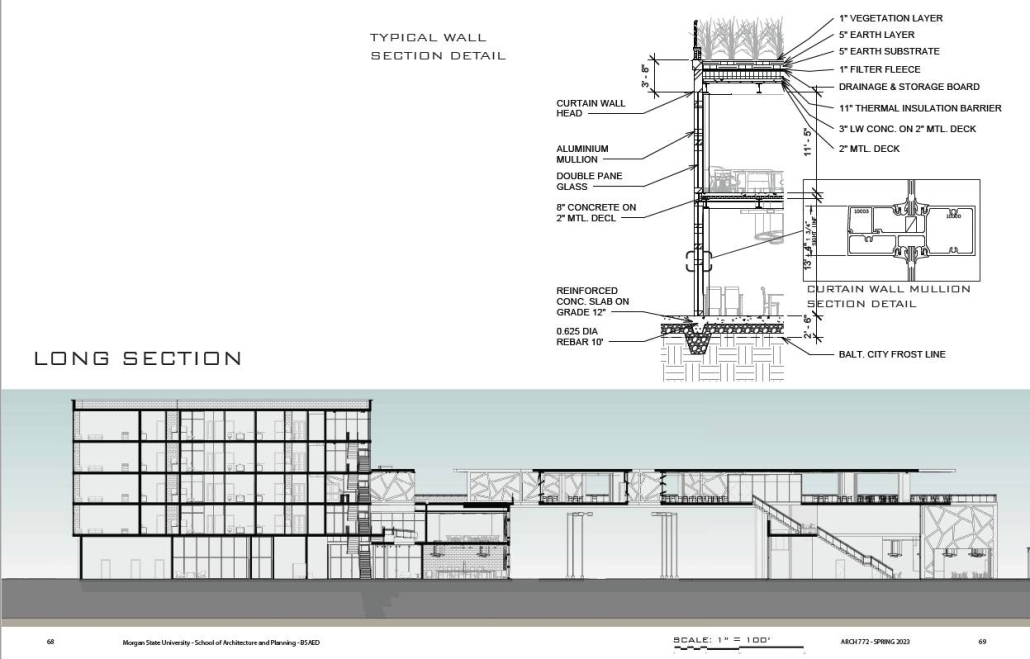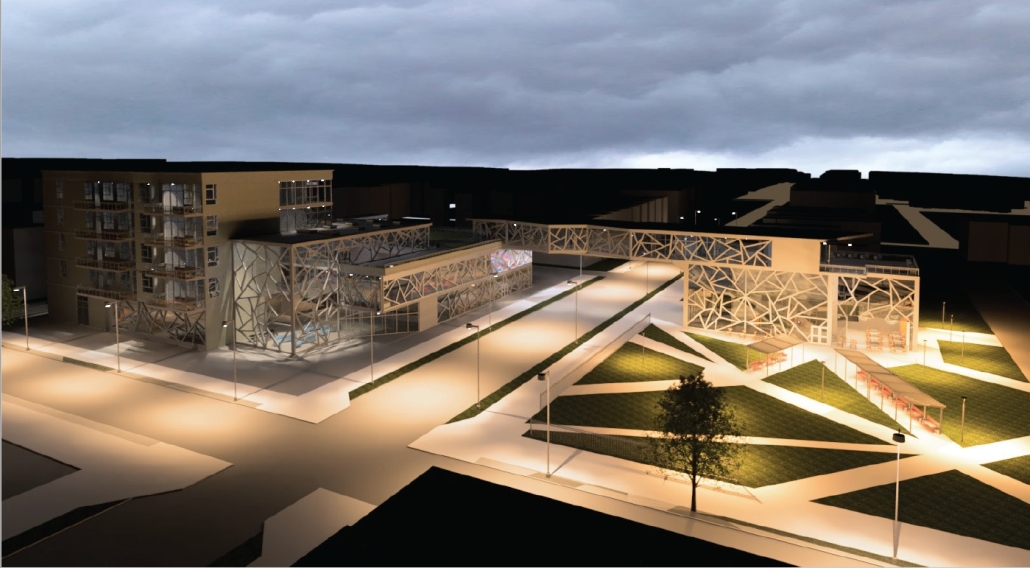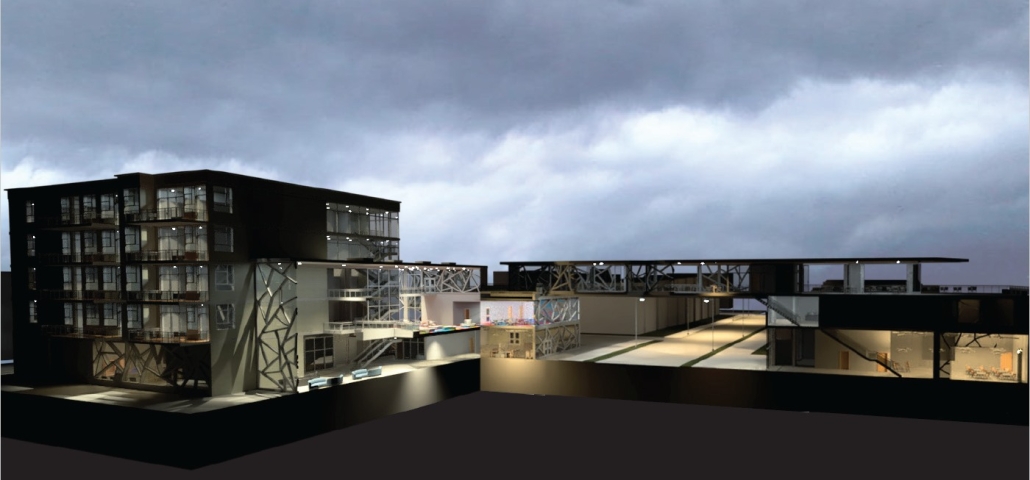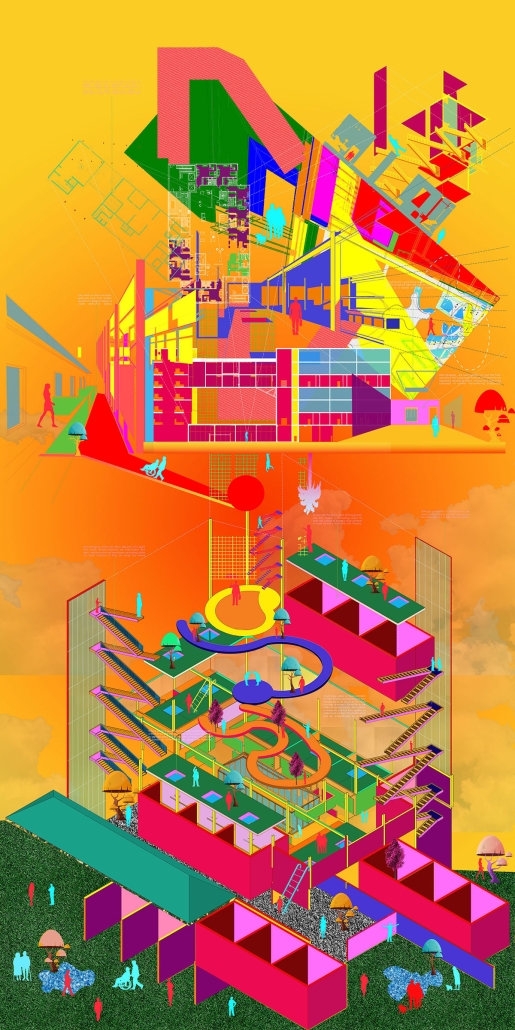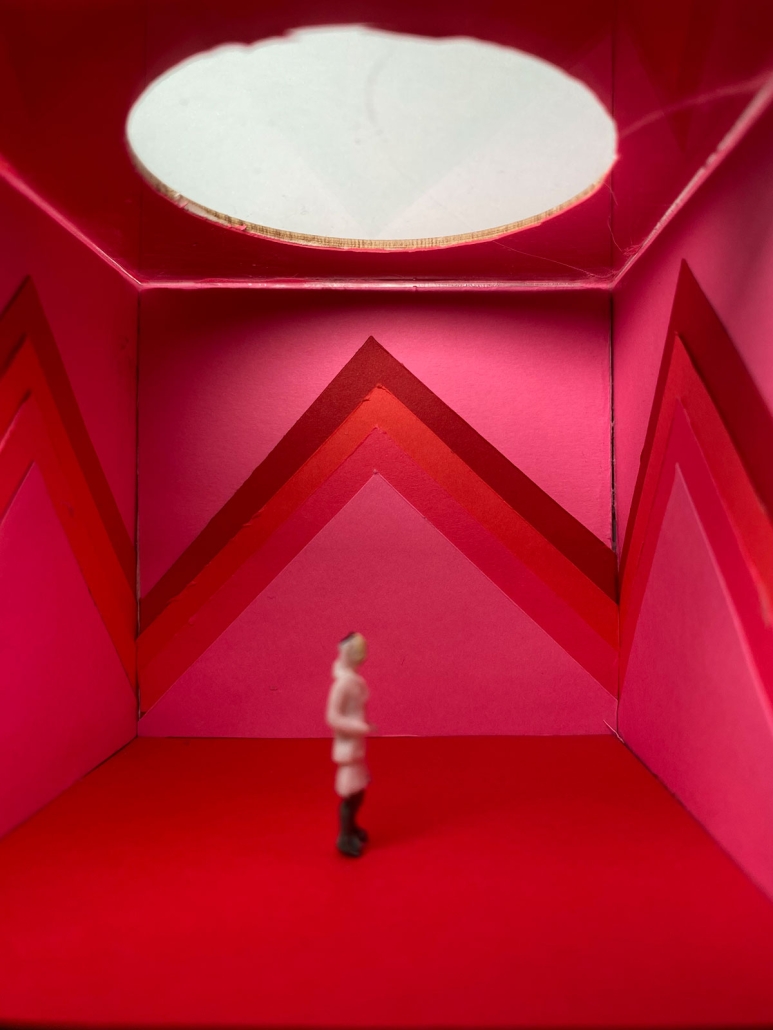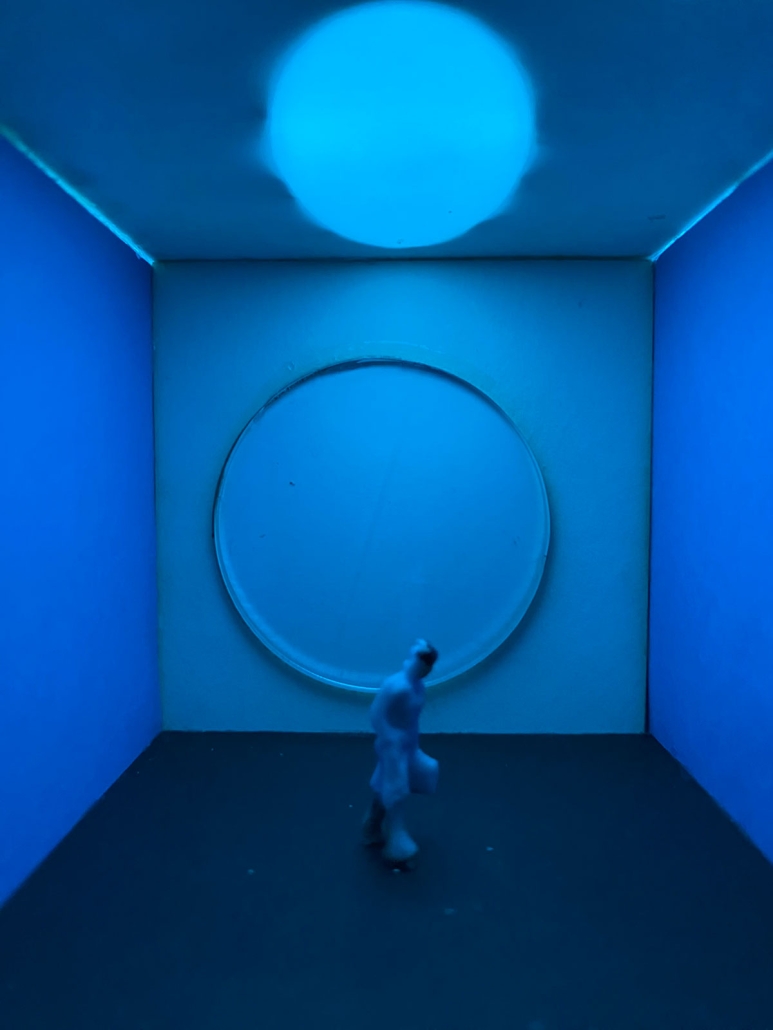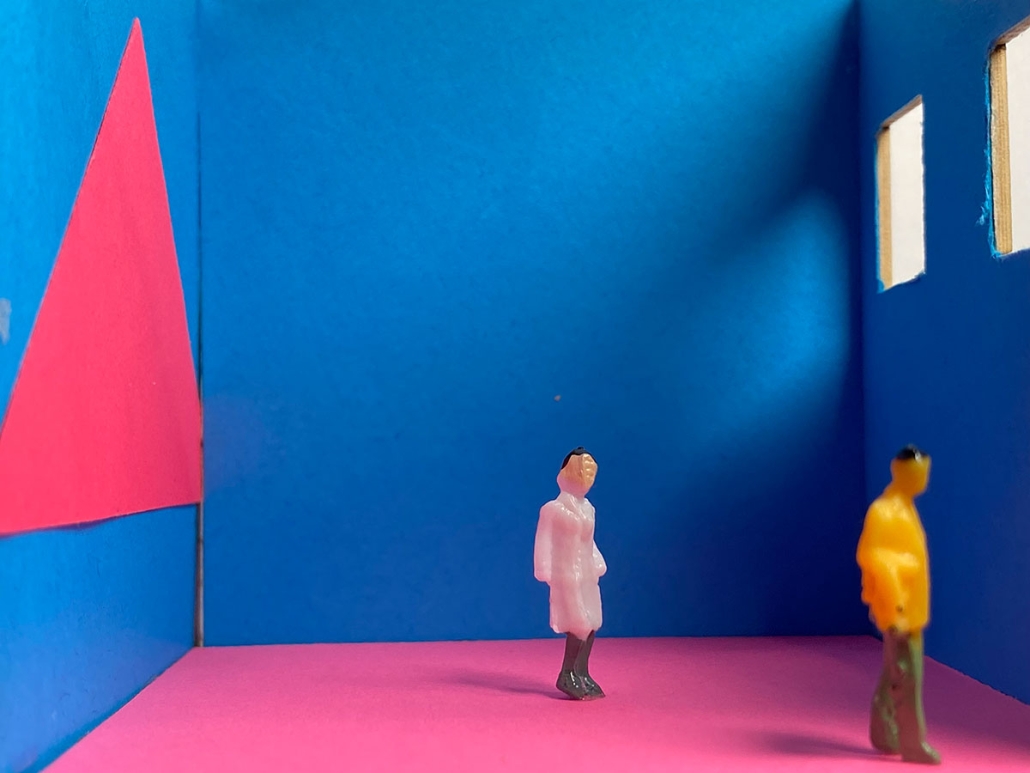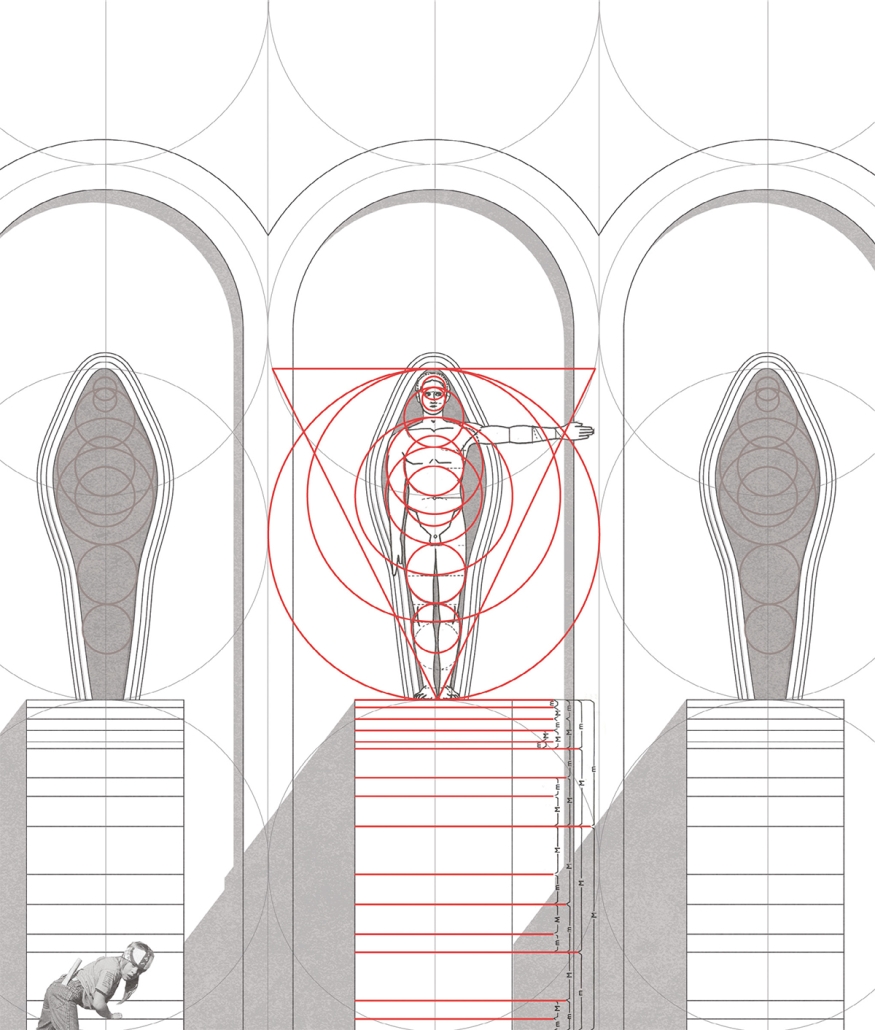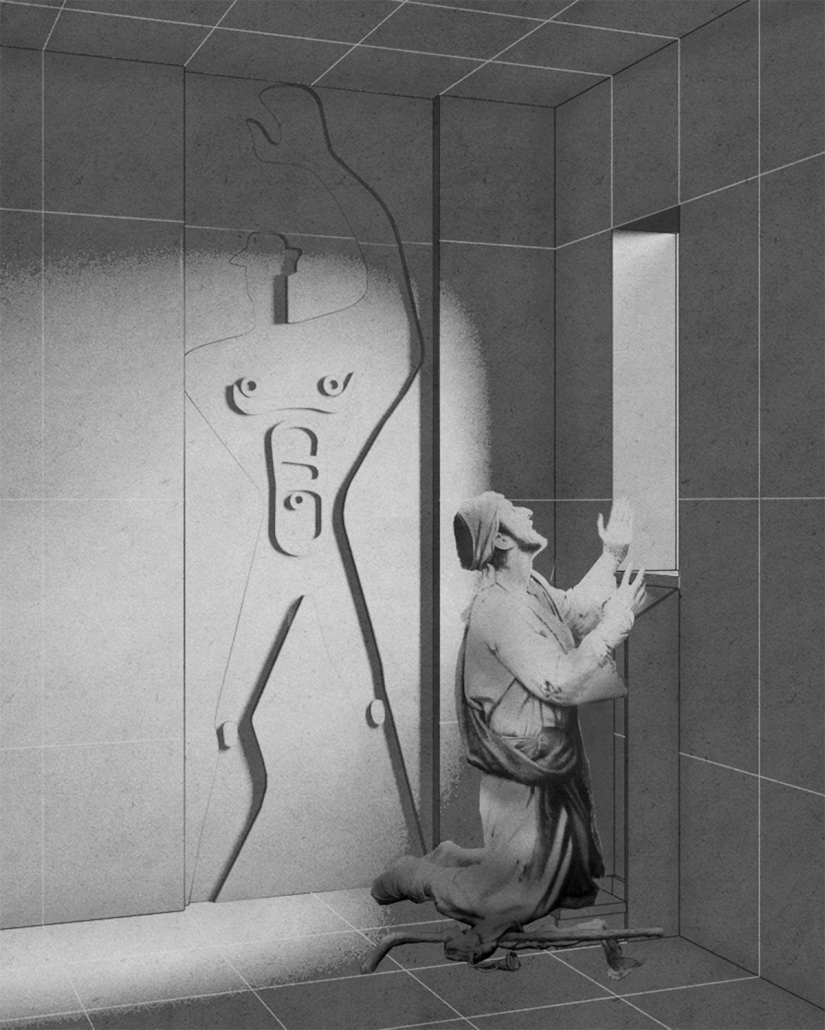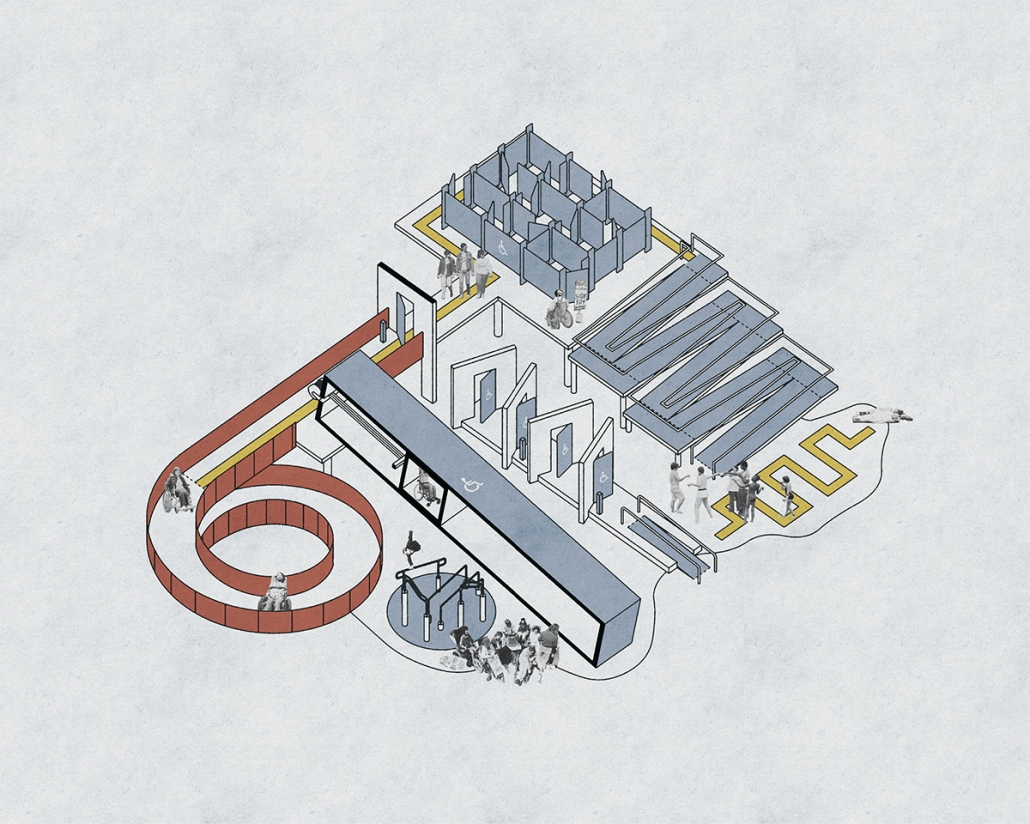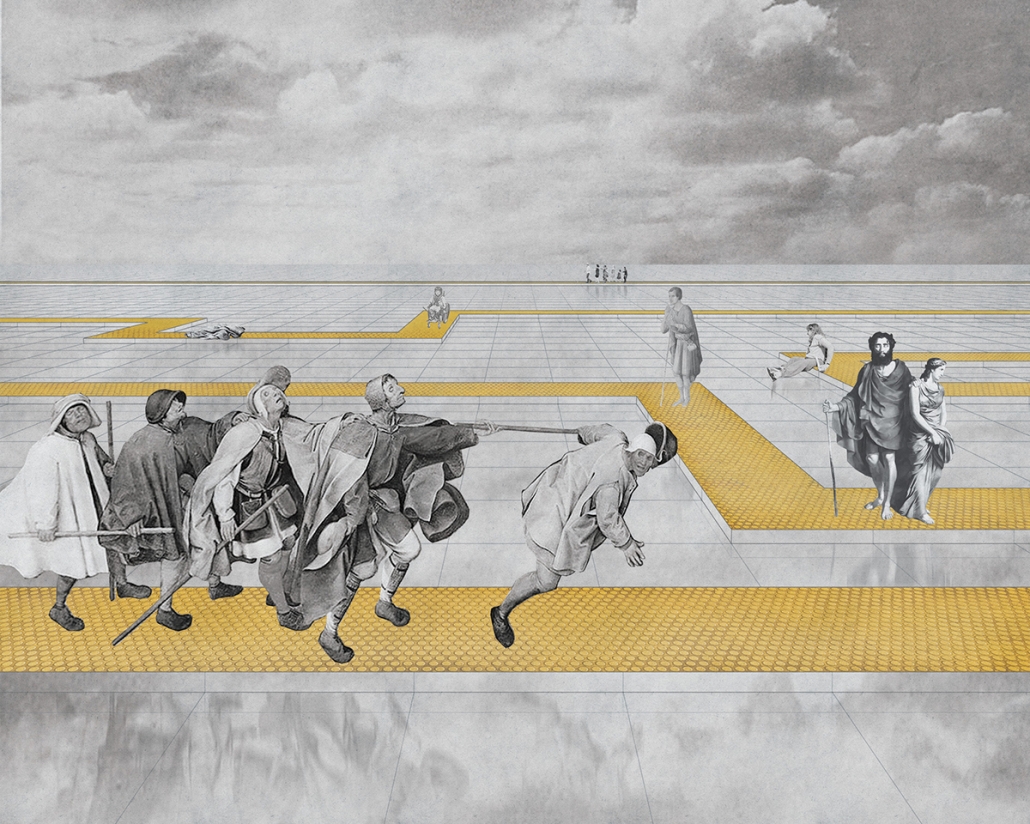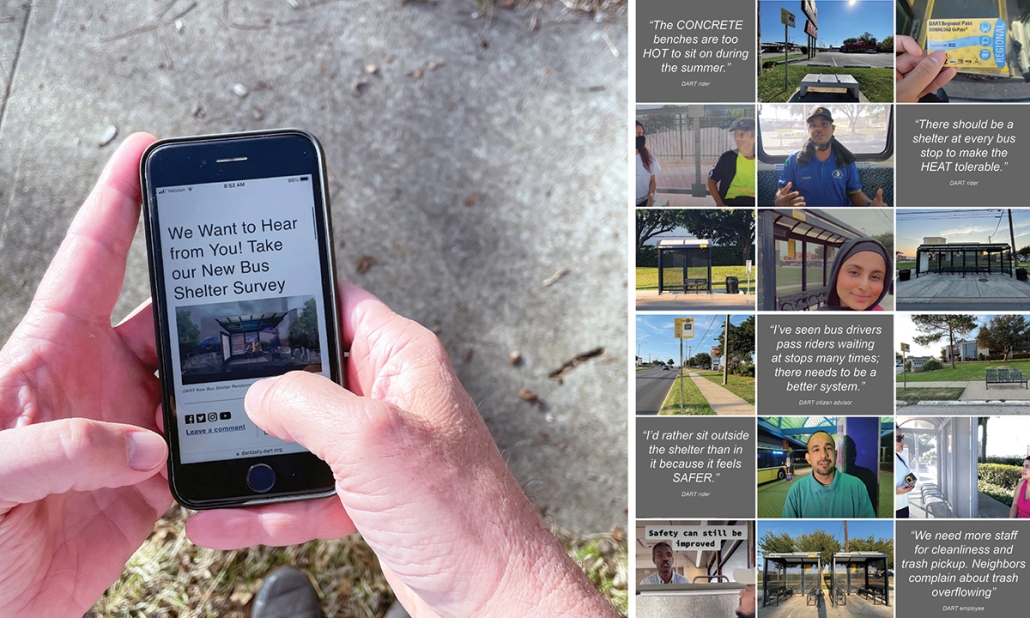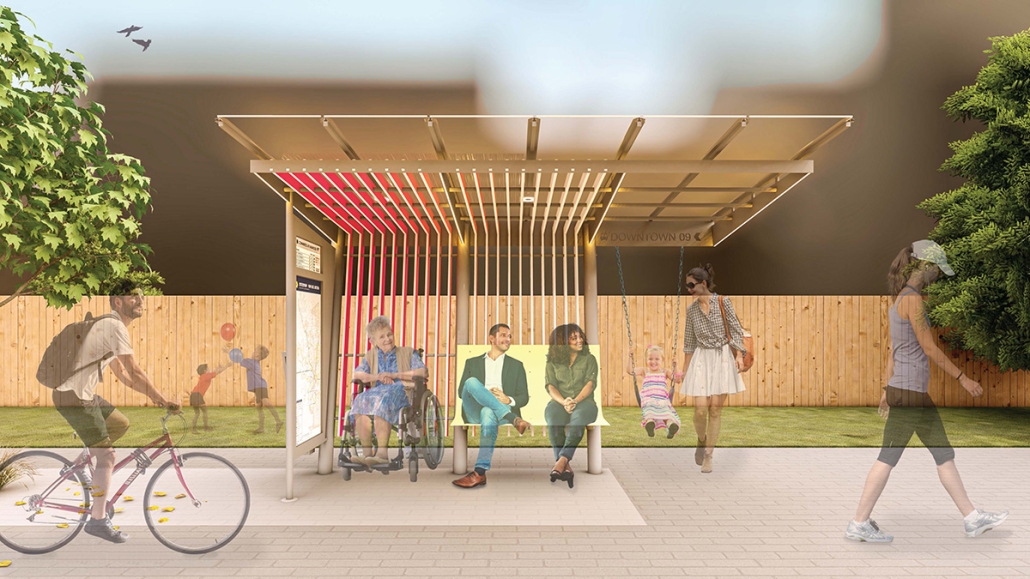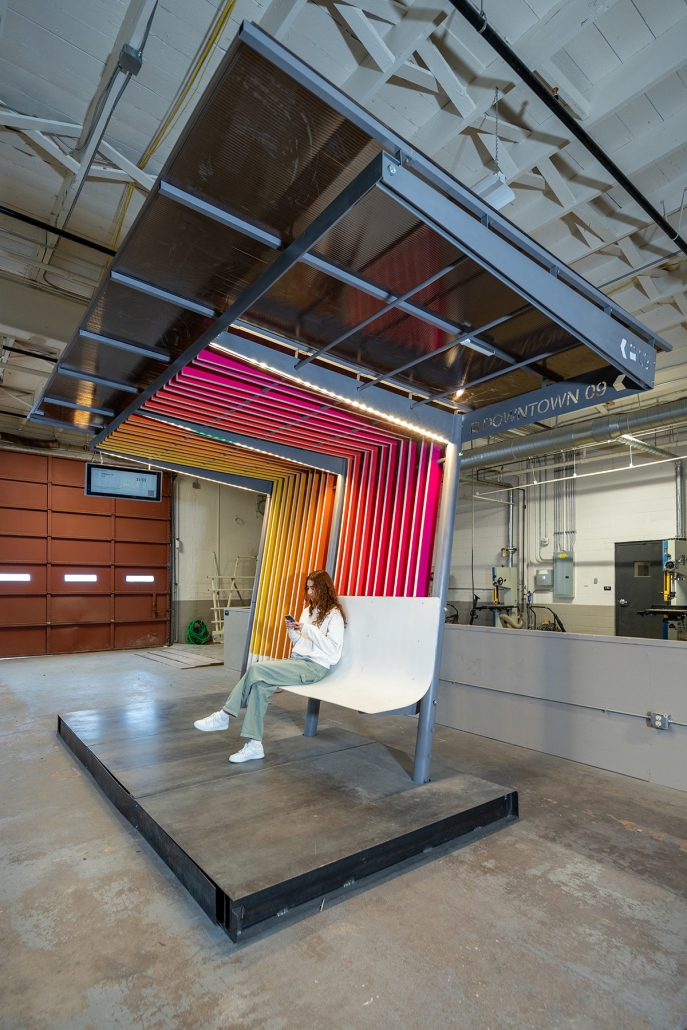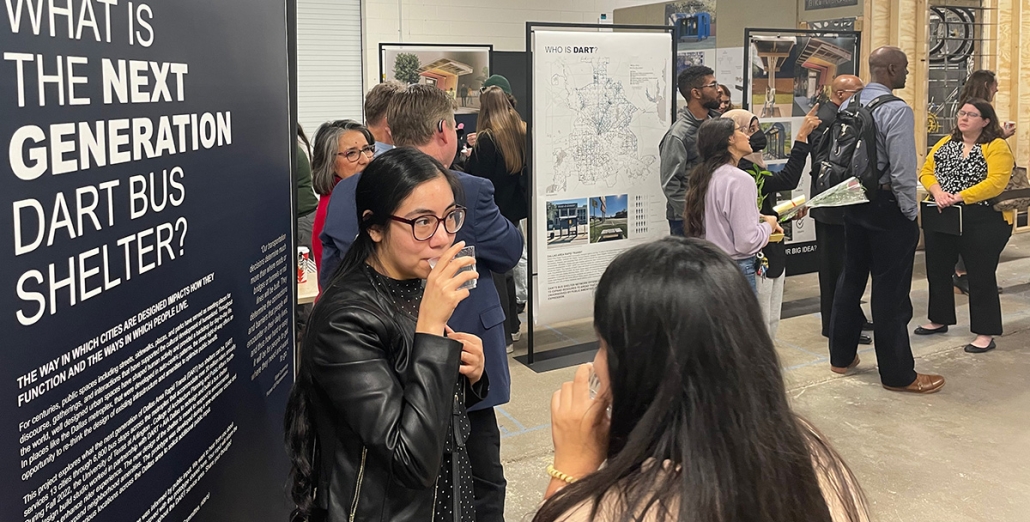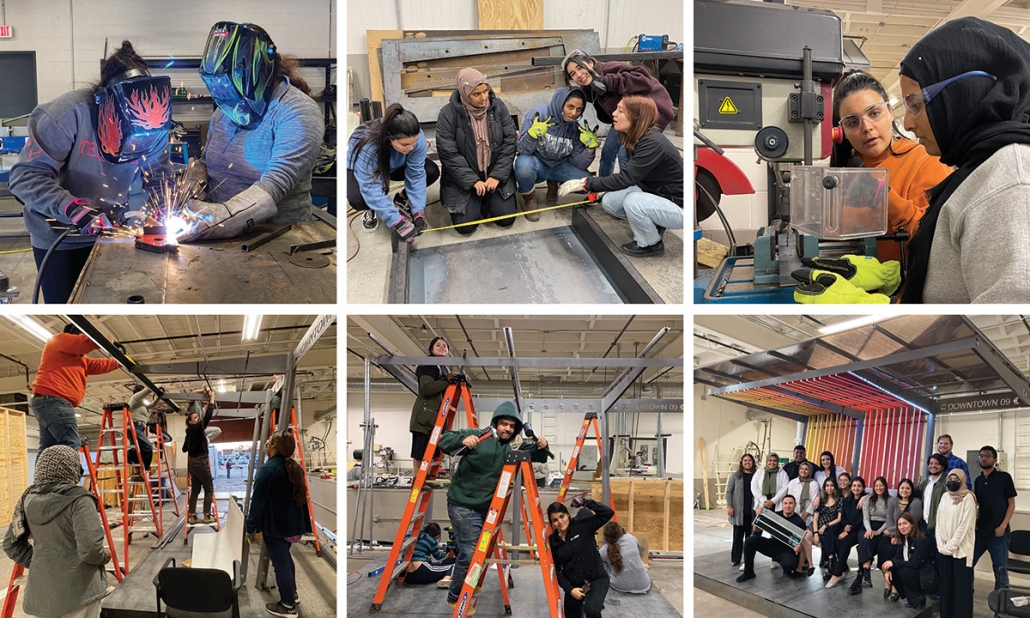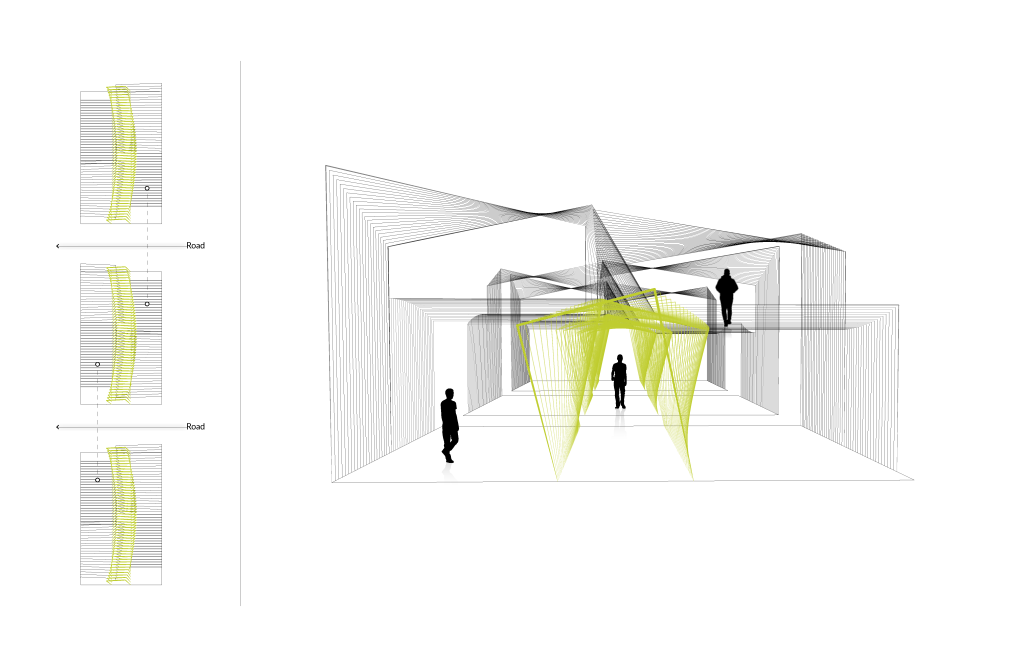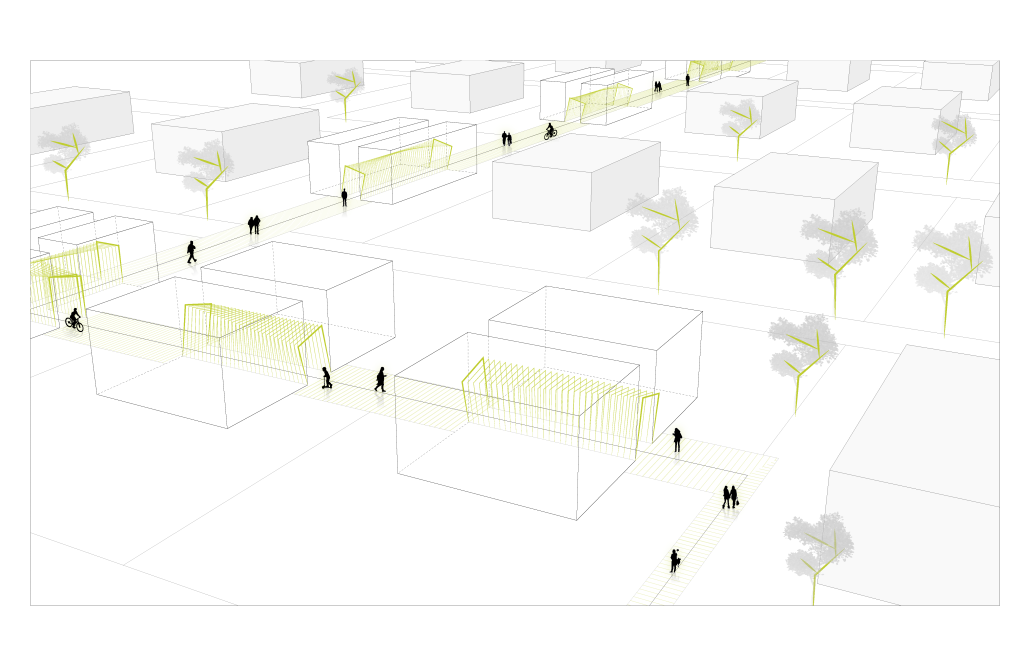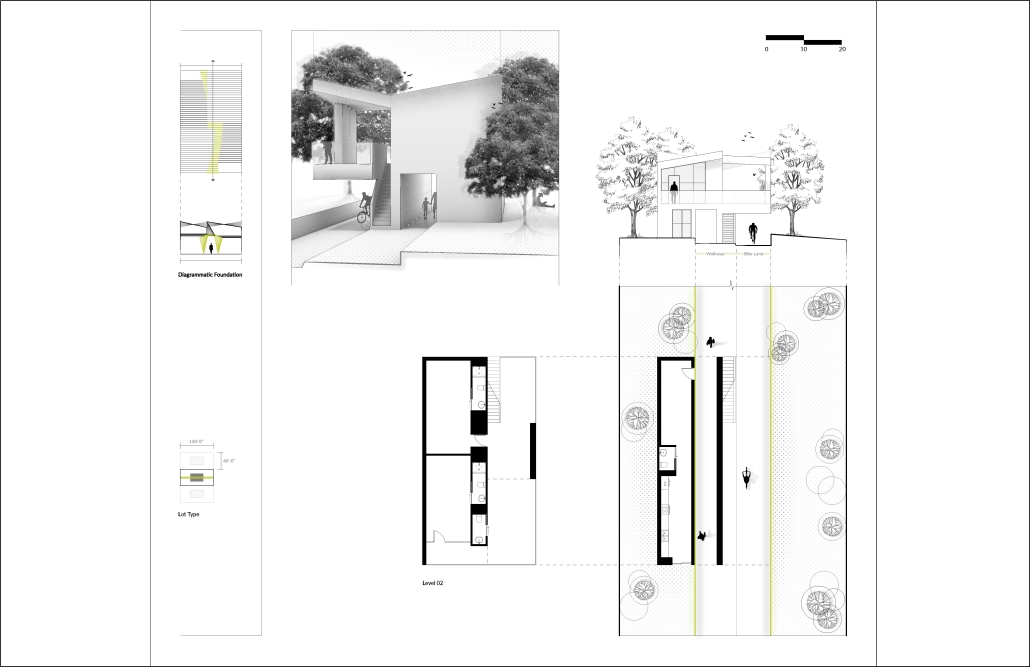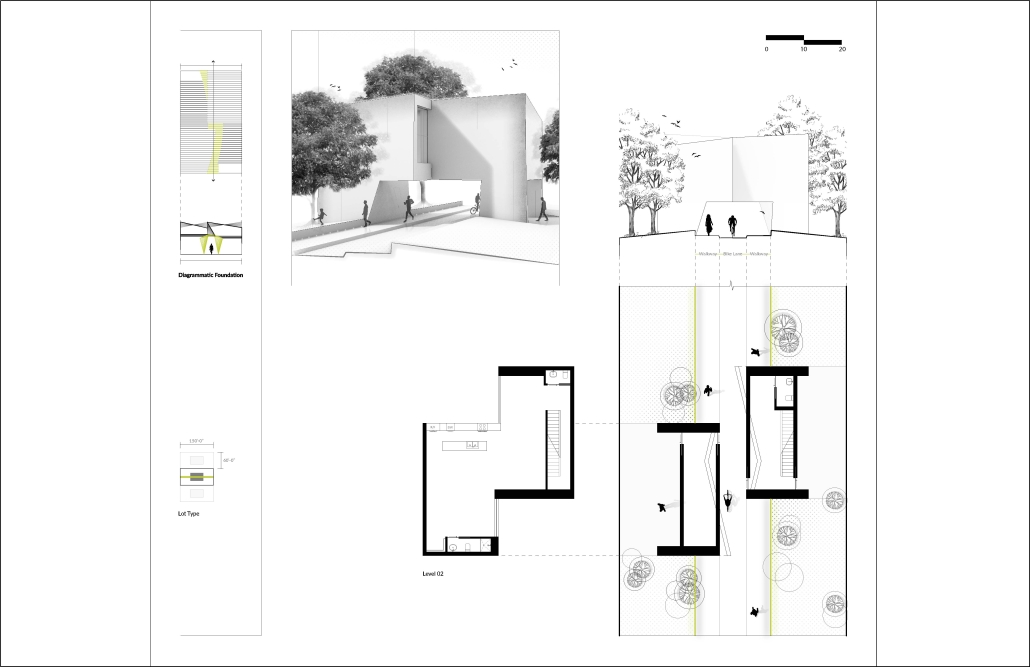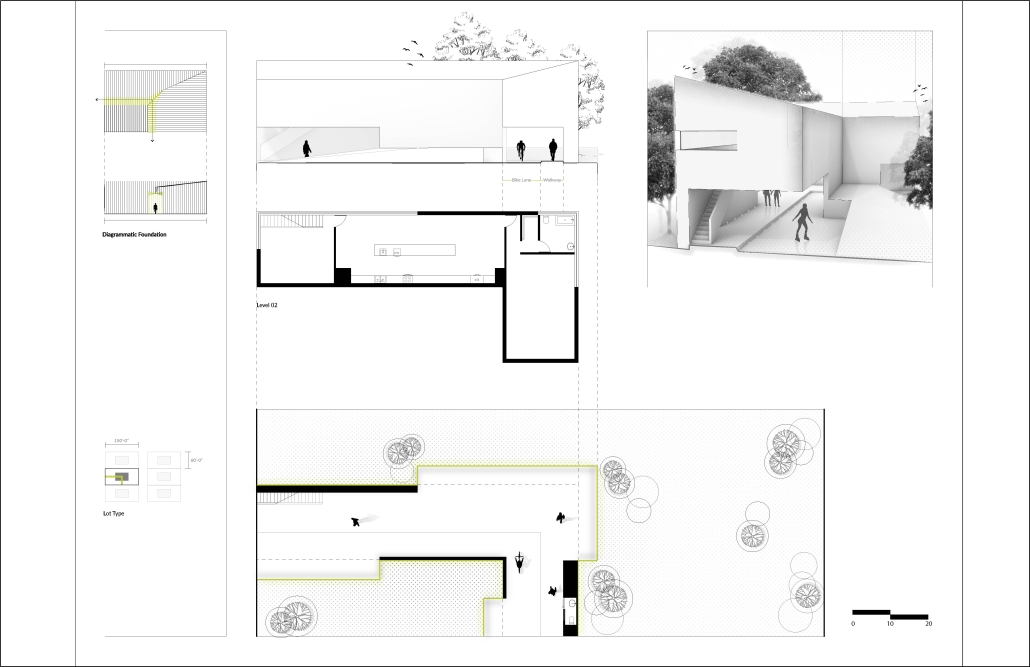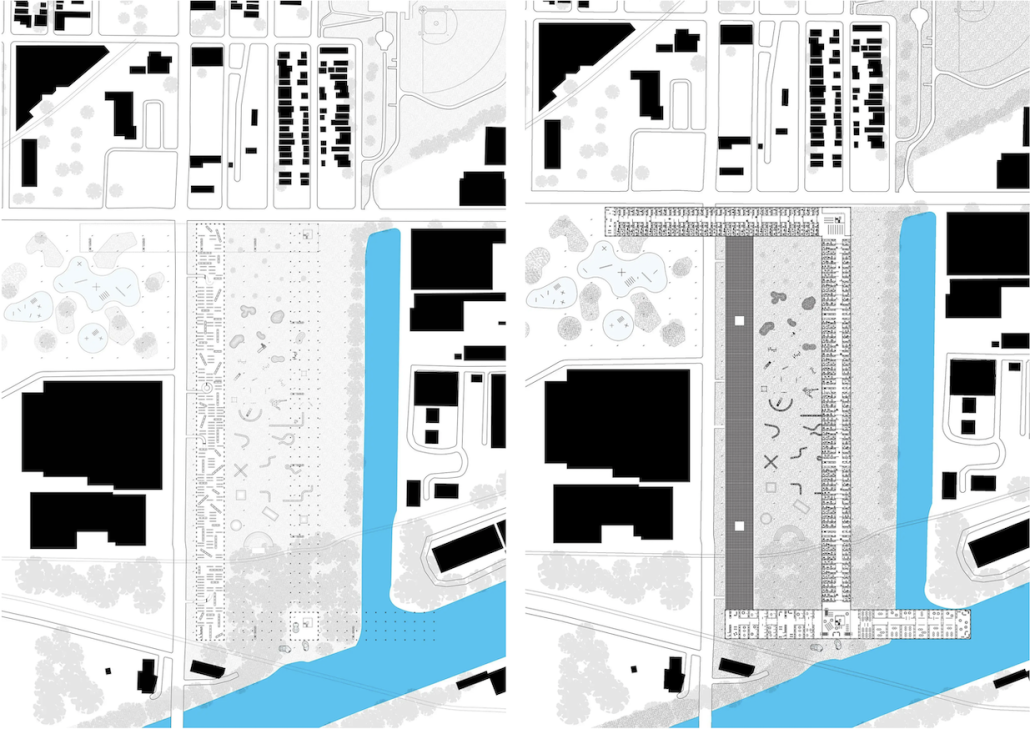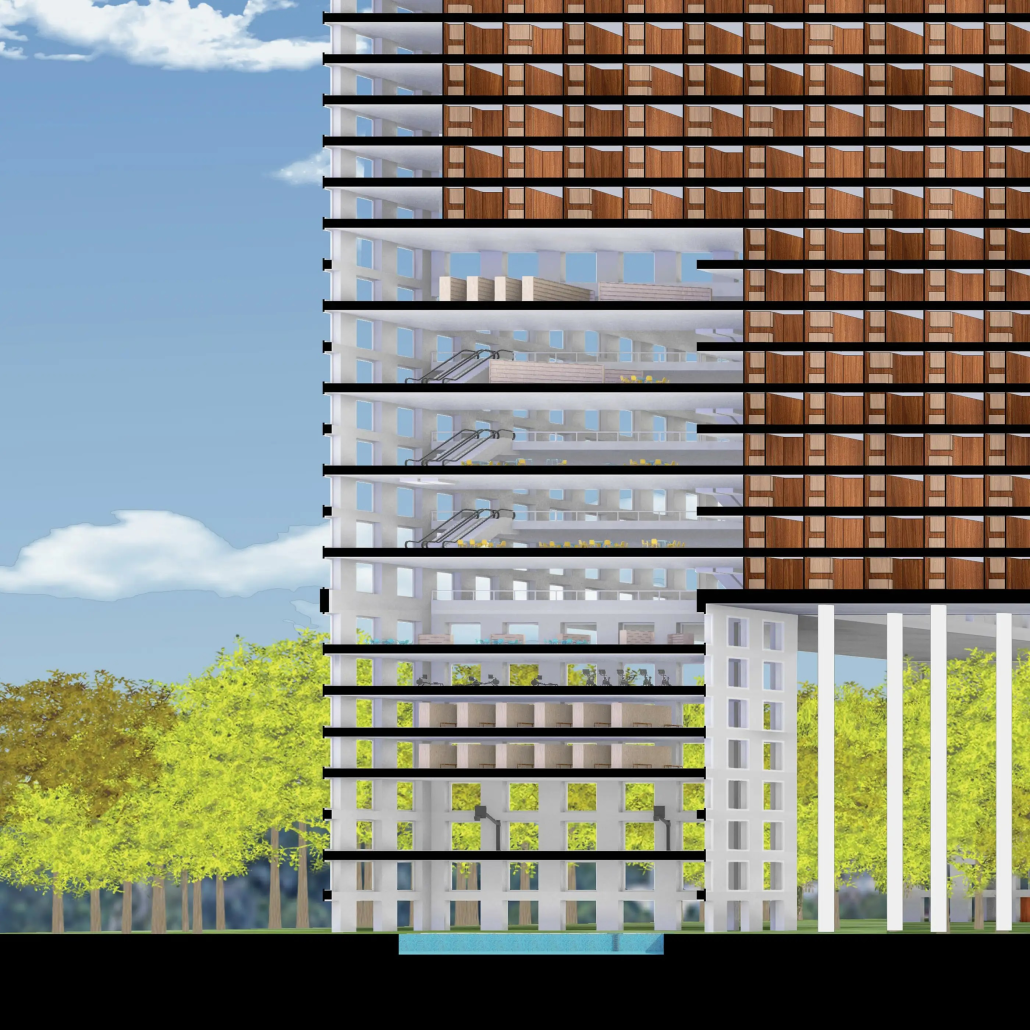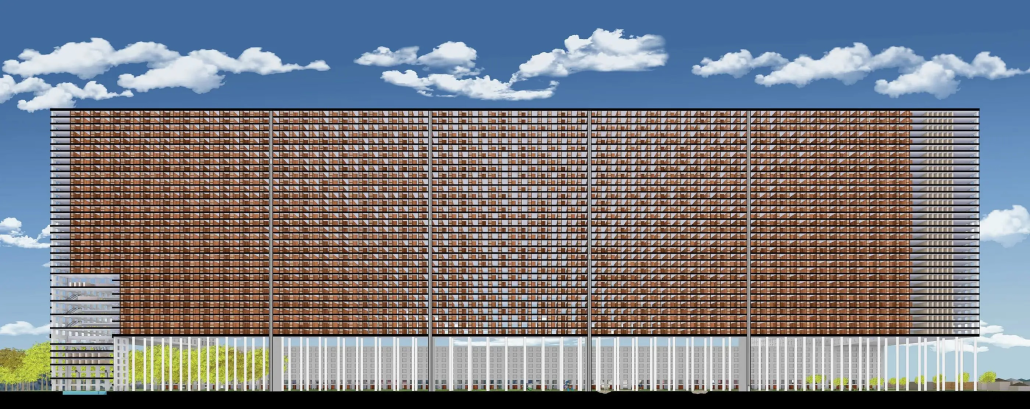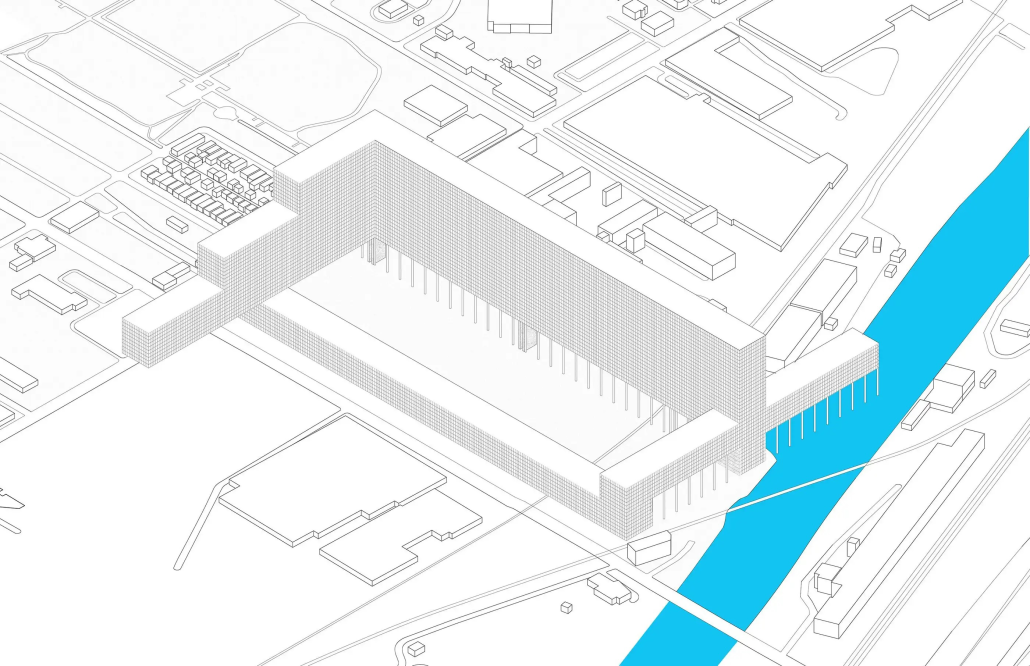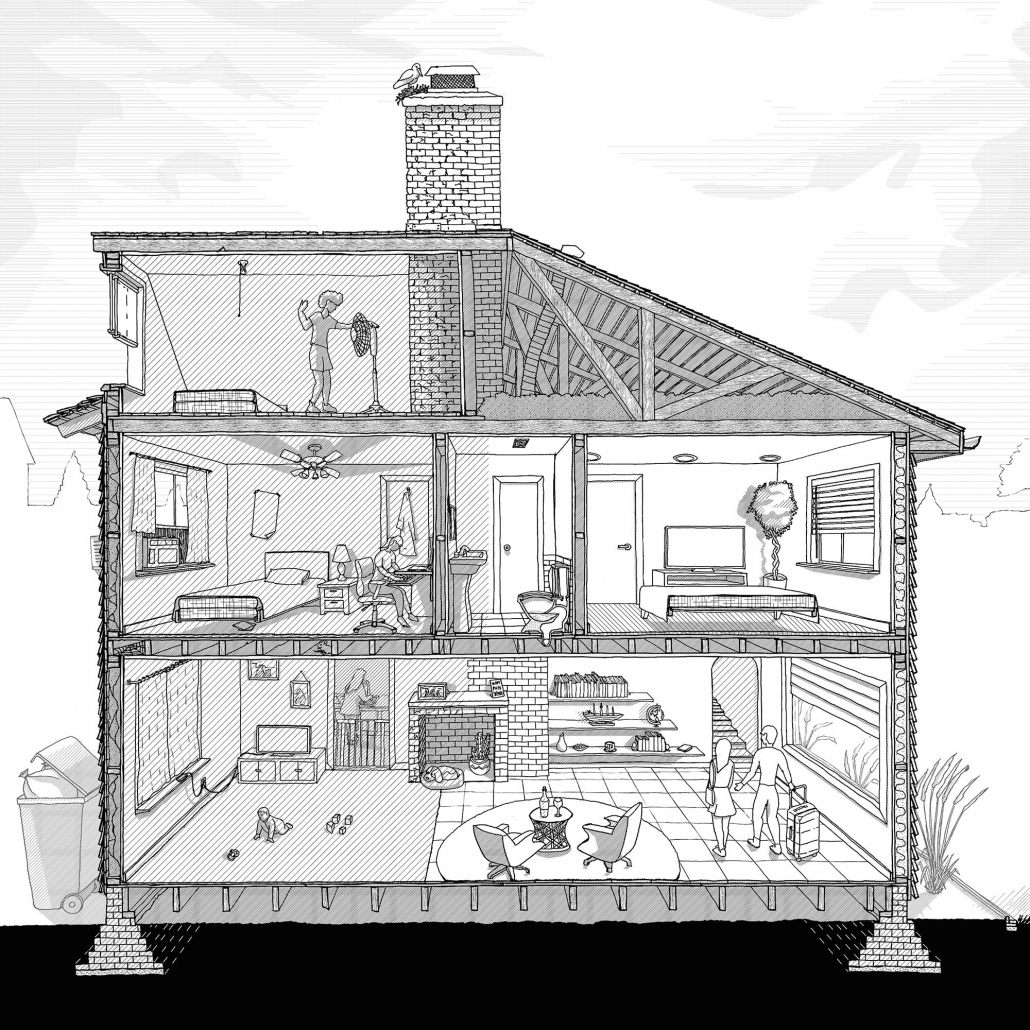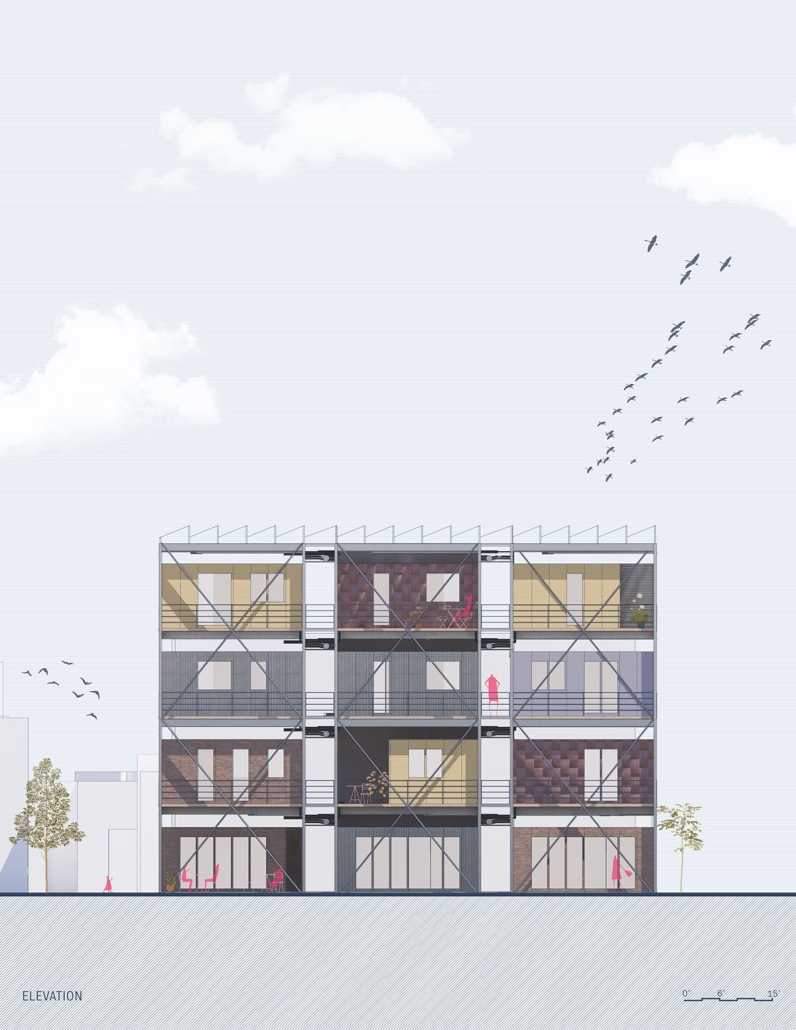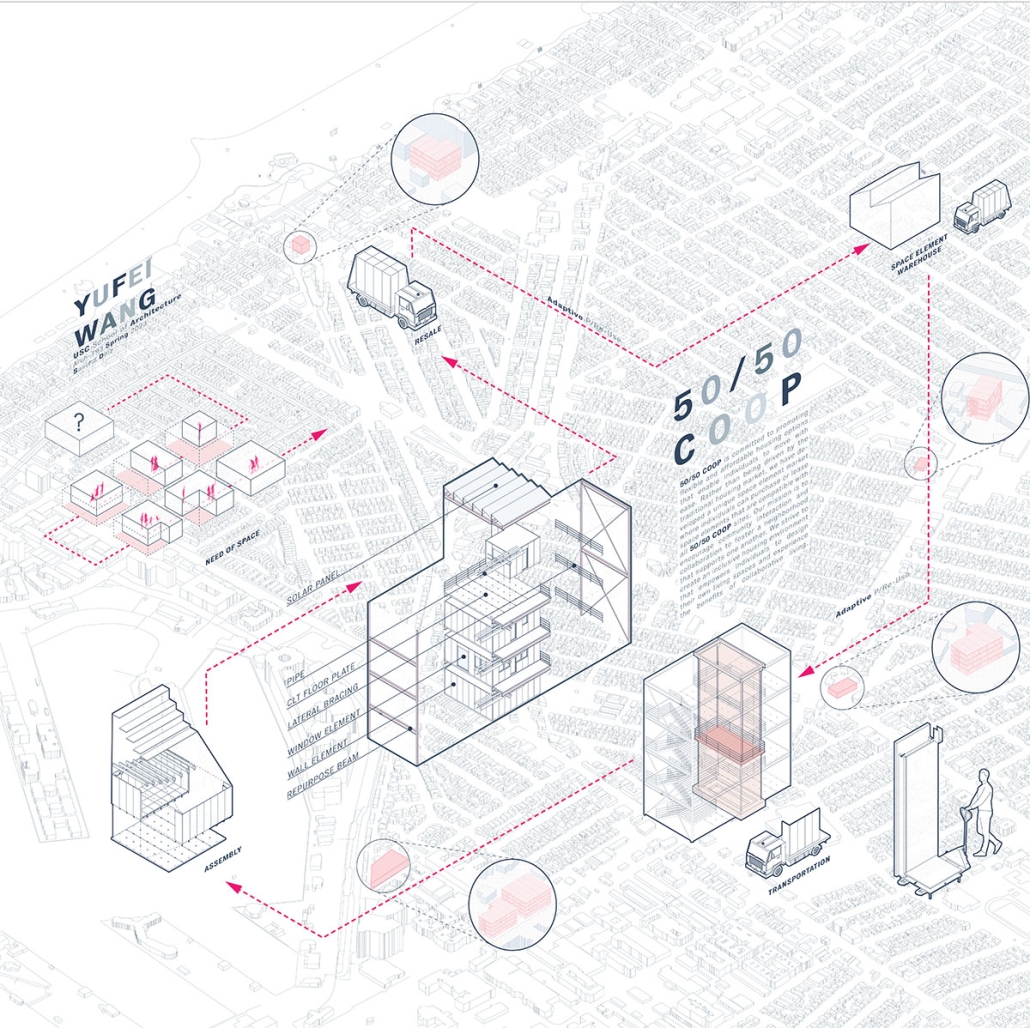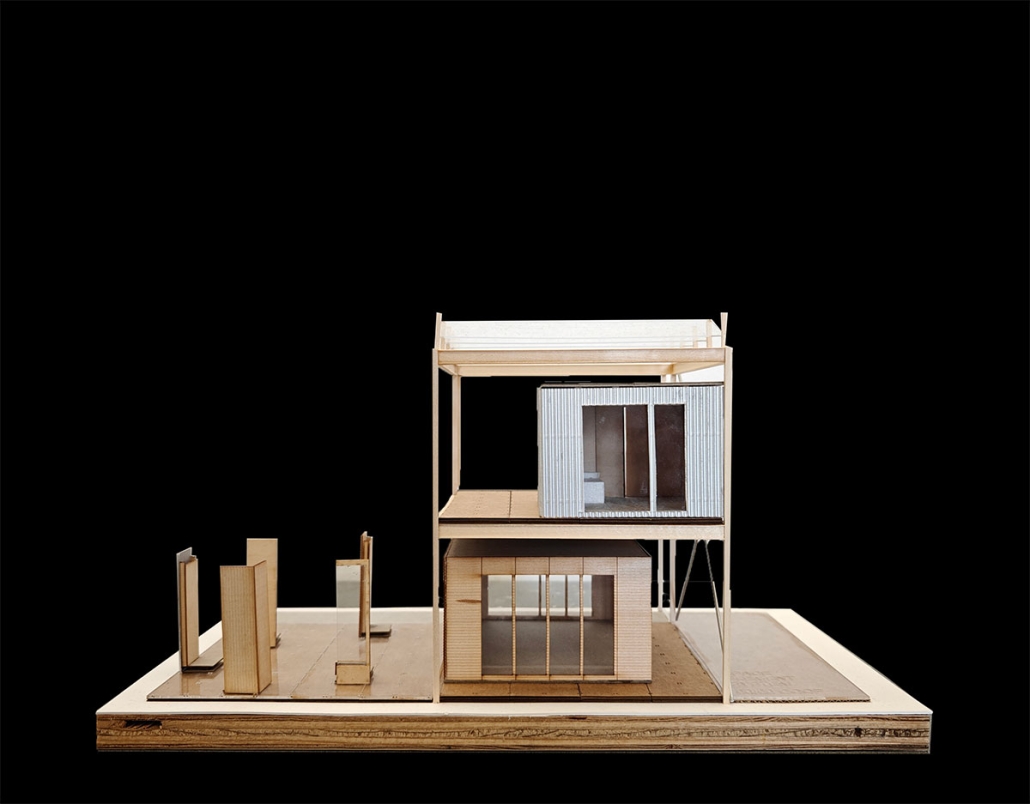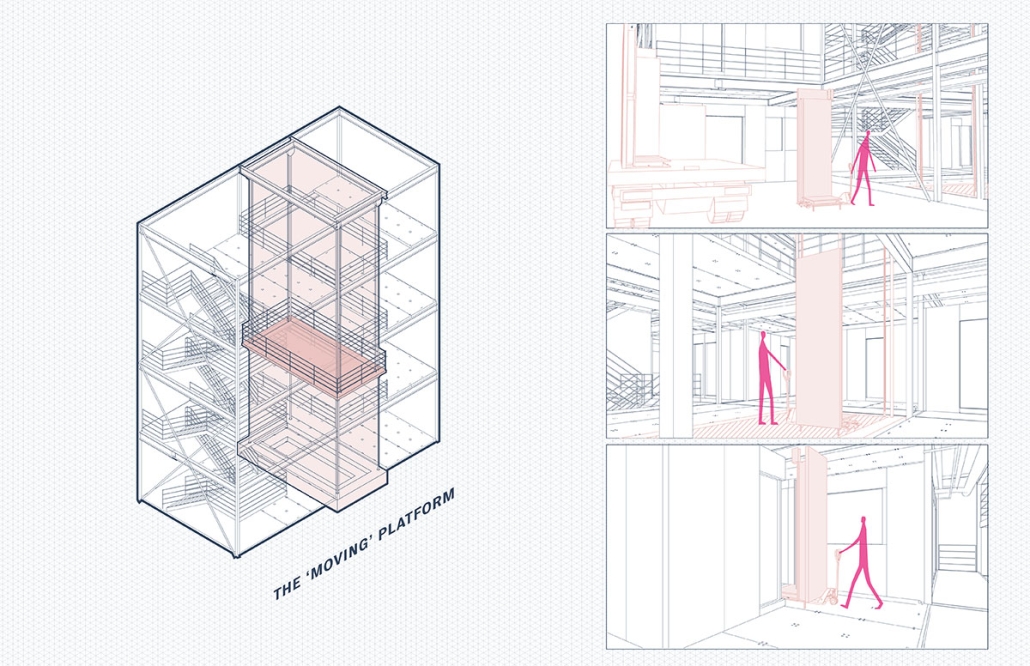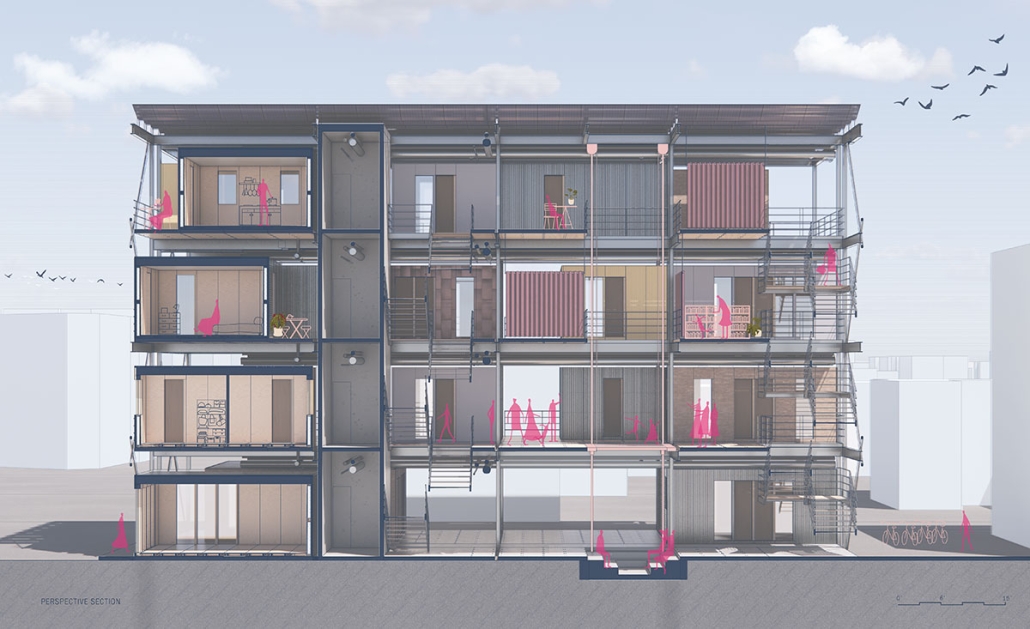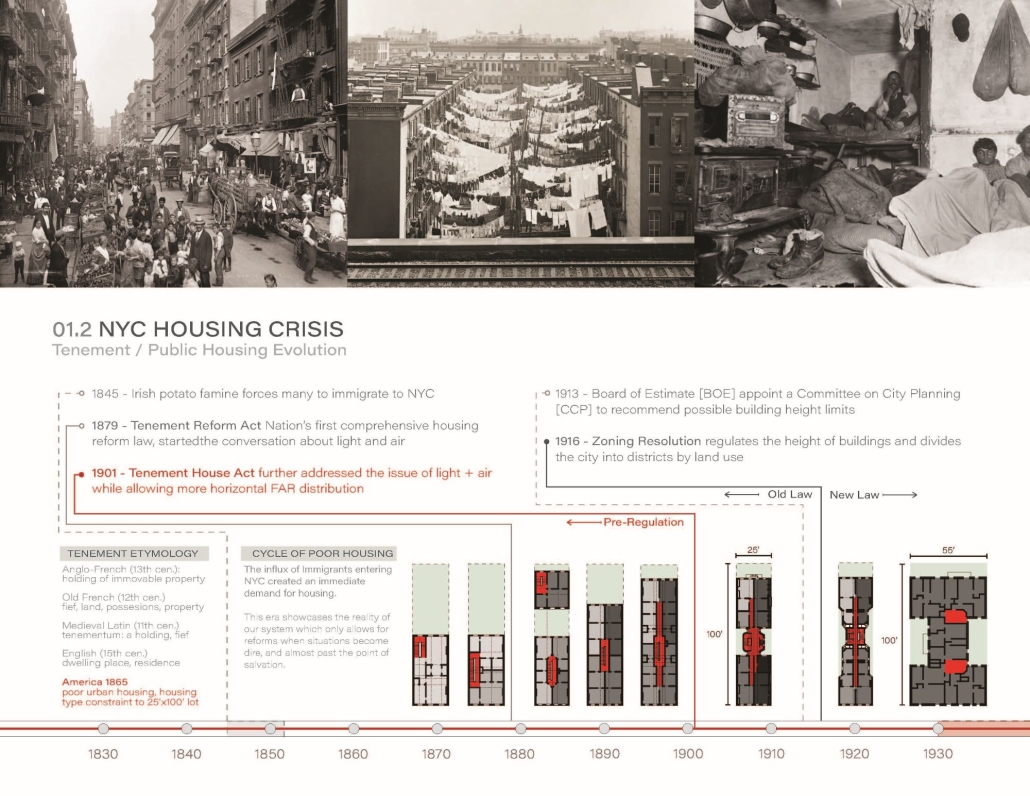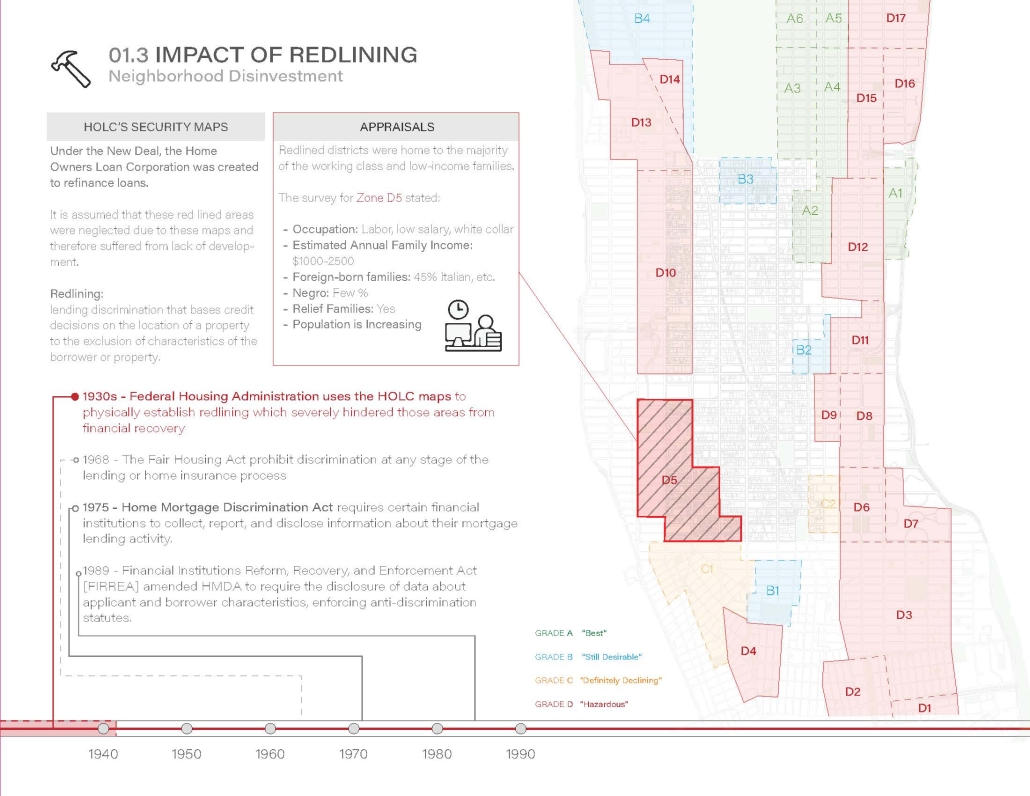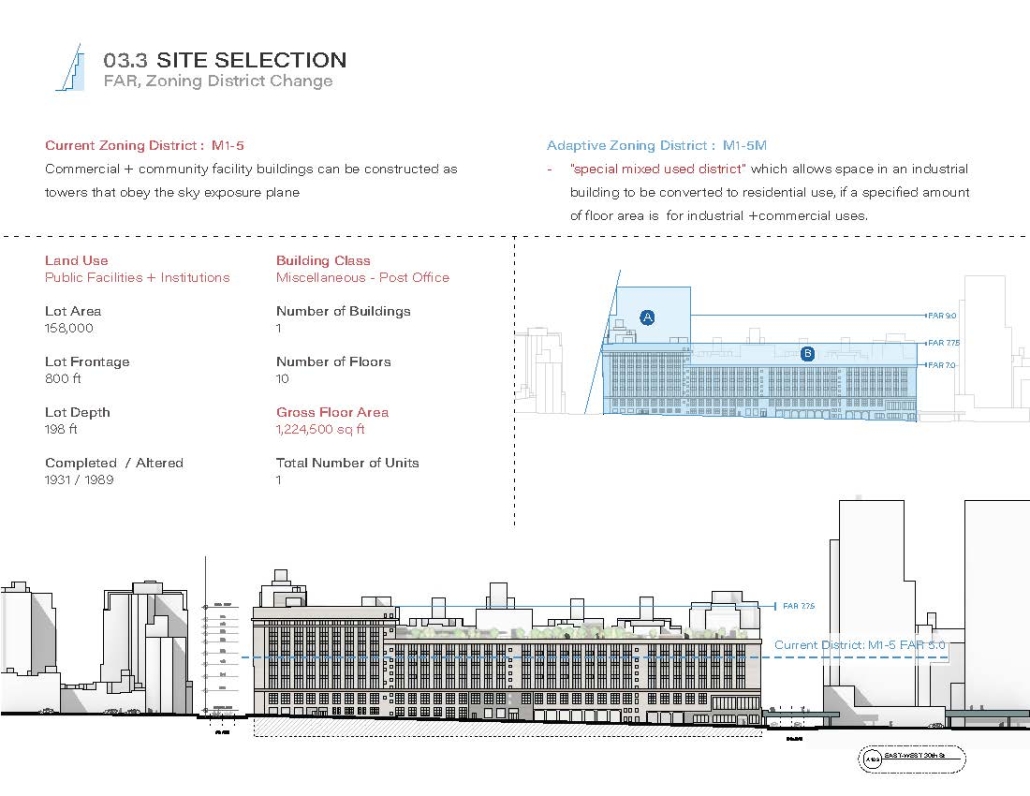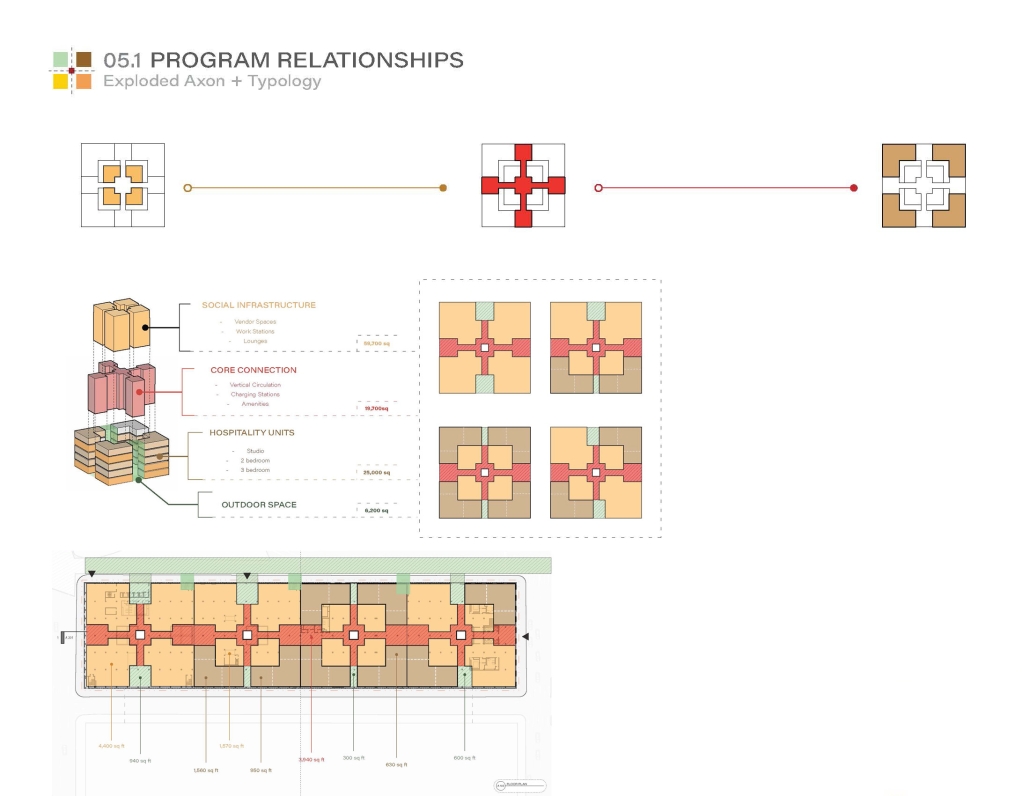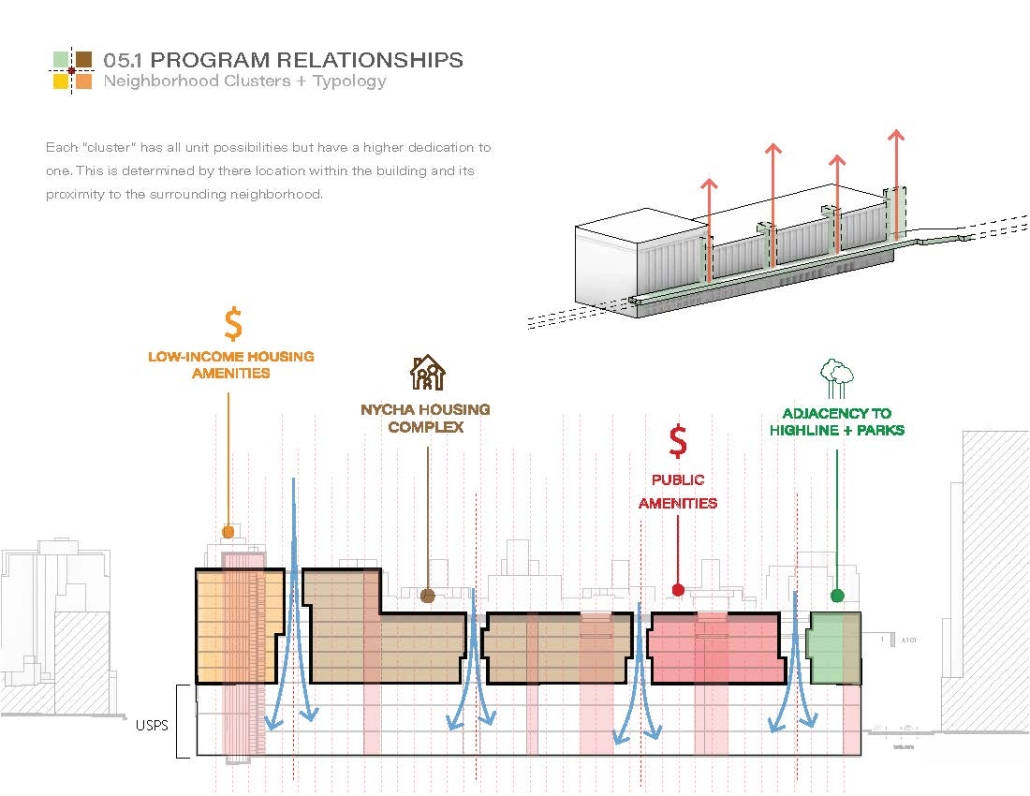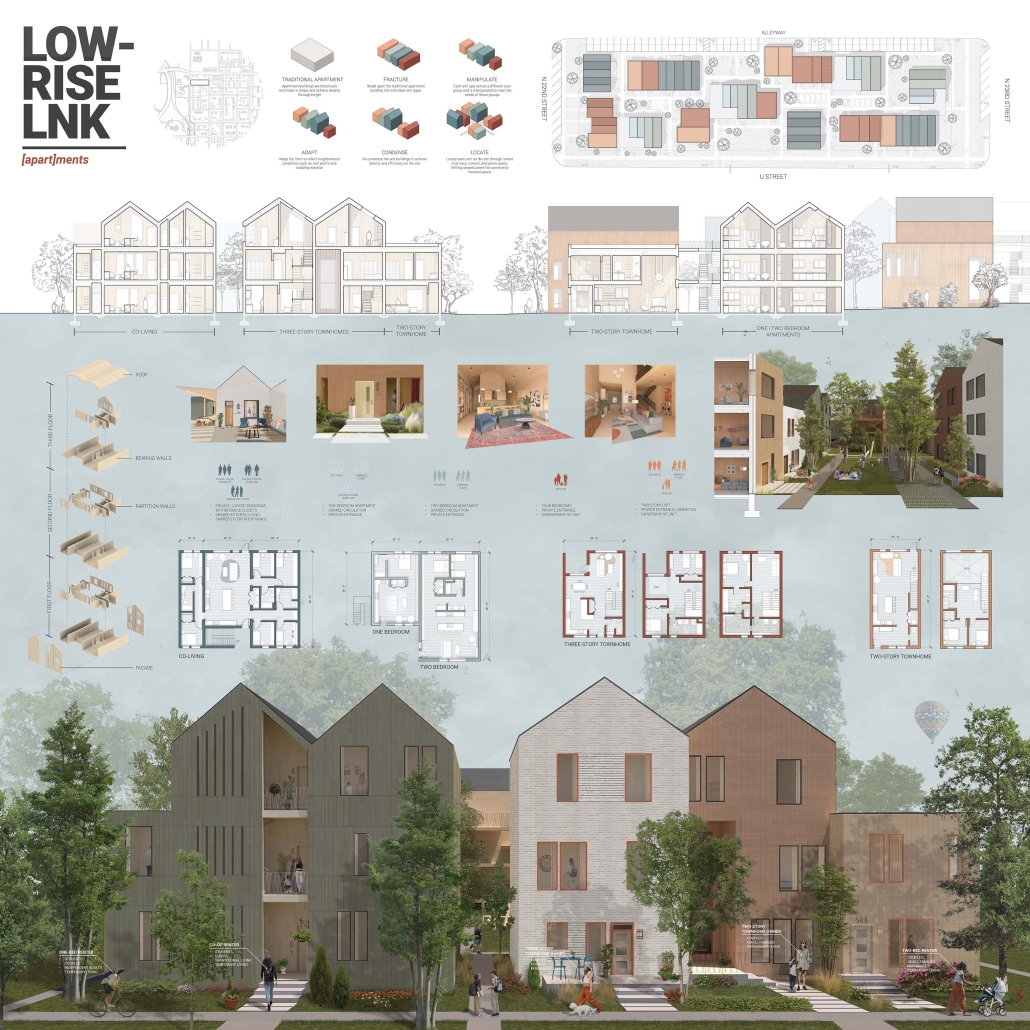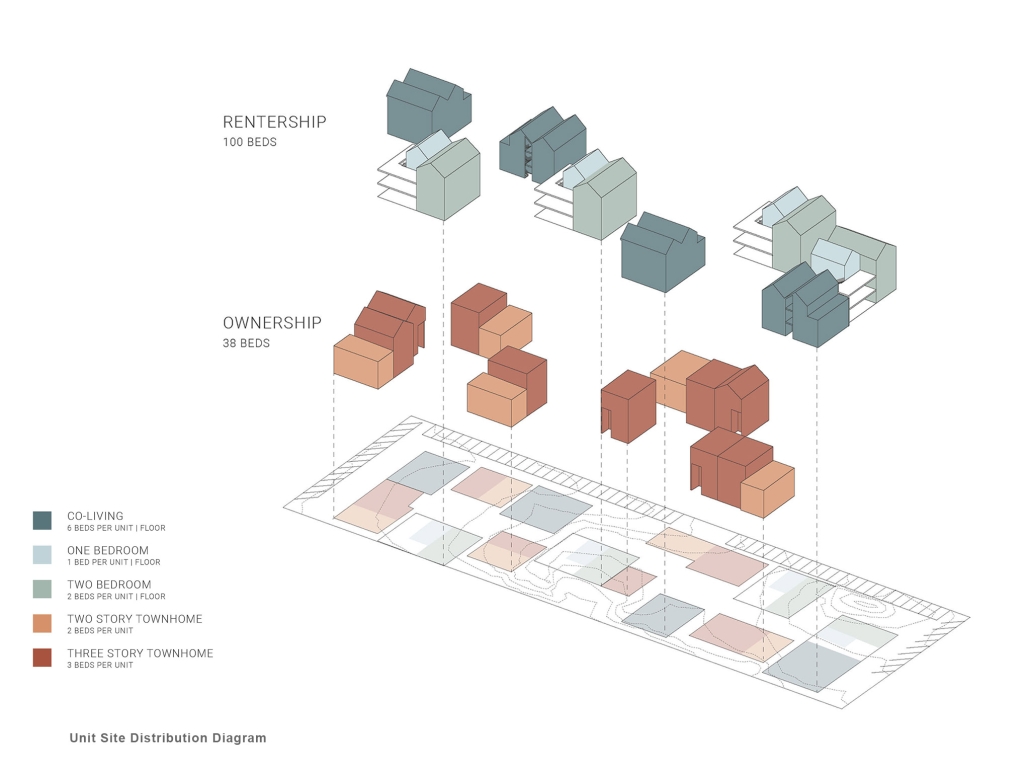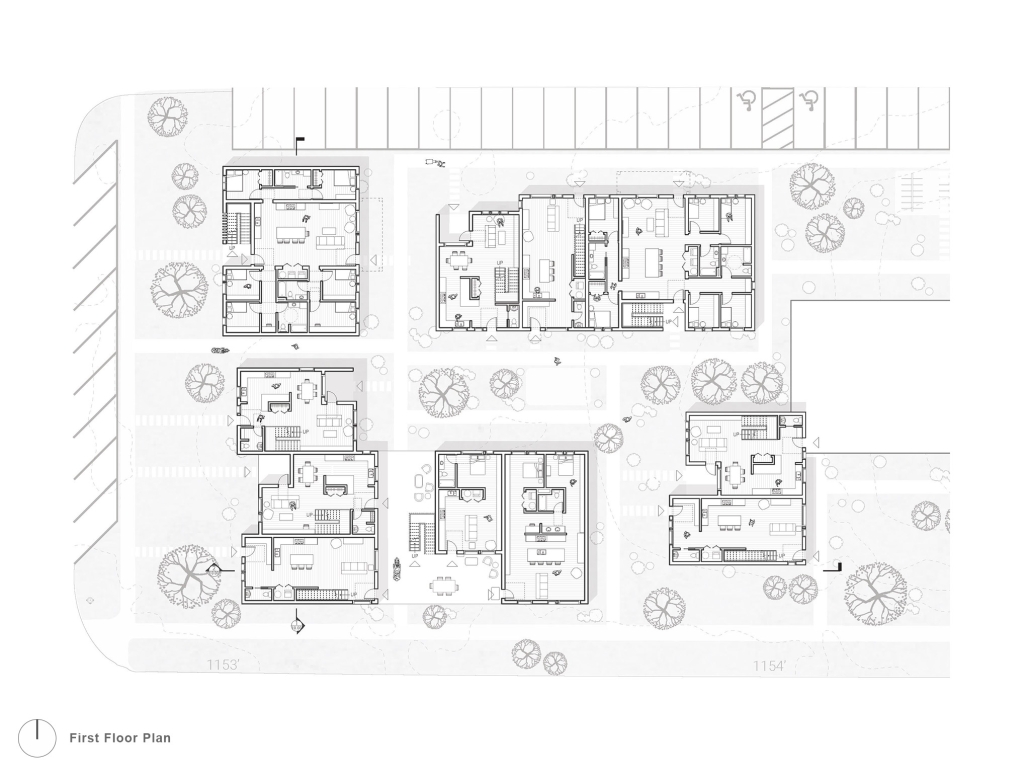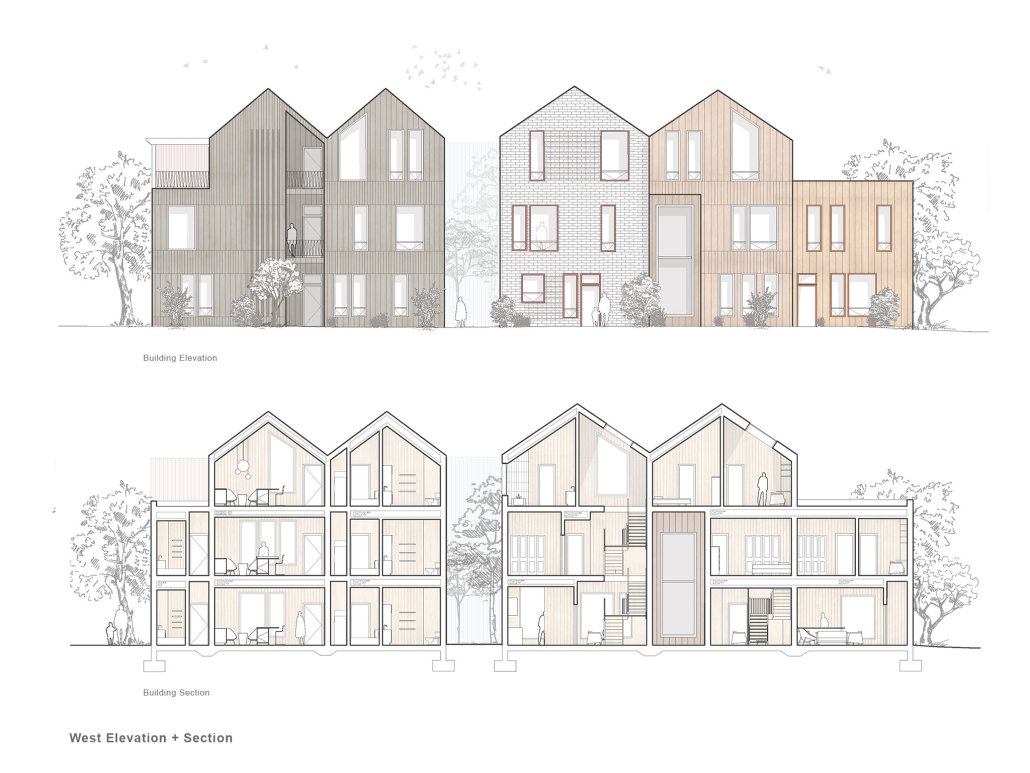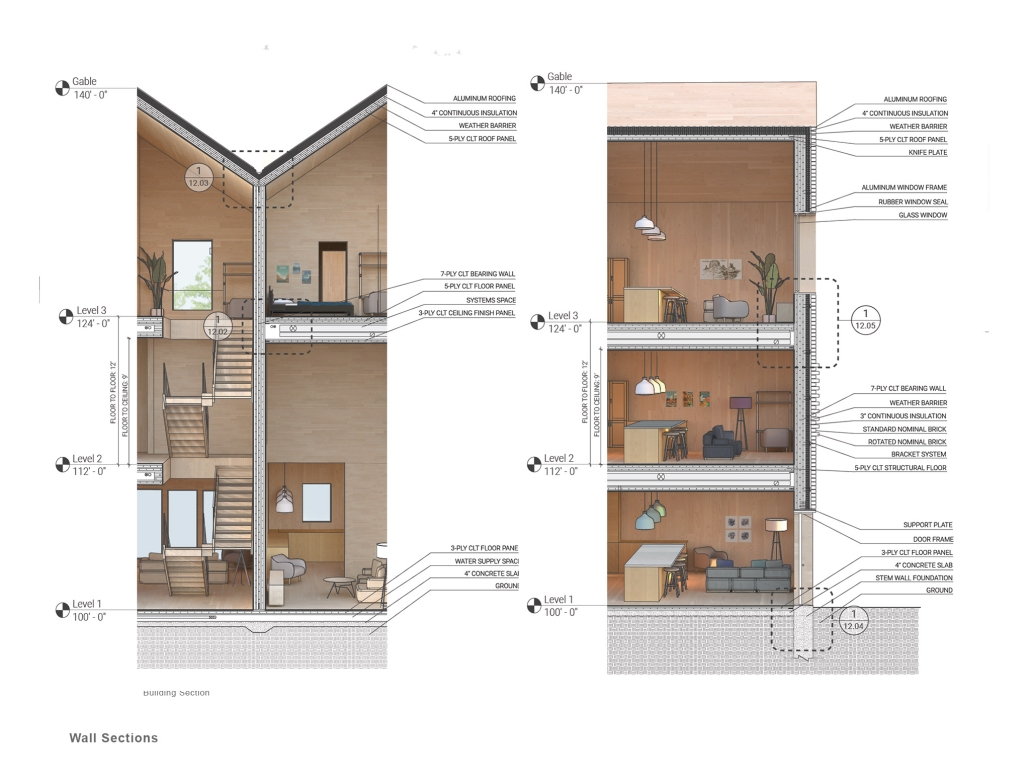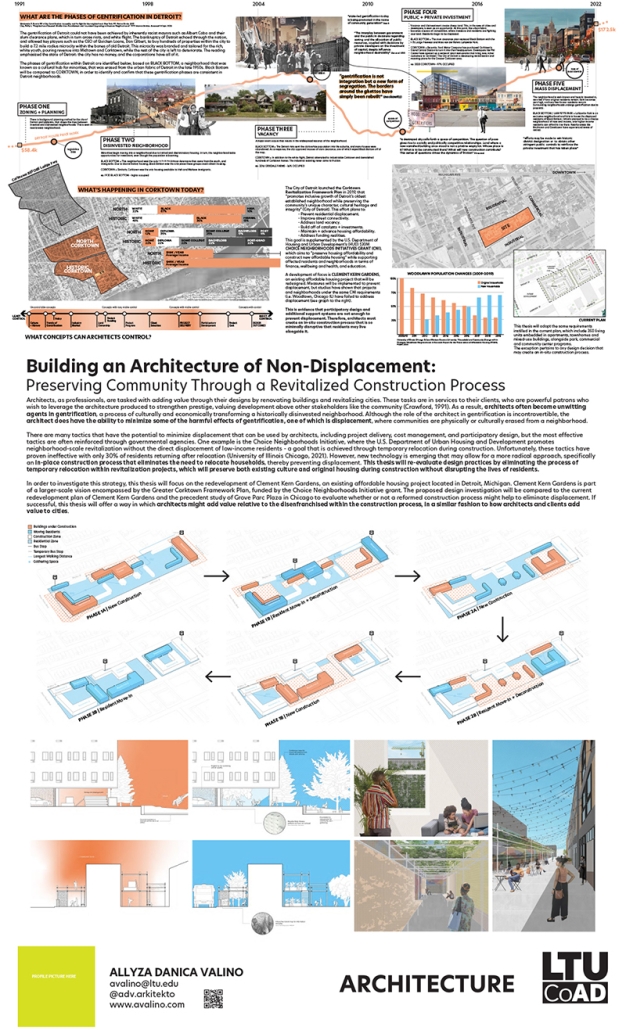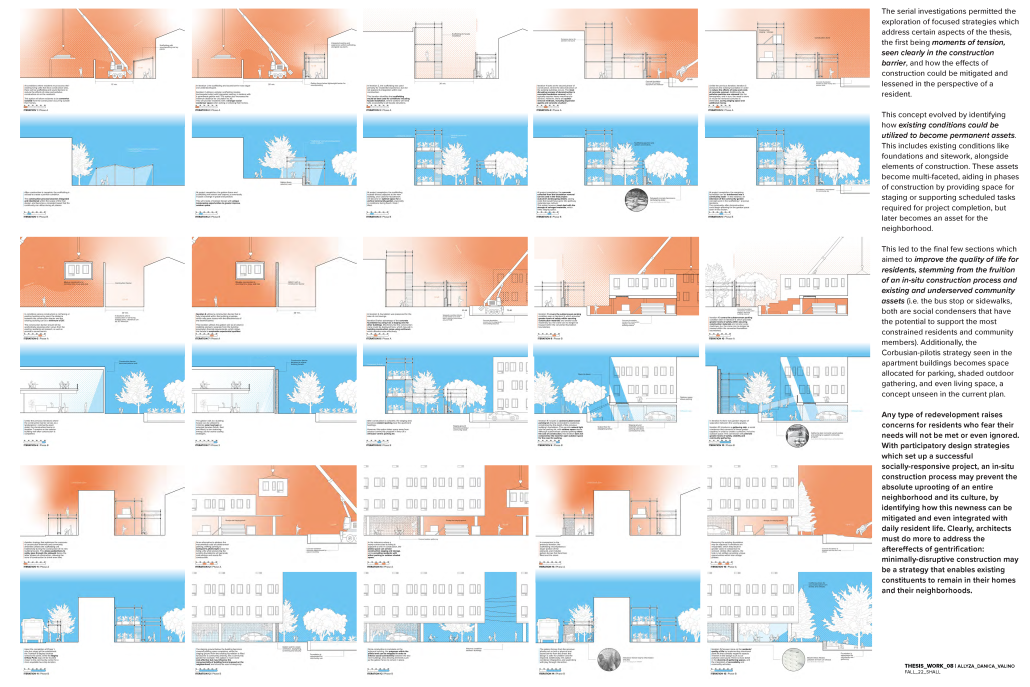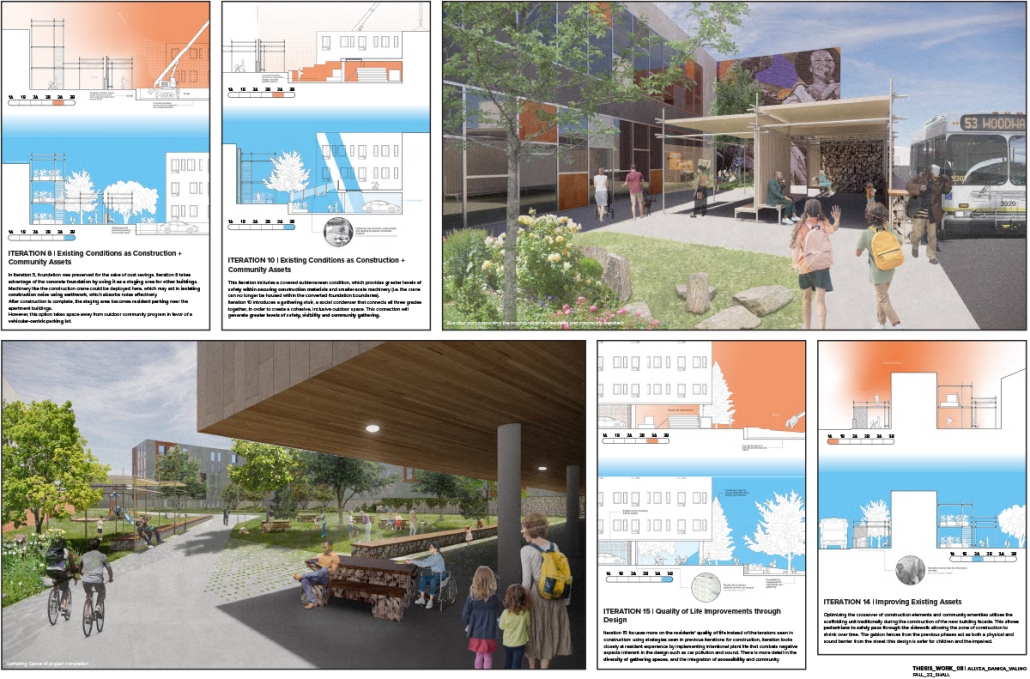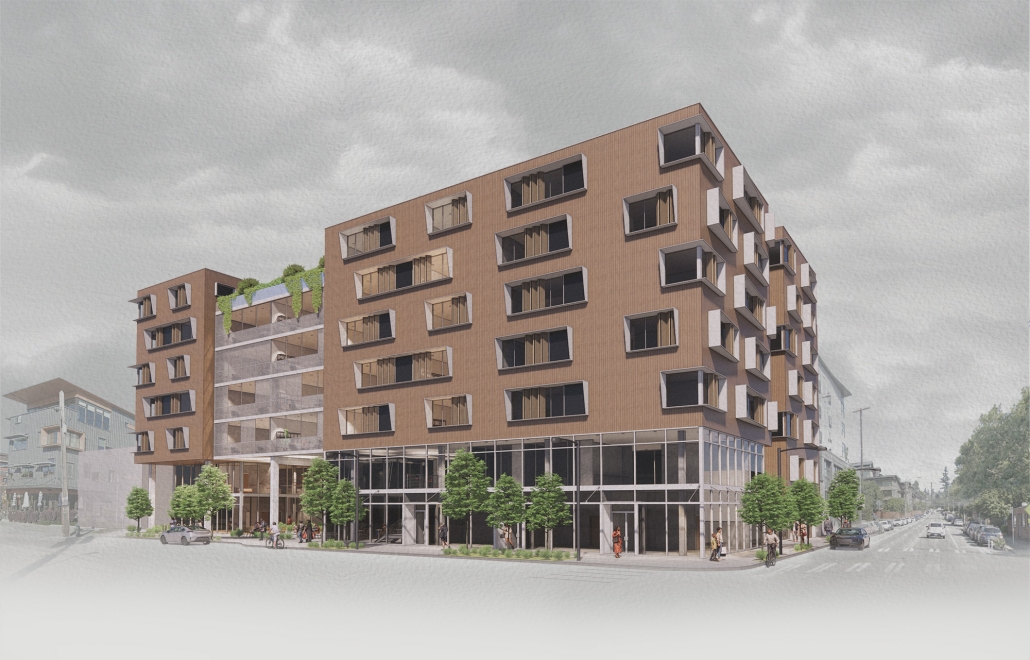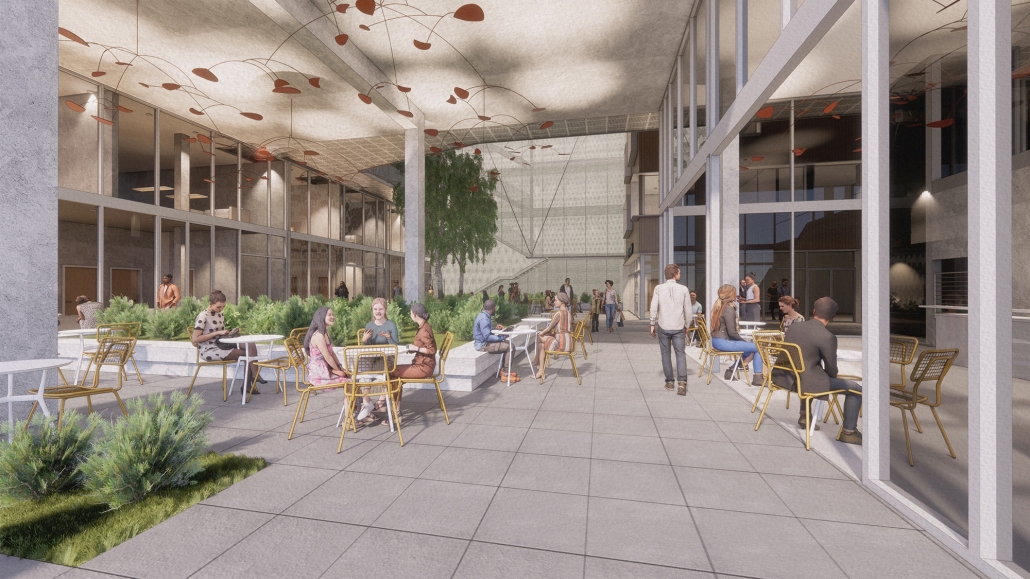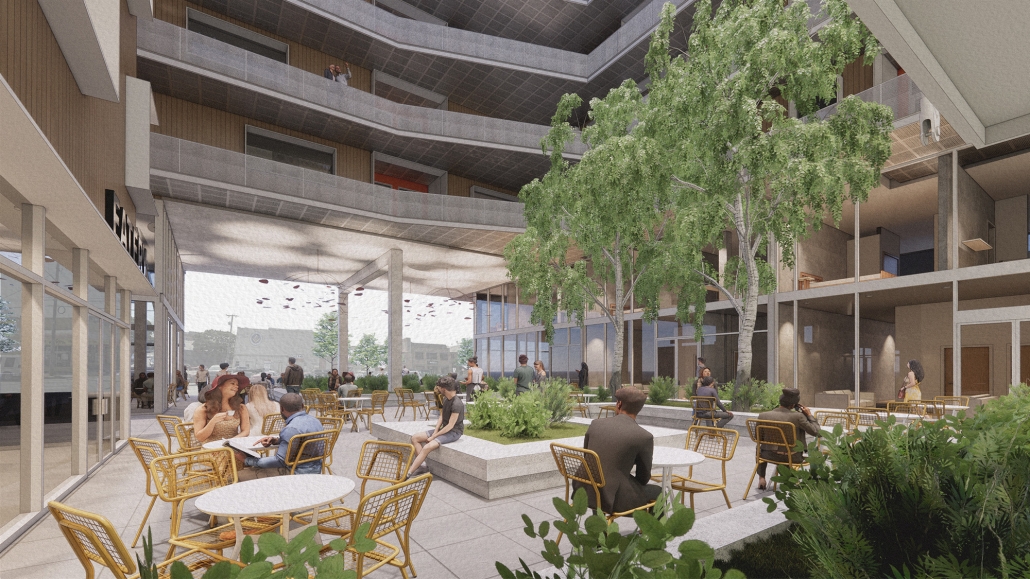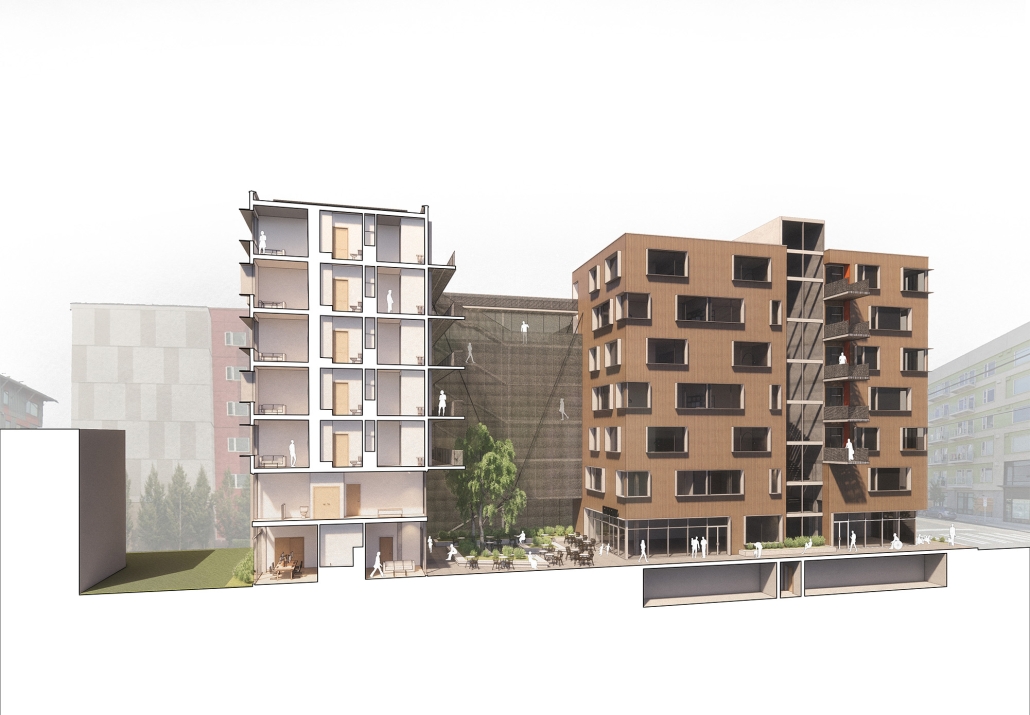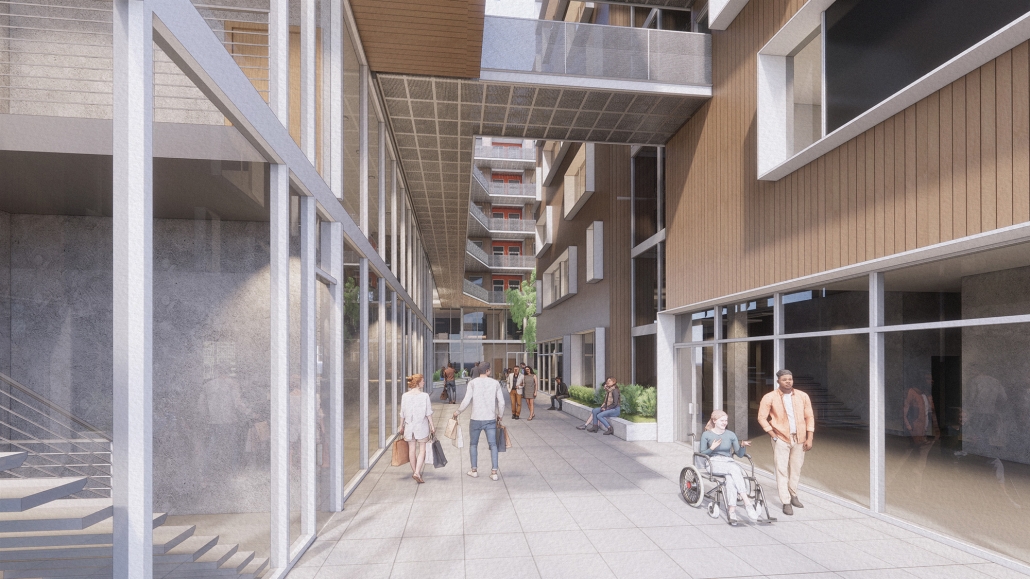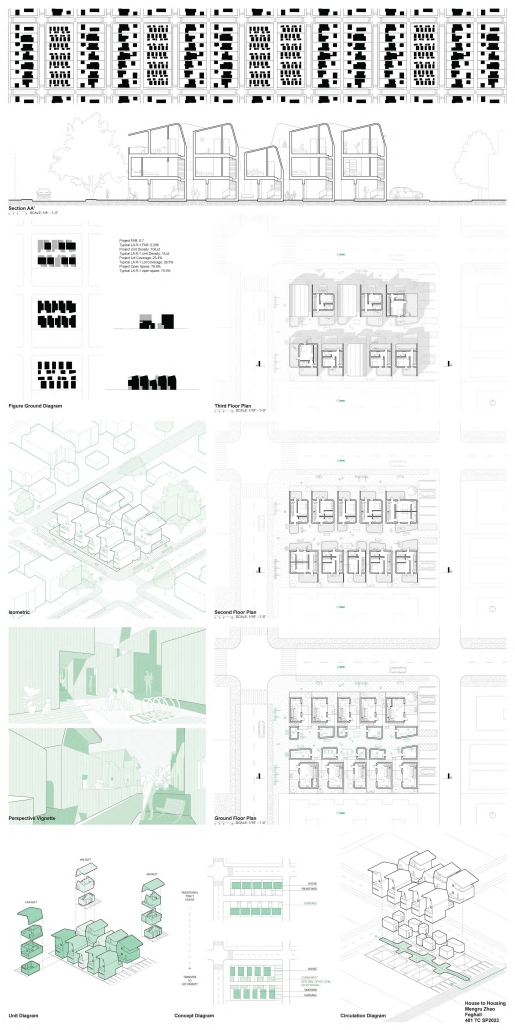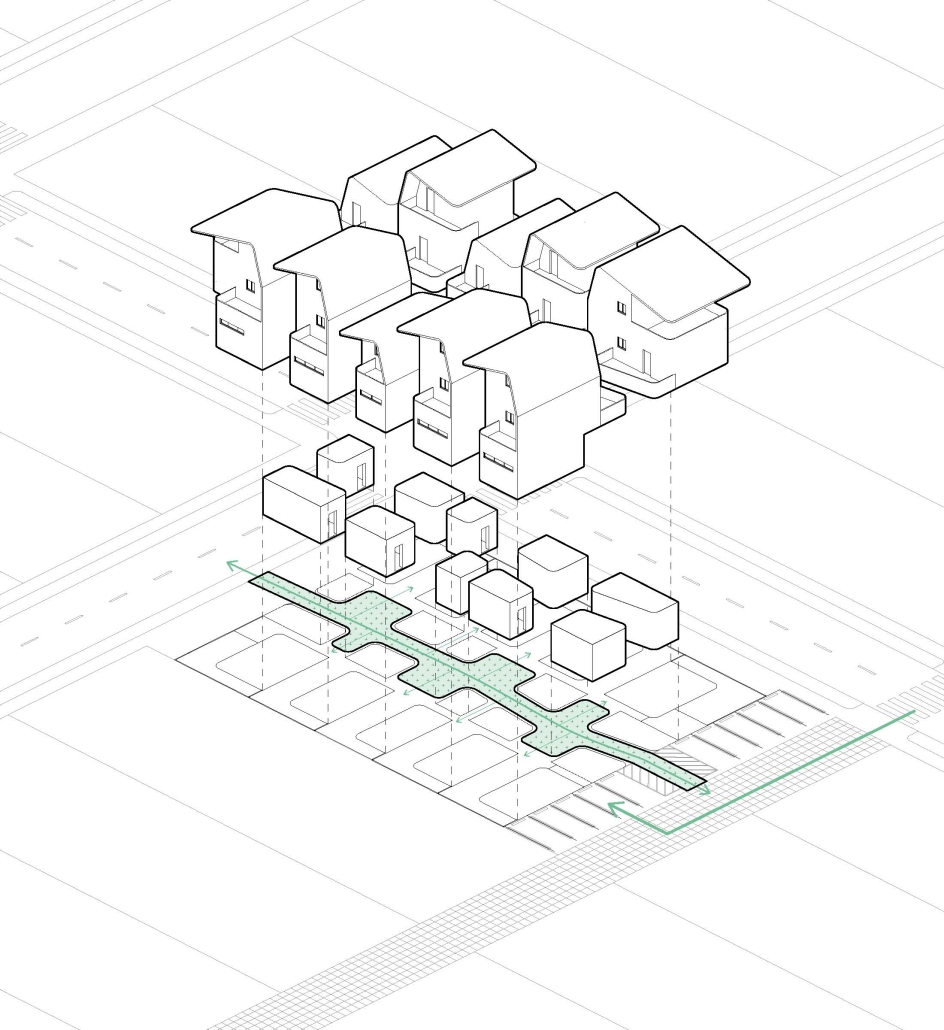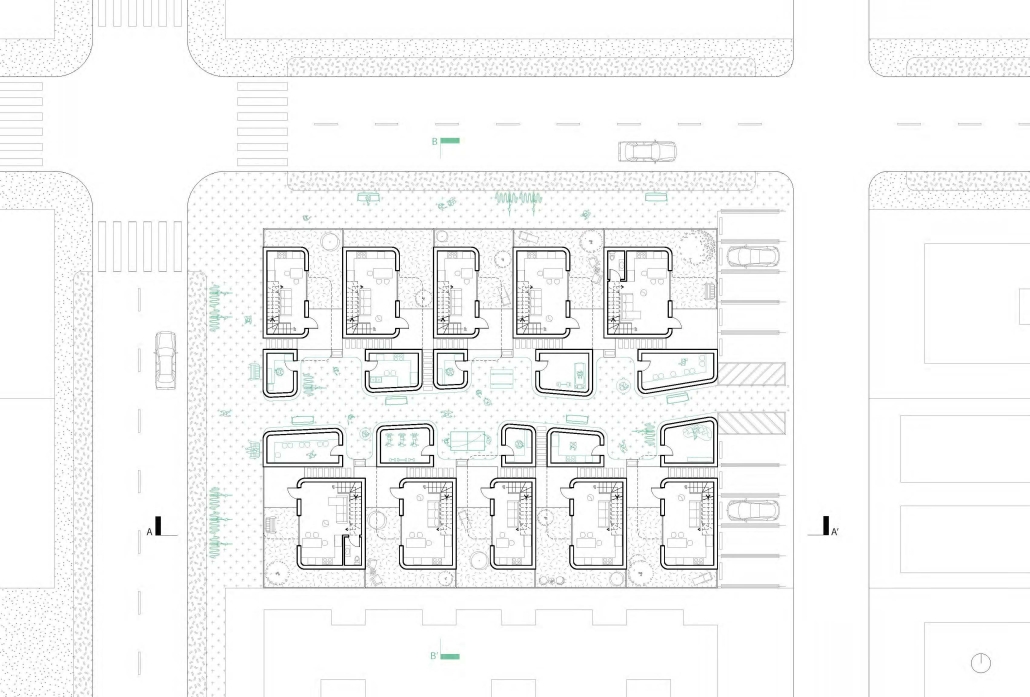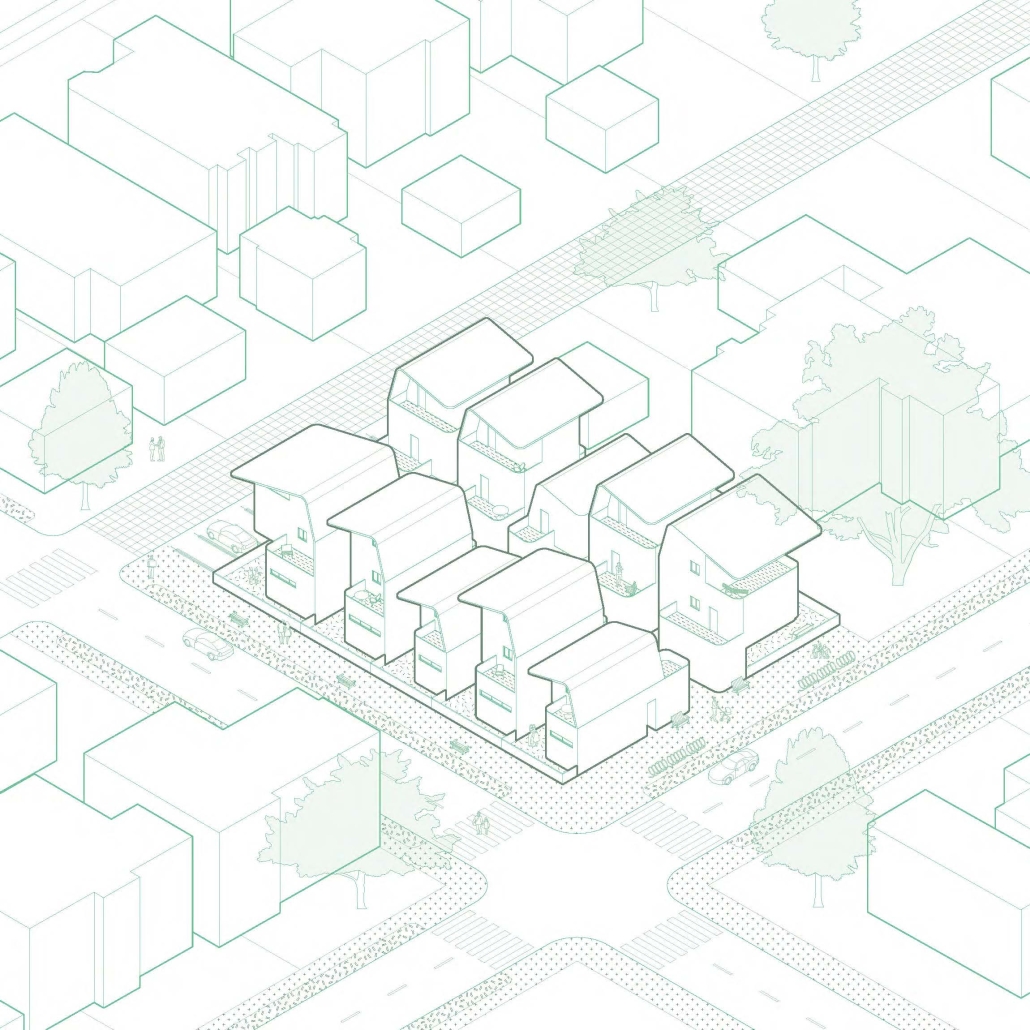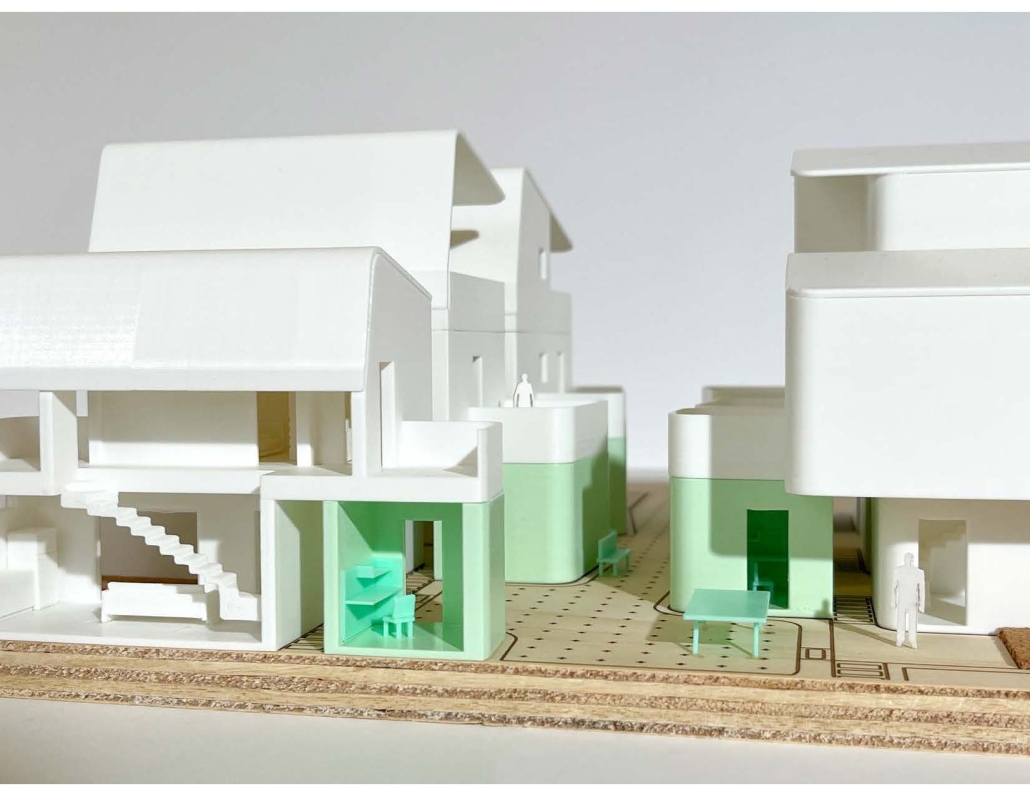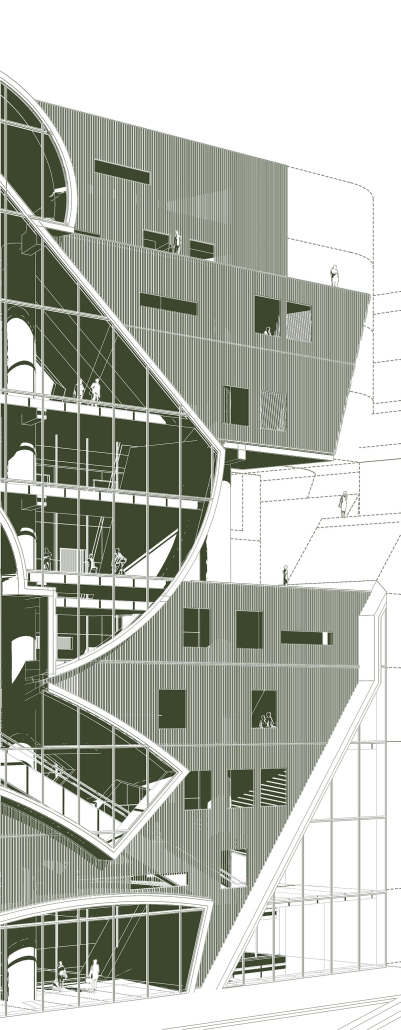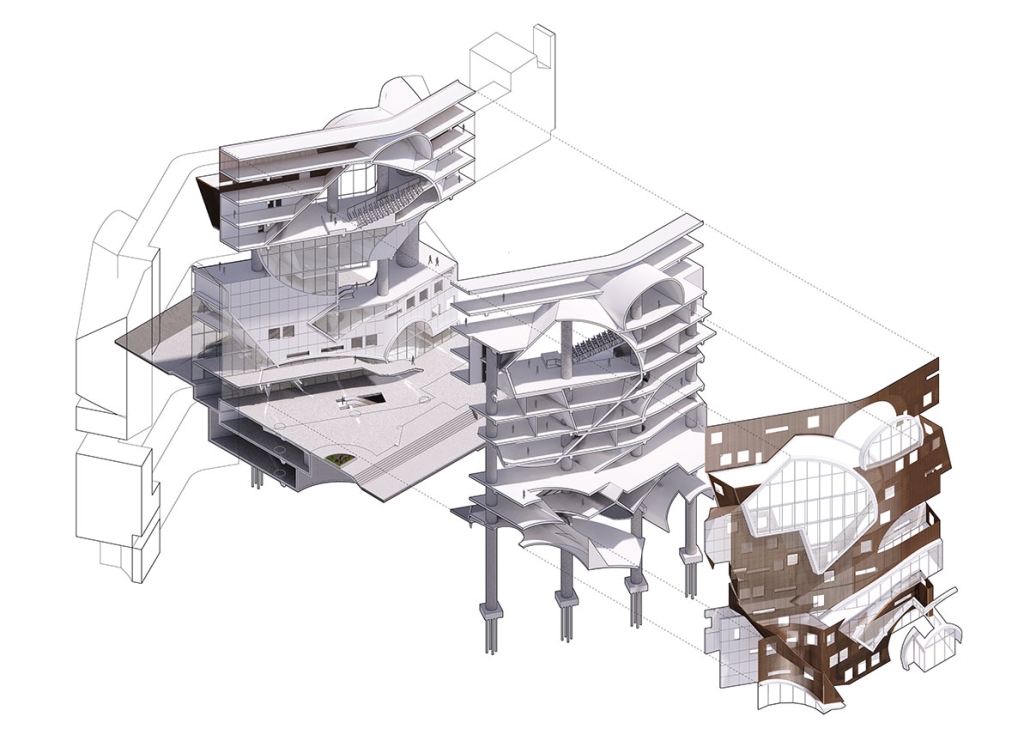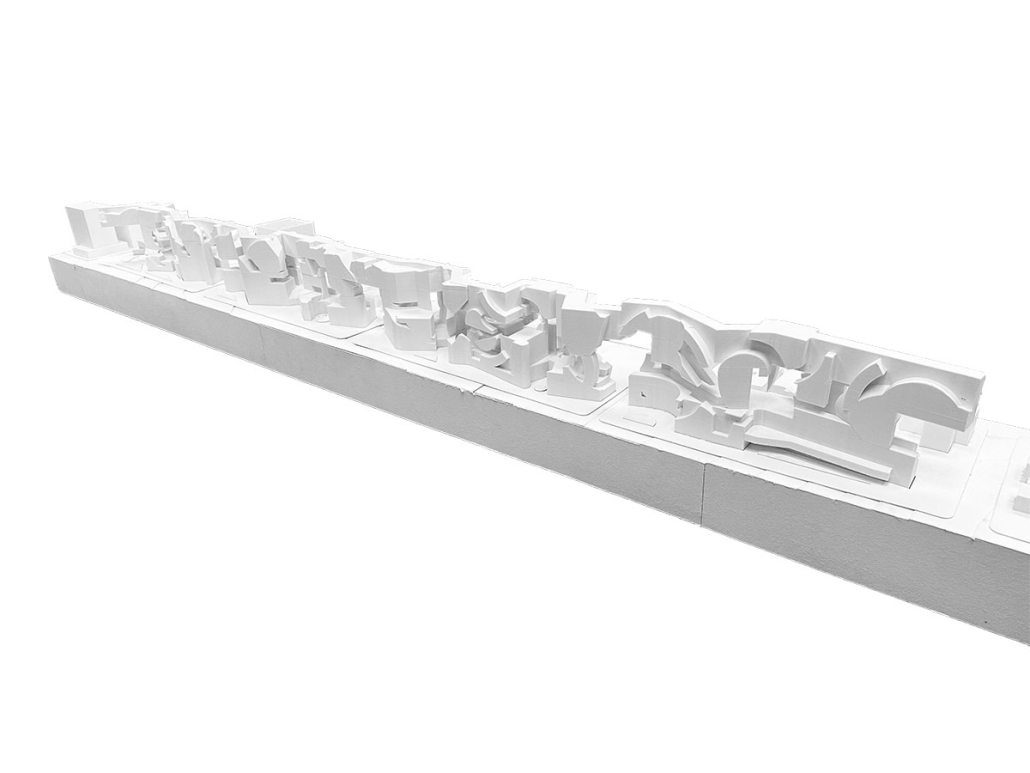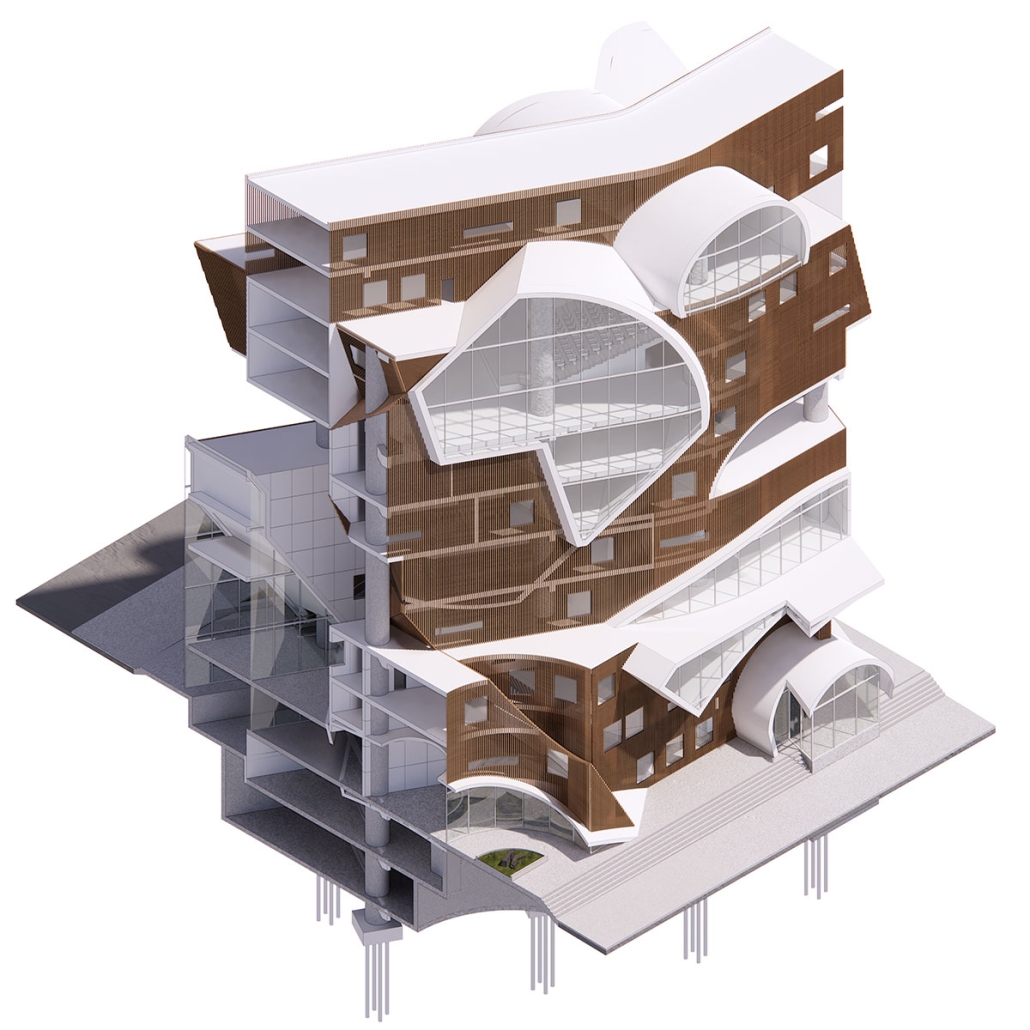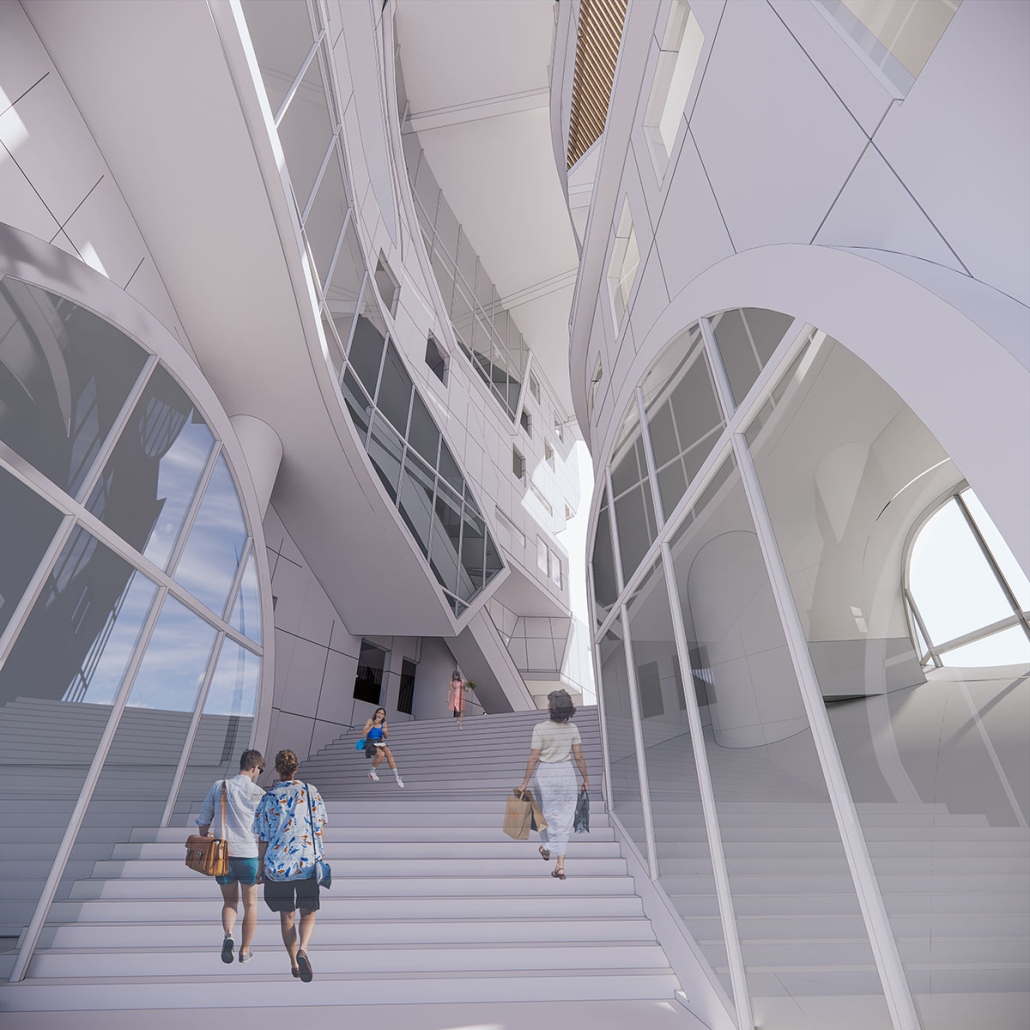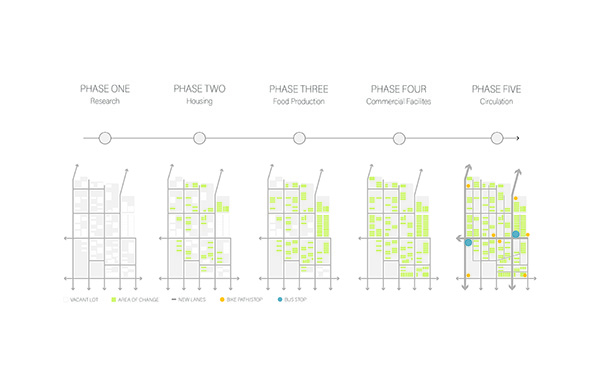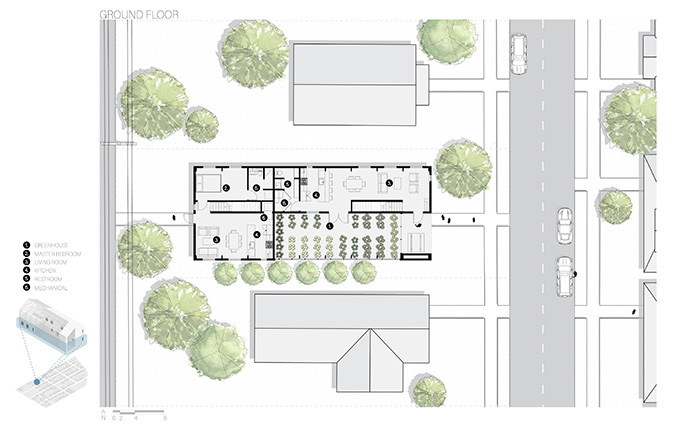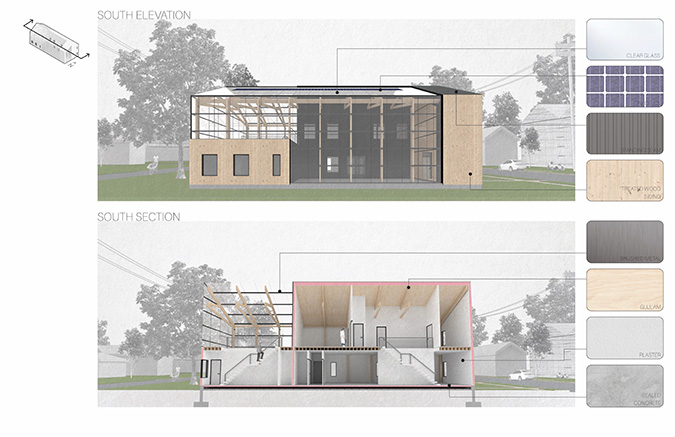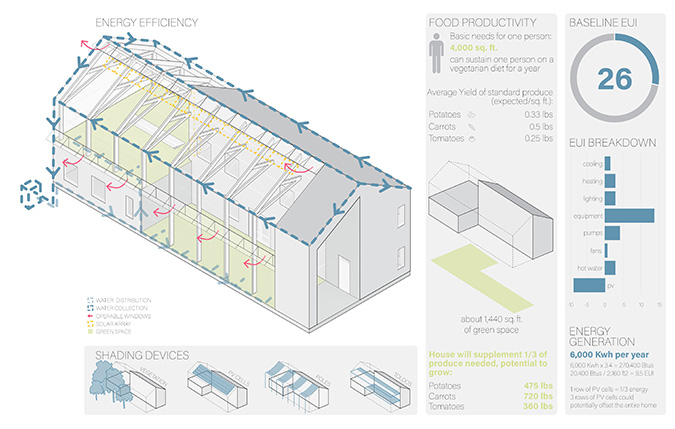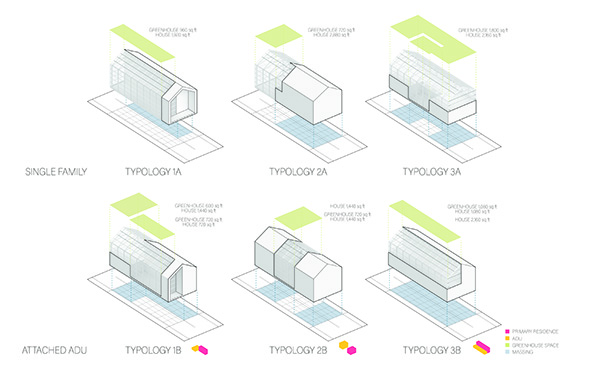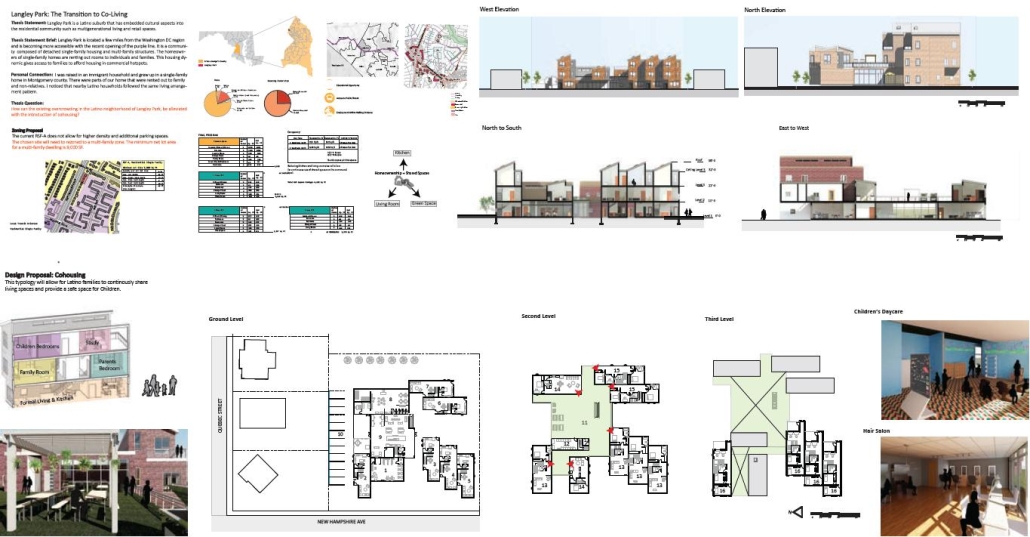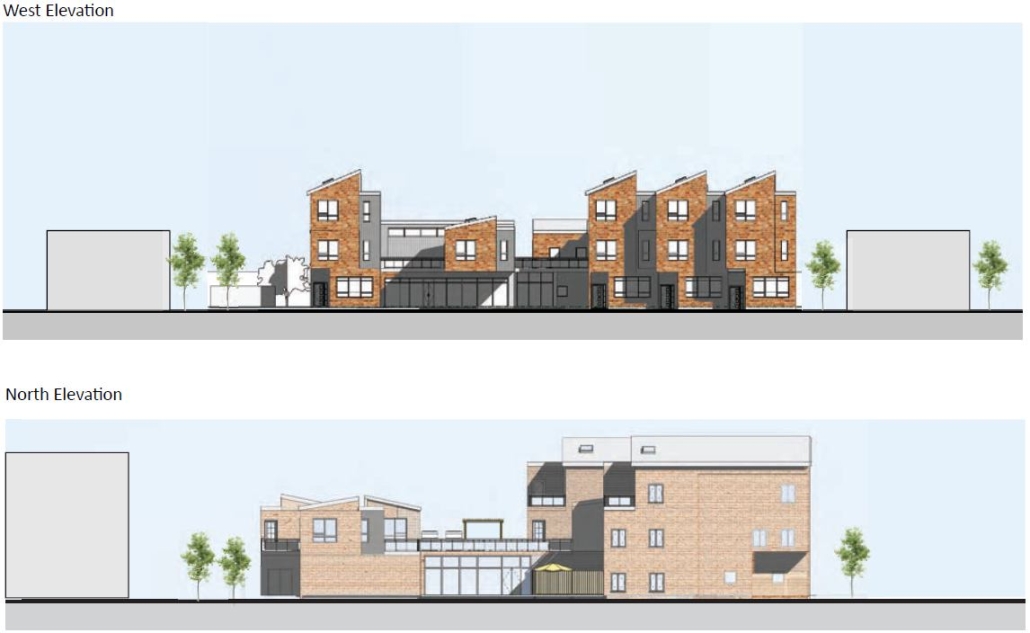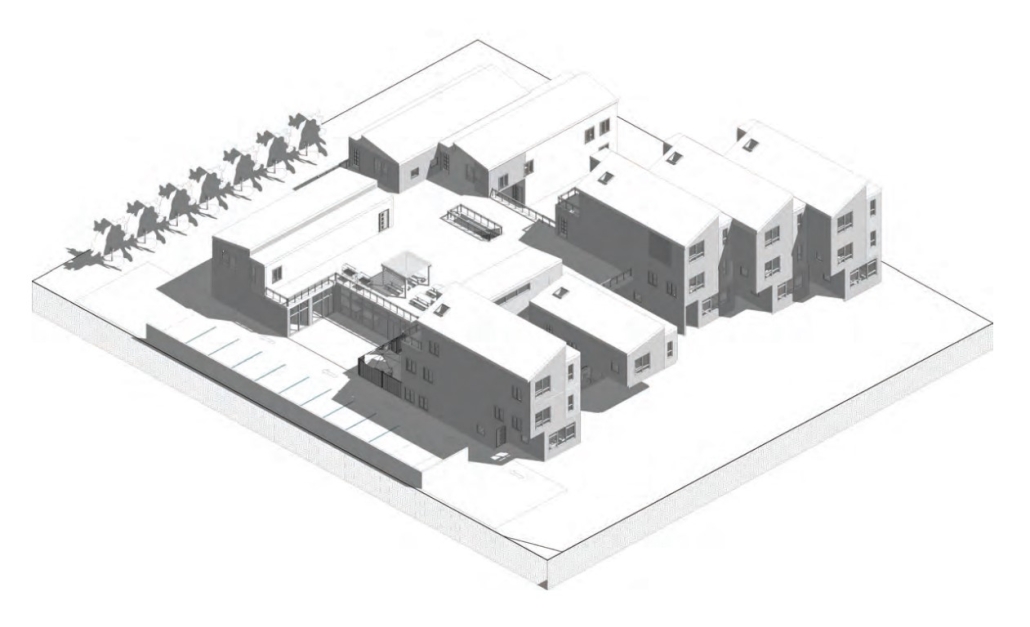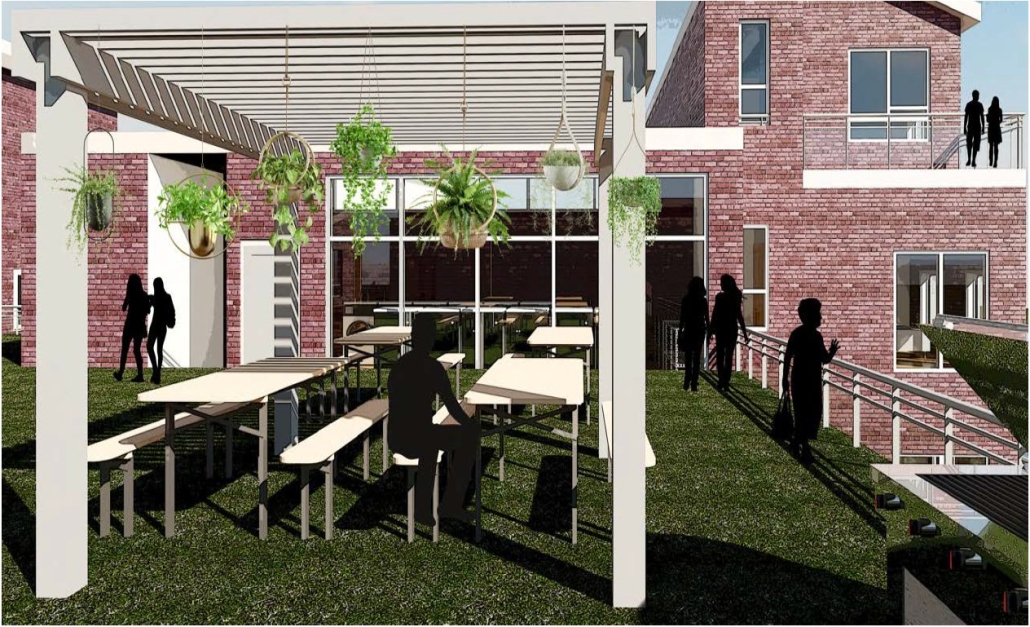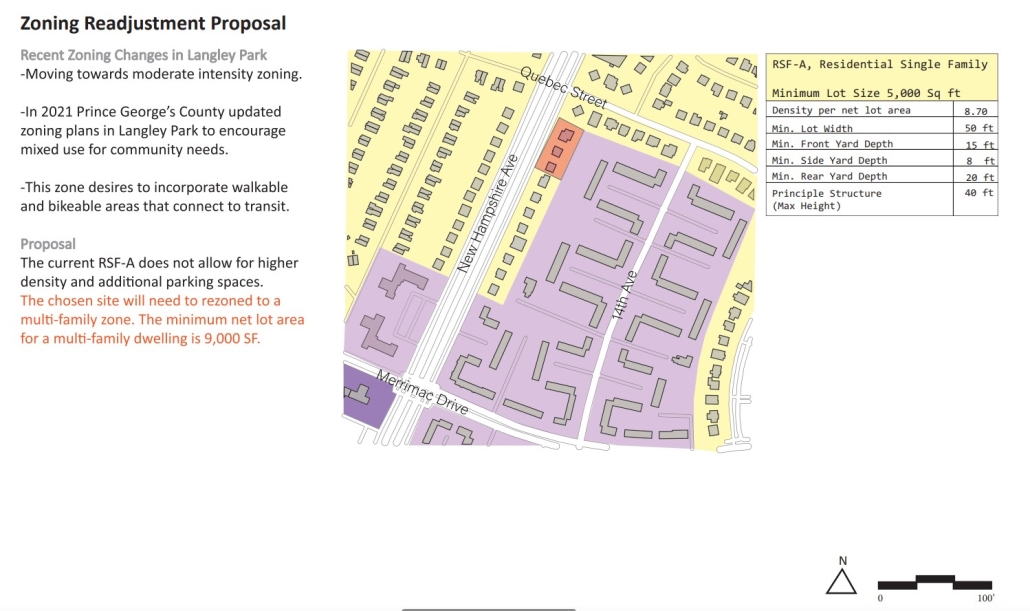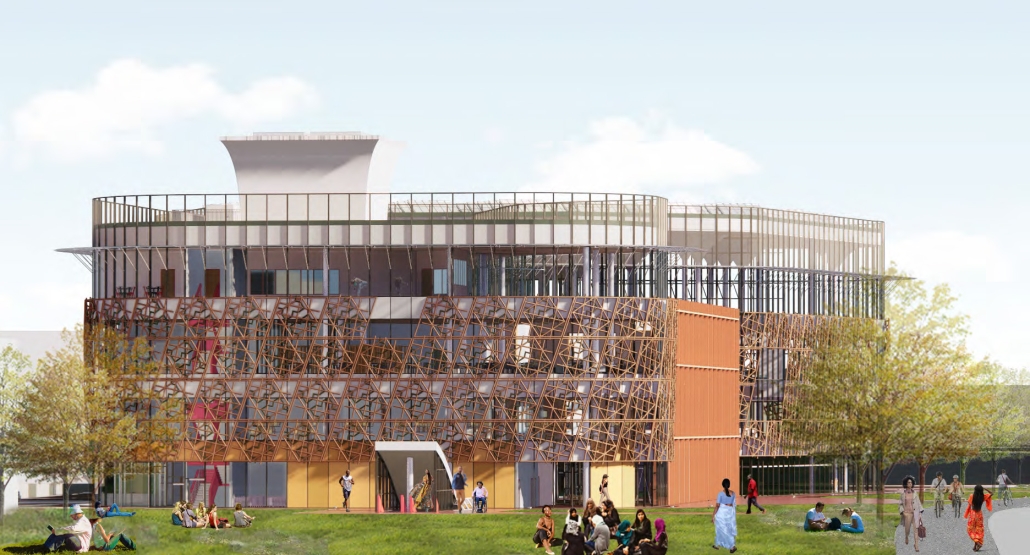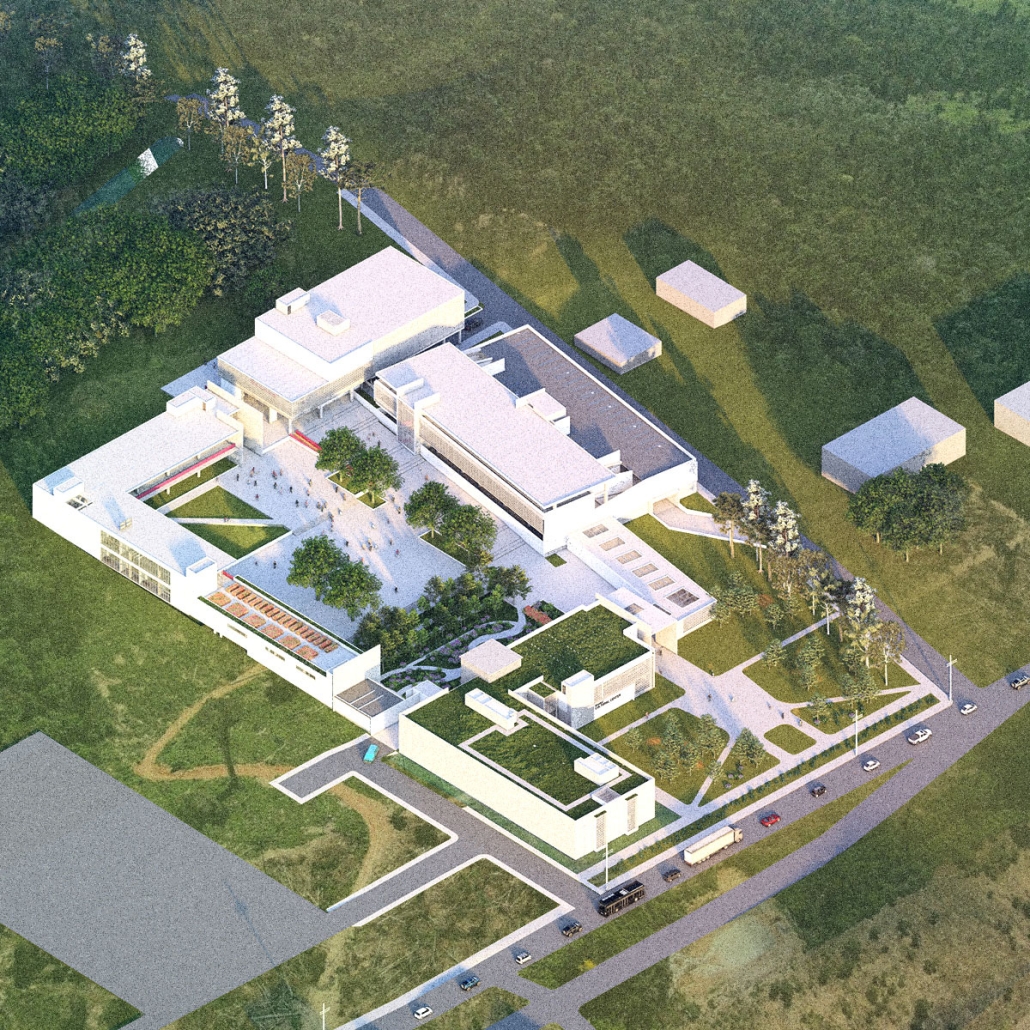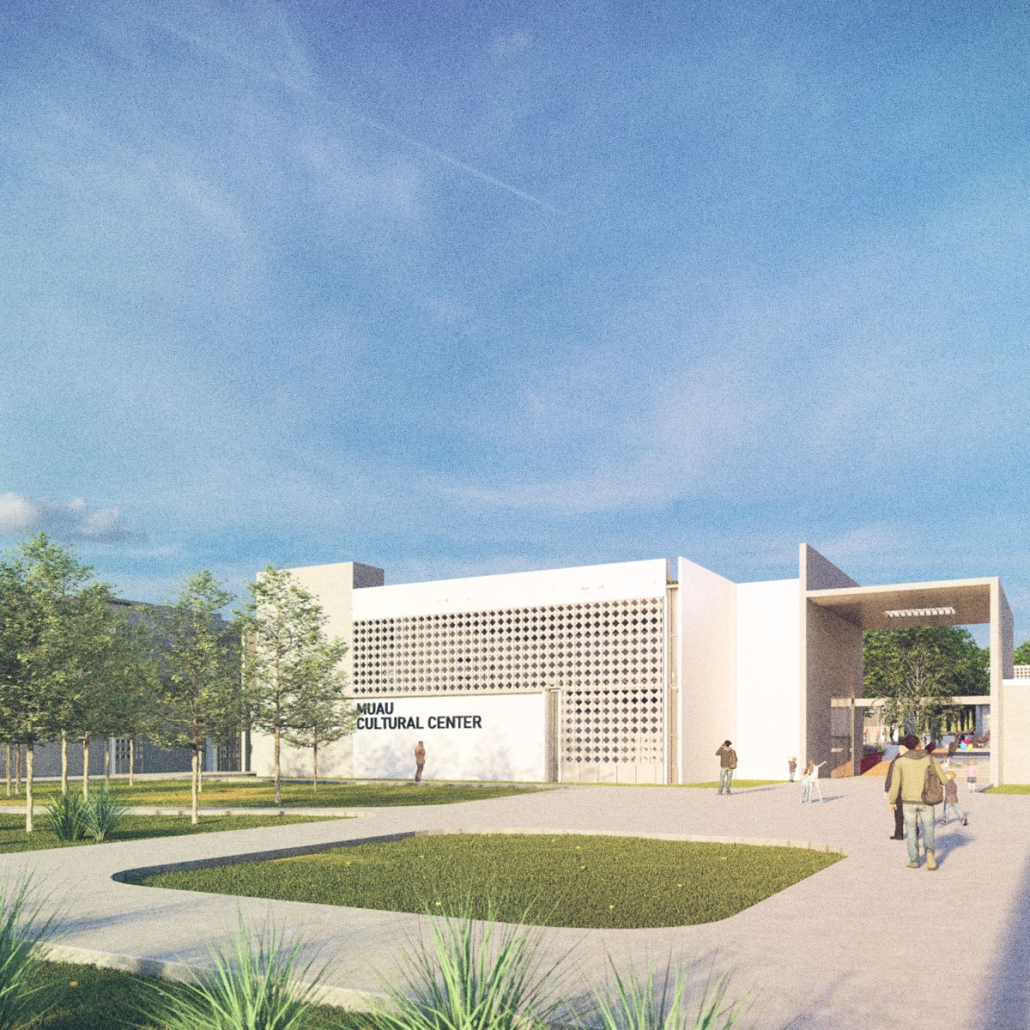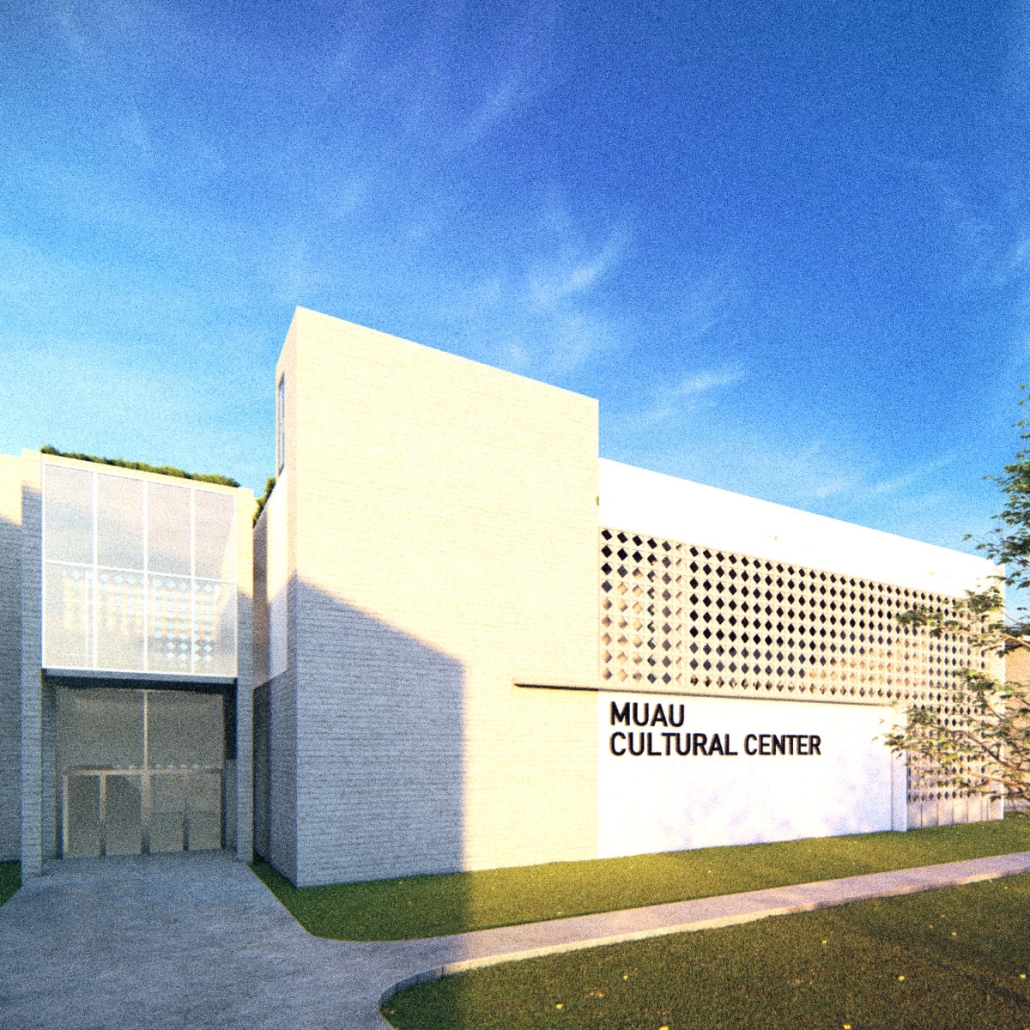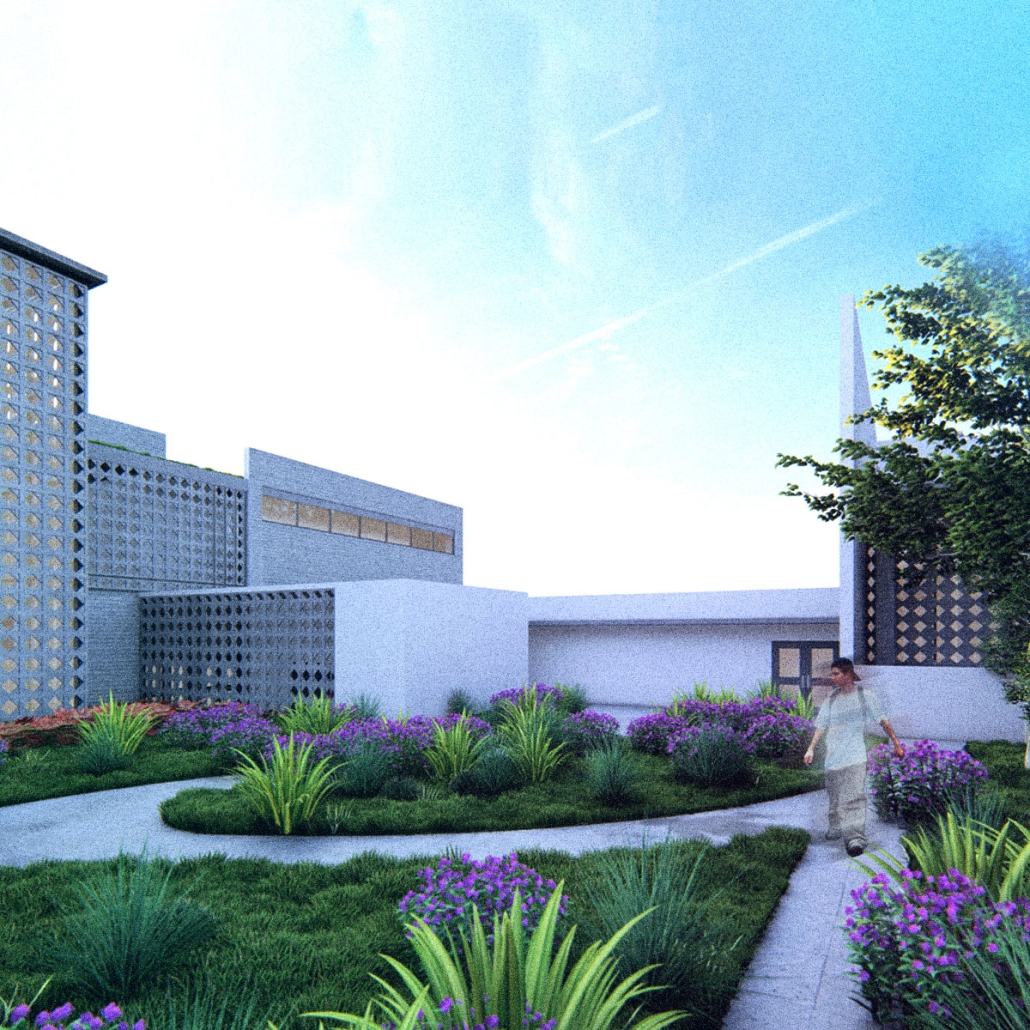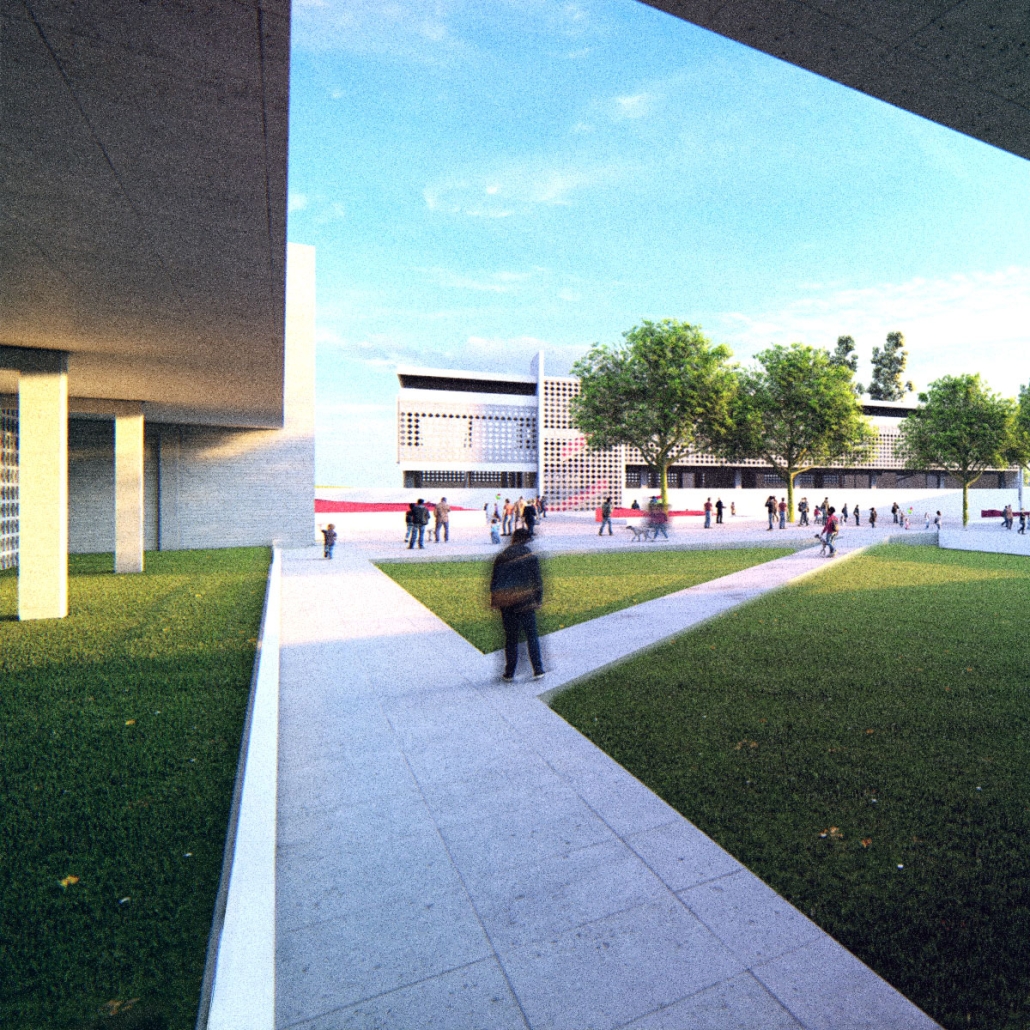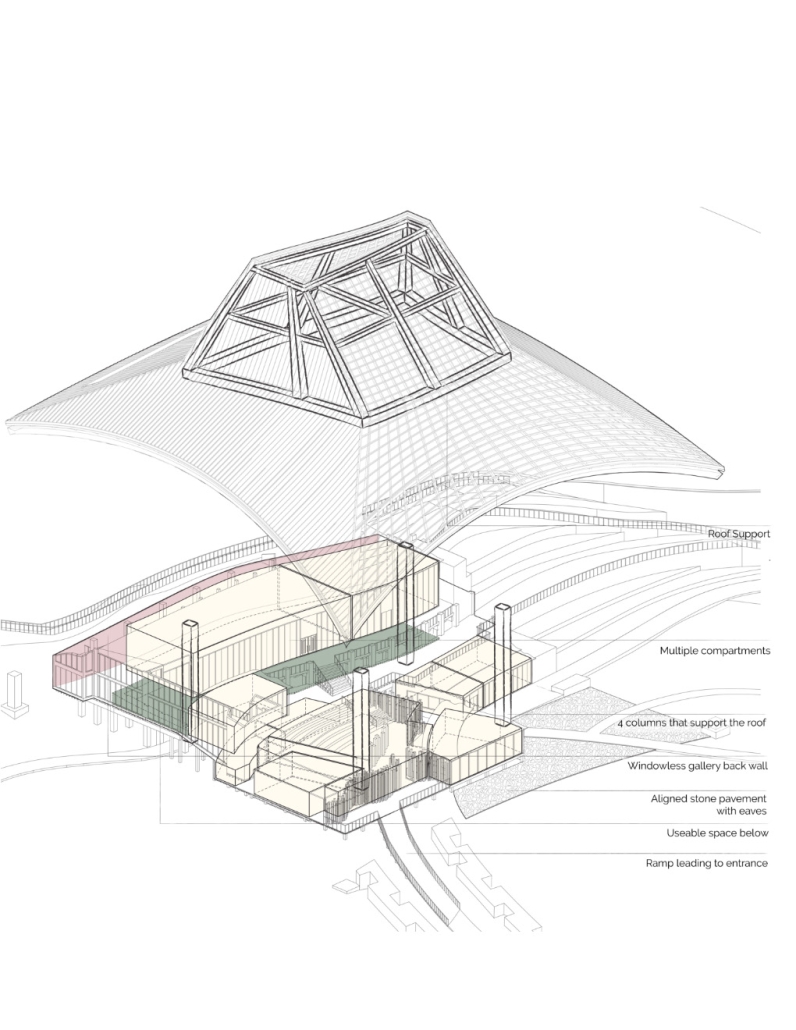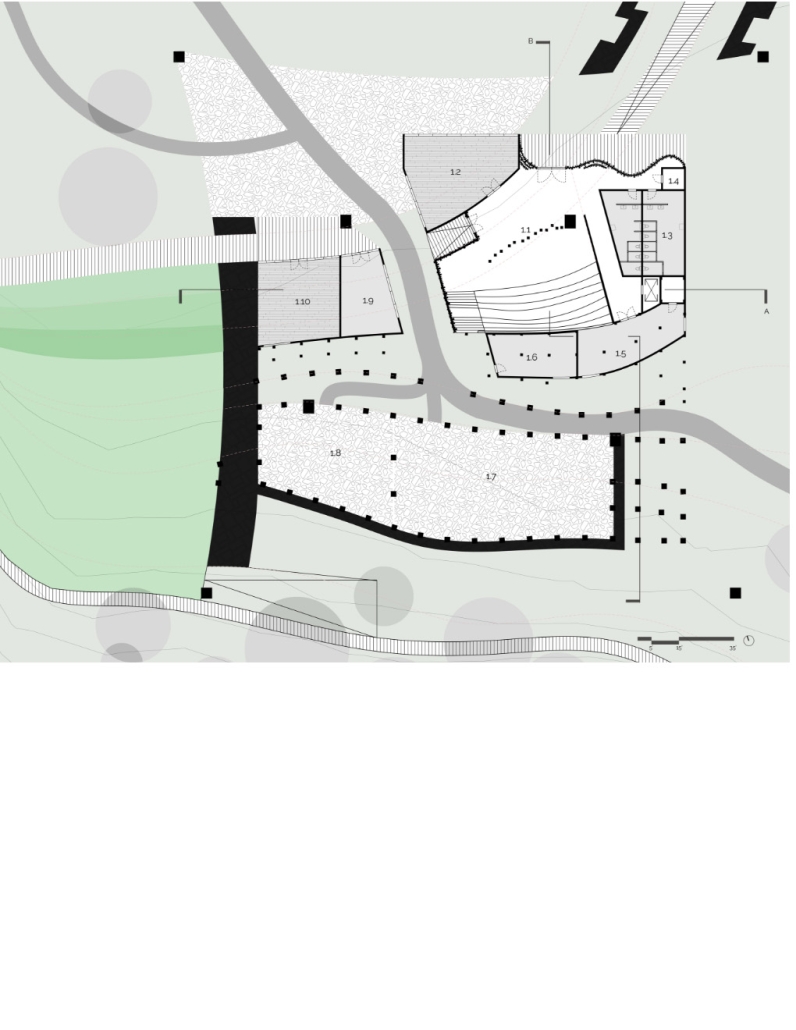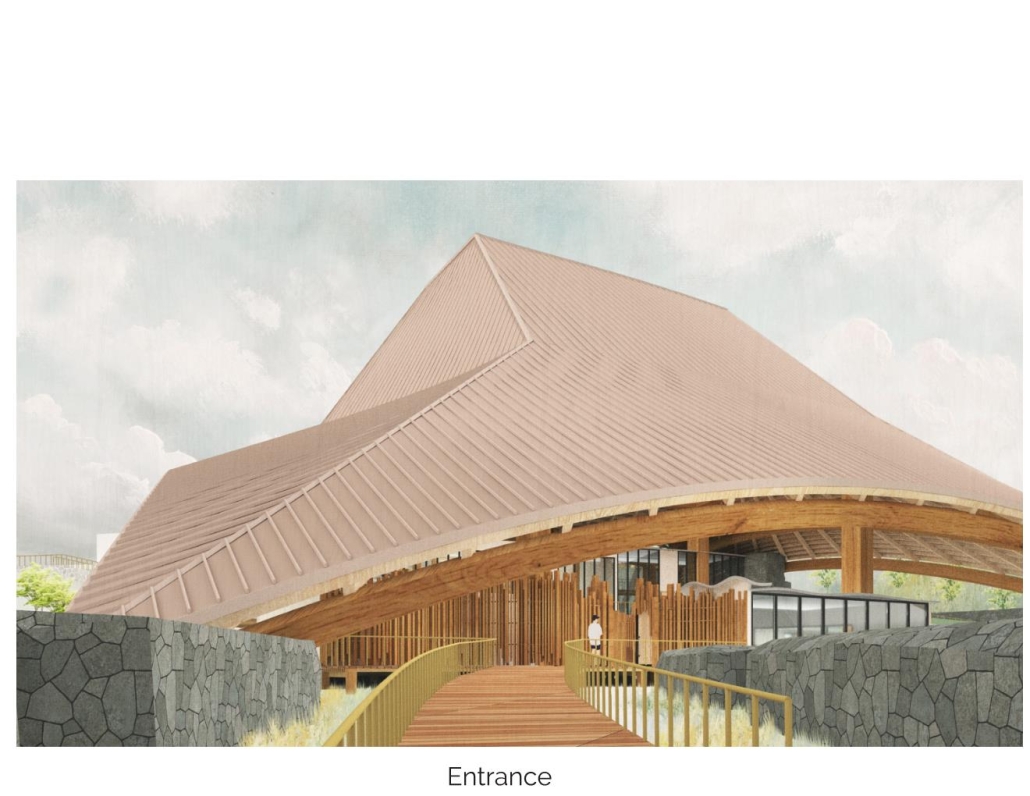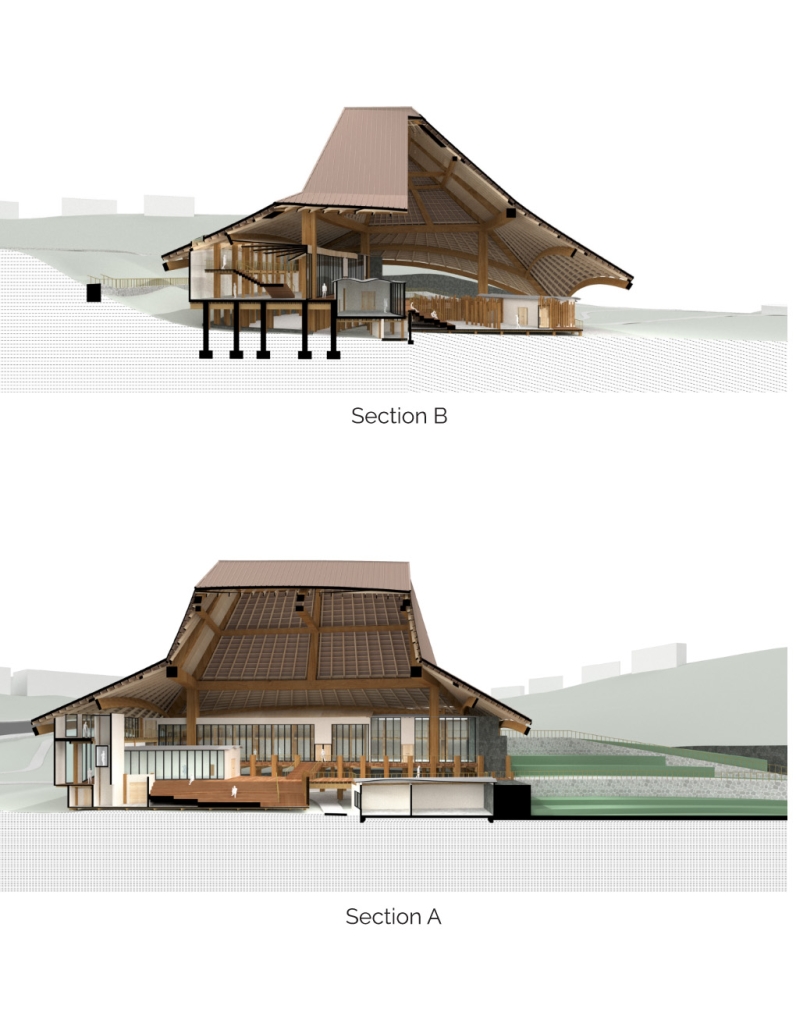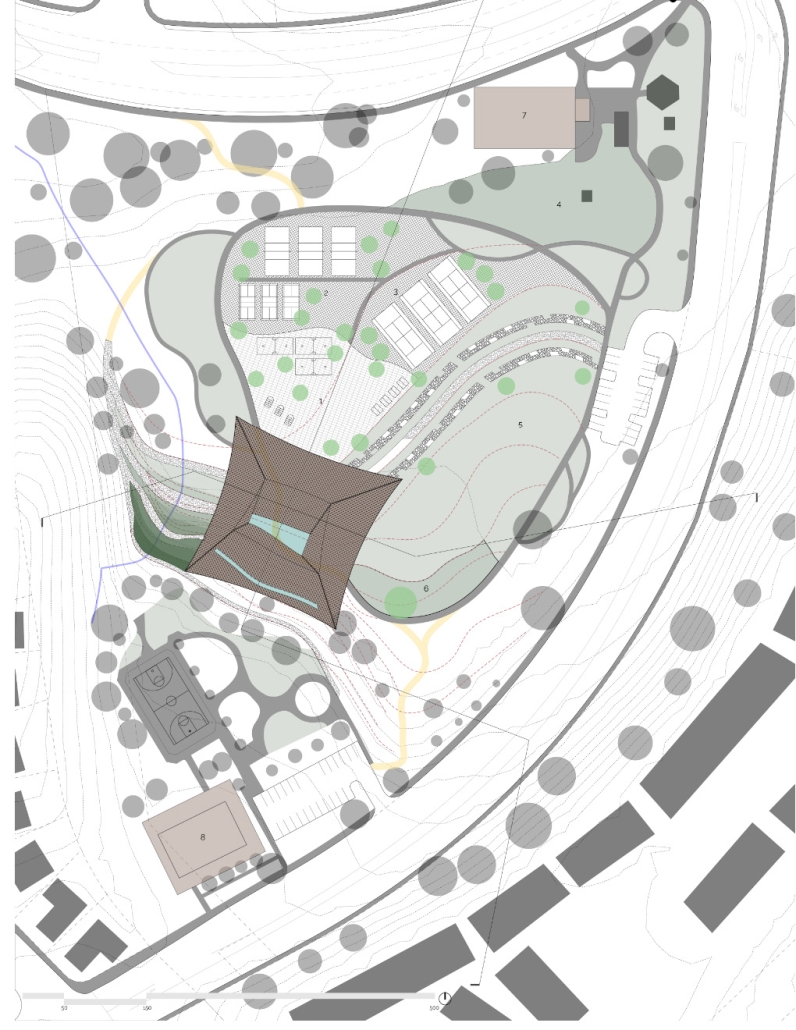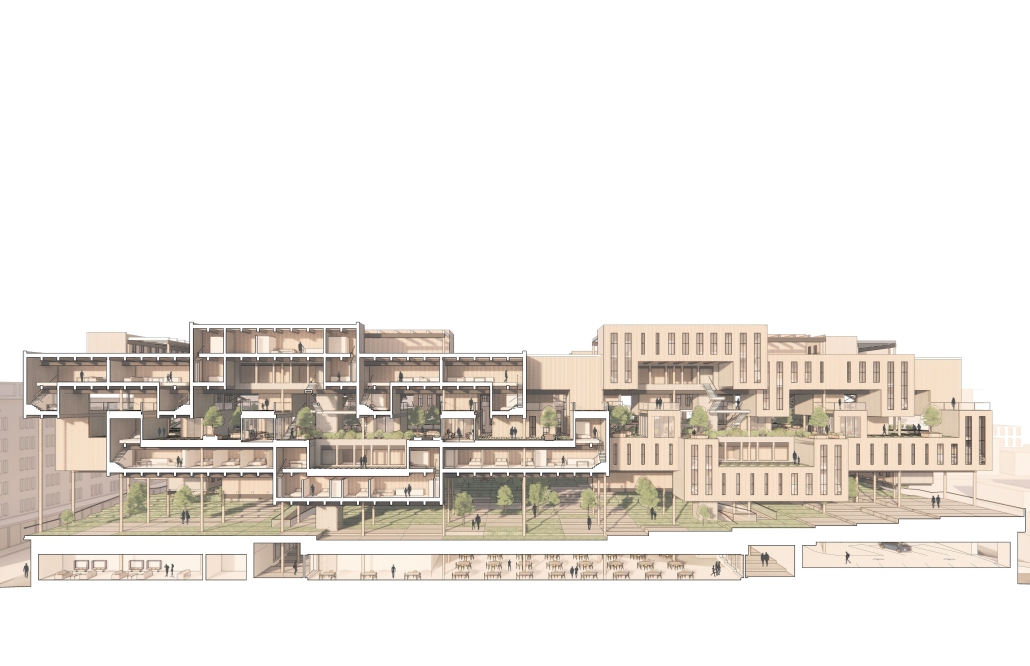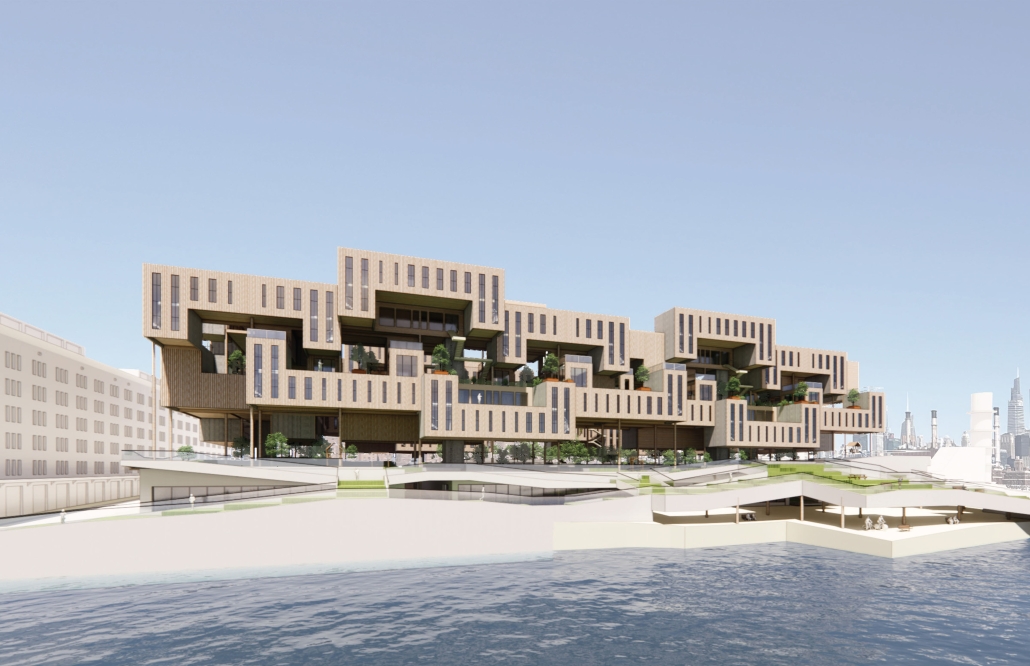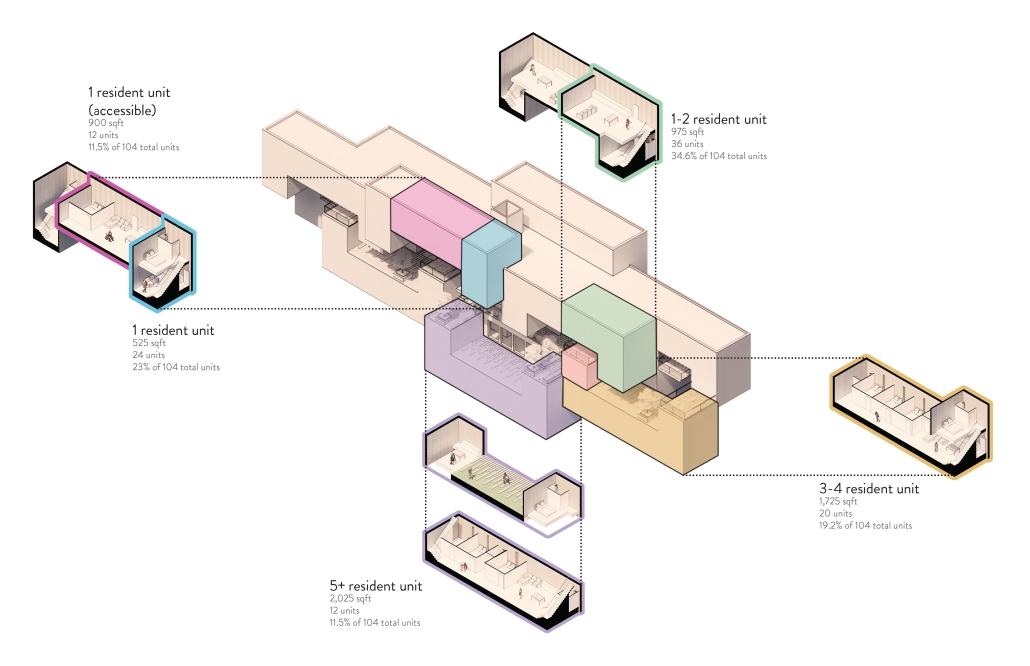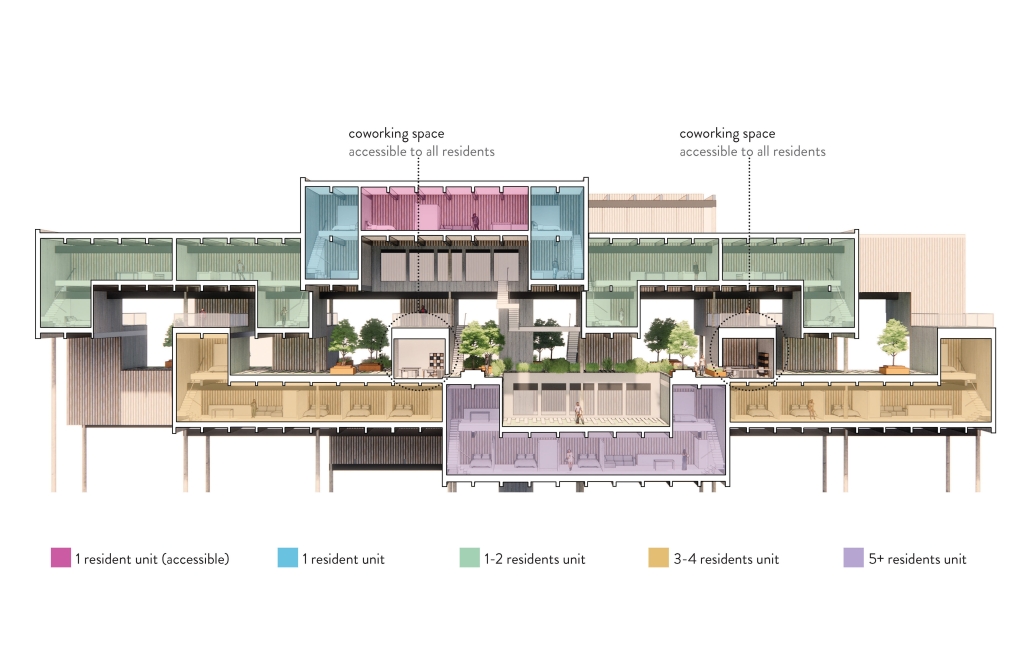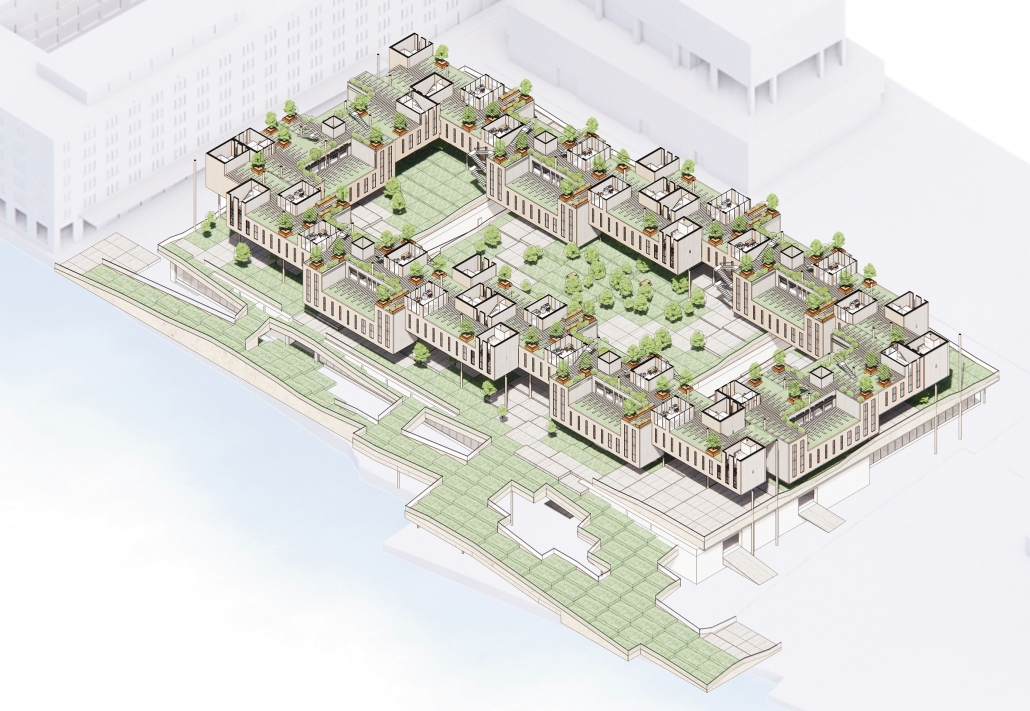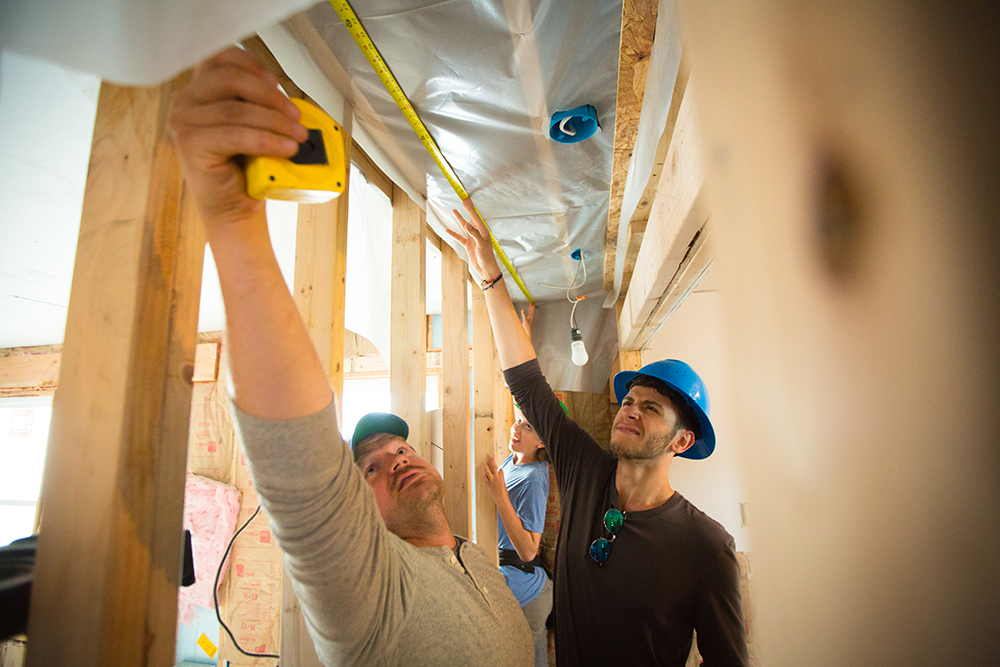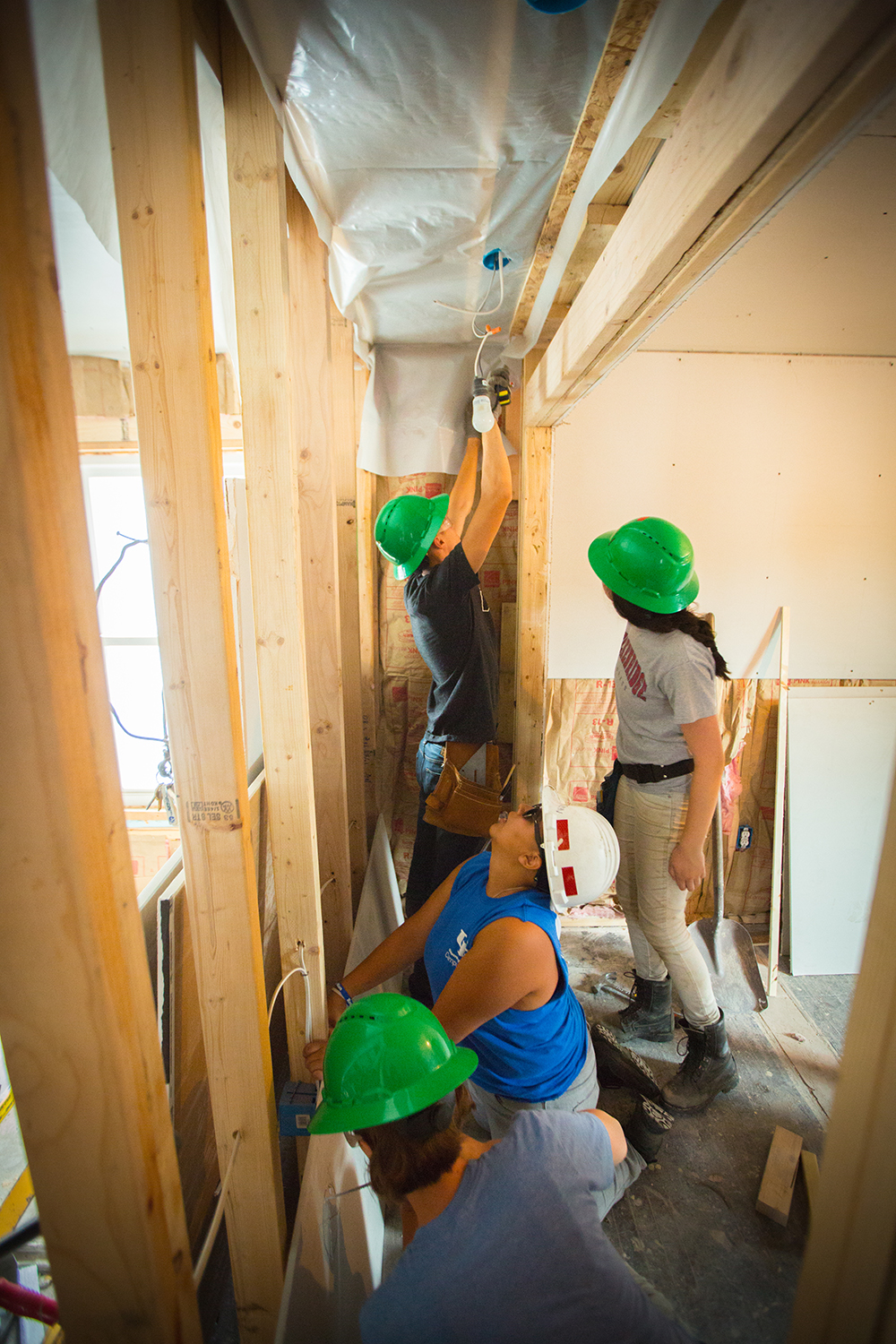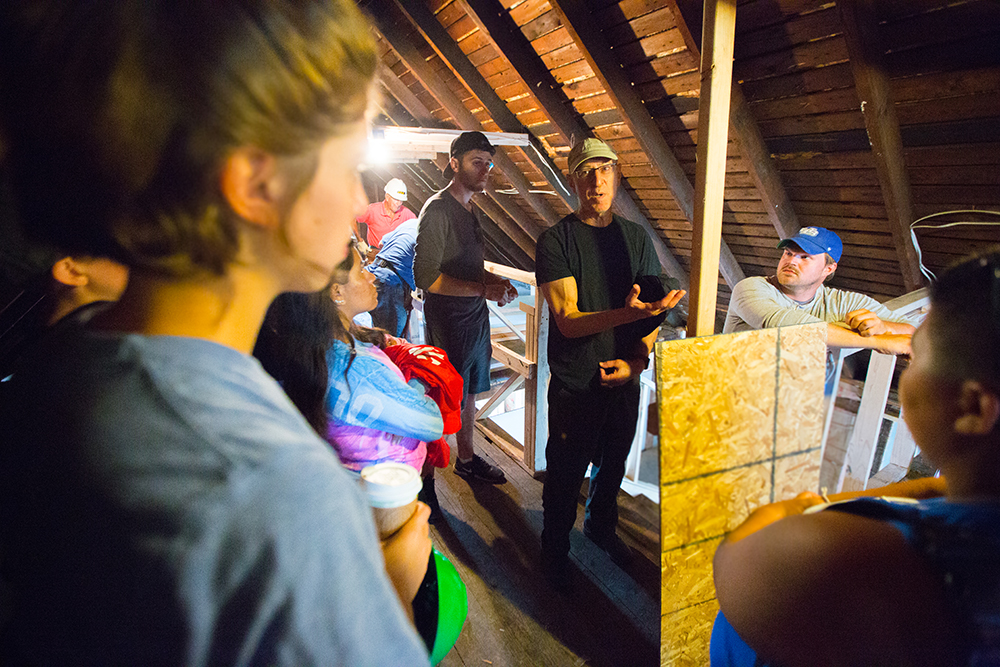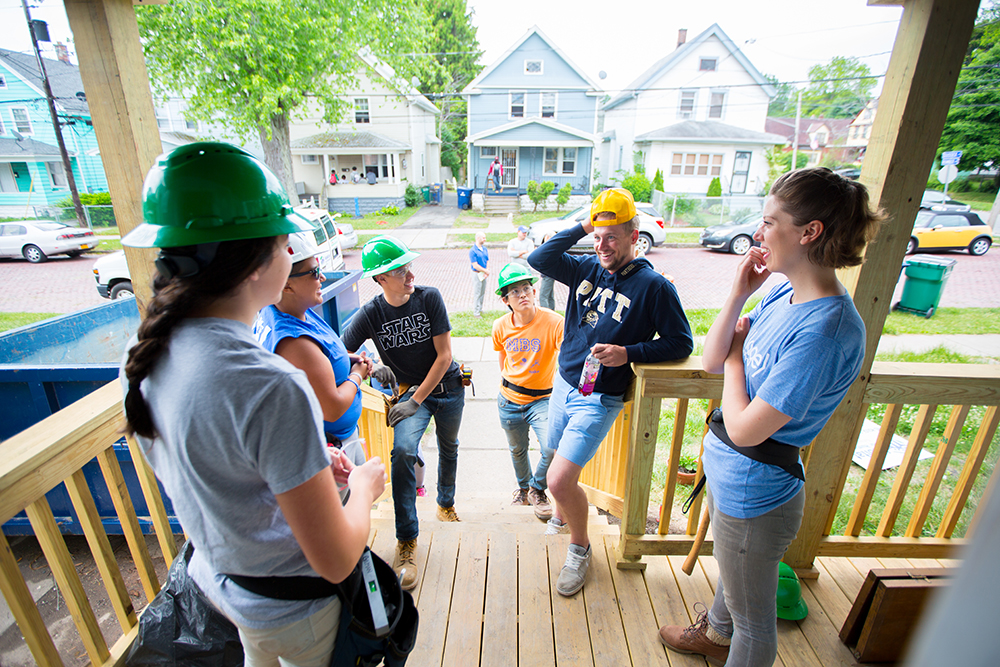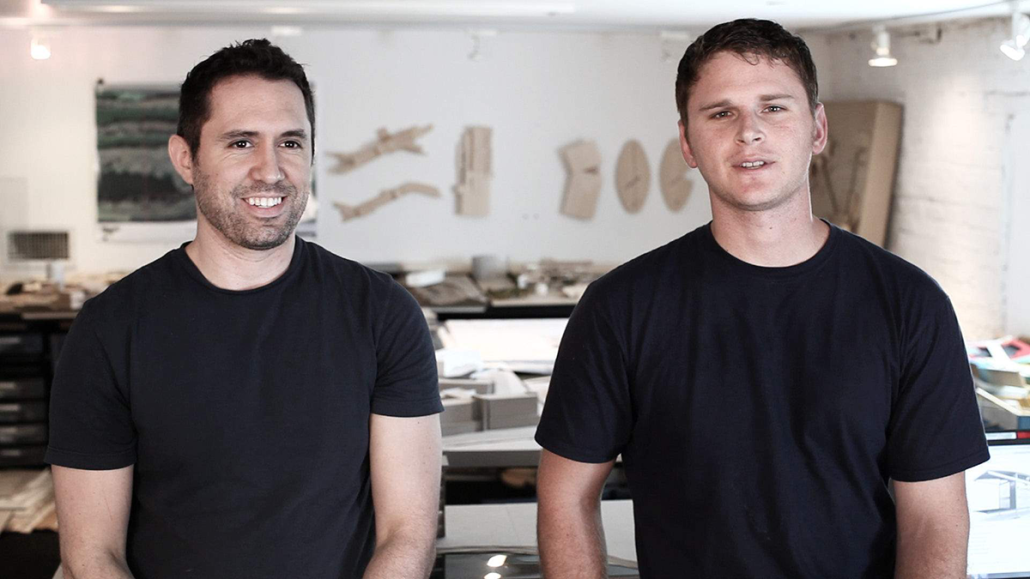2023 Study Architecture Student Showcase - Part XXX
In Part XXX of the Study Architecture Student Showcase, we take a look at student work that addresses ecological challenges. The featured projects include housing structures that mitigate flooding, coastal urban parks, prairie education centers, visualizations of toxic destruction, and more. Each design invites viewers to reflect on the connection between human and non-human environments, whether by providing ecological interventions or embracing toxic sites of ecocide.
Revitalizing the Meander by Alec Paulson, B.Arch ‘23
Tulane University | Advisor: Ruben Garcia-Rubio
Revitalizing the Meander is a project that seeks to mitigate flooding issues along a portion of the Upper Kebana River (Addis Ababa, Ethiopia) through soft ecological interventions while also creating new connections across the river where they are currently missing. Most of the housing on site along the river is poorly constructed informal housing built close to the bank due to a lack of space with the rapidly growing city population. This informal housing easily floods due to the winding meanders of the river and contributes to erosion along the banks.
The proposed masterplan for the site relocates residents who live in flooding-prone areas to new housing structures which also function as bridges, creating new connections across the river and providing amenities to residents. These connections are determined by where green streets can continue across the river, allowing pedestrians new modes of travel. Zooming into the bridge structure that was further designed at a higher resolution, one can see the connection that is created between the two proposed green streets on either side of the river. Bioswales from the green streets are continuous over the bridge structure, filtering runoff water. On one side of the structure, a market acts as an entry point to the bridge while on the other side, new housing relocates those prone to flooding. The bridge has arms that extend off it, fostering additional connections to lower levels of the structure, as well as to the river and the slow mobility path that runs along the river. In the center, urban agriculture provides a local food source for the surrounding neighborhoods and helps to mitigate fluvial flooding.
This project was presented at the International Union of Architects (UIA) World Congress of Architects in Copenhagen 2023
Instagram: @rubgarrub
NATURE: RECLAIMED by Jason Hayden, M.Arch ‘23
University of North Carolina at Charlotte | Advisor: Chris Jarrett
In “Walking the Walk: A Path towards Praxis Inspired by an Ecological Reading of The Tale of Genji and a Japanese folktale,” Marjorie Rhine discusses the growing disconnect of the relationship between human and non-human environments. Critical of the perception of Japan as a society in harmony with nature, Rhine adopts the term ‘ecoscape’ from the field of urban ecology, offering a way of conceptualizing the complex interplay of the built and natural environments that is less human-centered.
“Nature: Reclaimed” proposes a perspective into how a coastal greenway park shifts the balance over time between human and non-human environments in an adapted coastal urban park, which illustrates the conflict between rising sea levels, loss of native habitat and human’s perpetual desire for control over nature.
This project won the AIA Henry Medal.
Instagram: @jhayden.ii
Environmental Education Center by Ivan Flores, AAS (Pre-Architecture) ‘23
College of DuPage | Advisor: Mark Pearson
PROGRAM STATEMENT:
This project explores the relationship between architecture, ecology and environmental stewardship. Students are challenged to design a prairie environmental education center that will provide educational outreach to the COD community. The project site is located directly adjacent to the Russell R. Kirt Prairie, an 18-acre natural area on the College of DuPage main campus.
The design intent of this studio project is to create an innovative and thoughtfully conceived prairie education center that will provide educational programming on sustainability, environmental stewardship and ecology. This center includes spaces for education, research, and outreach. Projects should educate visitors (and COD students) about the importance of the region’s natural heritage, as well as physically connect visitors to the prairie landscape itself.
Successful design projects must include a clearly articulated design concept and engage the natural context of the site. Projects are intended to embody the idea of environmental stewardship and sustainability.
DESIGN CONCEPT:
This design expresses the beauty of unique patterns formed by nature. As one walks through the prairie, the sights of tall grass and trees become overwhelming. This inspired the building’s sun shading strategy through materiality and visual appearance. The earth’s topographical map creates distinctive complex patterns that are implemented into the building’s exterior stairs. The circulation’s design intent was to reflect the particular paths in the prairie with various level changes and curves. Apart from implementing the following unique patterns into the design, there are key elements that accentuate views of the prairie to further express the beauty of unique patterns formed by nature. A long plan accommodates the space with ample views of the prairie. The roof’s pitch slopes upward to accentuate views of nature.
Instagram: @ma_pearson75, @cod_architecture
Rock and Roll by Zihua Mo & Chunyu Ma, M.Arch ‘23
University of Pennsylvania | Advisor: Simon Kim
This project is an ecological architectural initiative poised in Los Angeles’s Inglewood Oil Field. It devises an evolutionary future for the historically industrial site, bridging gaps between technology, ecology, and synthetic nature to reimagine a thriving, non-human-centric, biodiverse habitat.
Within this biodome, four architectural characters breathe life into the project. These are the Manimal, Putant, Fungle, and Outsect, each serving as a sanctuary for animals, plants, fungi, and insects respectively. Originally positioned in a grid pattern, they autonomously operate within their domains, engaging in a unique ‘rock and roll’ motion, synergistically transforming the old industrial heart of Inglewood into a revitalized natural space.
The Manimal is a marvel of bio-engineering, nurturing synthetically developed, intellectually advanced animals. These life forms, combining the grace of nature with the precision of technology, gradually assimilate into the ecosystem, their waste contributing to a vibrant ‘Waste Lagoon.’ This vivid waterbody, contrary to its name, is a source of nourishment and a symbol of rebirth, the raw material for the neighboring Putant.
The Putant, swayingly mimicking nature’s breeze, harbors and nurtures the next-generation, pollutant-absorbing plants. These green soldiers mature inside the cultivation chamber, their seeds eventually dispersed by the Putant’s gust-like motions, sowing life across the transformed oil field.
Symbiotically supporting this green wave is the Fungle, a mobile architectural body enriching the soil with vital nutrients. The Fungle rolls across the landscape, absorbing deceased organic matter, and utilizing it to cultivate various fungi, whose spores are then disseminated, forming a natural cycle of life and decay.
Overseeing this intricate world-building is the Outsect, a hovering haven for mechanical insects. It regulates material exchange within the field, deploying these mechanical insects for tasks ranging from delivery to capturing animals. Moreover, it functions as an atmospheric purifier, inhaling air for power, purifying it, and also drawing from the Waste Lagoon to disperse nourishment across the field.
Instagram: @zihua_mo, @cyyyy_ma, @ibanez.kim
Center For the Advancement of American Architecture at Fallingwater by Frank Michel, Jason Loeb & Roman Marra, BA. Arch ‘23
Miami University | Advisor: John M. Reynolds
The Fallingwater Center for the Advancement of American Architecture is located at the Pony Field, neighboring the Barn at Fallingwater, Mill Run, Pennsylvania. The facility will act as a visitor center set in the core of the Lands of Fallingwater, that would complement and dovetail its sibling experiences with the Fallingwater Institute. With an audience of the general public, from scholars/practitioners to laypersons, the Center attempts to promote the public understanding and appreciation of American architecture through educational programs. From the sense of understanding the ‘DNA’ of Frank Lloyd Wright’s Fallingwater, we were able to move away from copying the historical monument, but instead, use its language (the integration of nature that informs its special and tectonic identity) enabling us to express the sensual content of place that became so integral towards our discovery of developing the prospect of the Modern Vernacular. The landscape is seen as a connection piece unifying paths connecting from the site. Using the established lines between the barn and the center, the intersection created a grid-like pattern that gave the feeling of a farmland topography (using native plants of the midwestern vernacular) that develops the relationship between trail and road, barn and visitor center, trail and Fallingwater. With the path of these routes, the site allows for a continuation of the journey from site event to site event, as well as being a place in of itself to explore and experience.
Instagram: @Fpmichel_design, @jasonloebdesign, @marrarchitecture
Paradigms of the Post-Natural by Charlotte Rose Bascombe & Andrea De Haro, B.Arch ‘23
Syracuse University School of Architecture | Advisors: Jean-François Bèdard, Britt Eversole & Julie Larsen
Paradigms of the Post-Natural is a thesis that rejects architects’ predilections for greenwashing. In doing so, we depict the inevitable evolution of our environment and embrace the beautifully toxic and grotesque environments that are evidently created. Specifically, we are interested in ecocides, exploited areas in which animals are forced to genetically adapt as they experience the destruction of their habitat by humans.
We focused on the Athabasca Oil Sands in Alberta, Canada, and Chornobyl in Ukraine, two preeminent sites where industrial activity has caused a direct threat to ecological well-being. Chernobyl is an example of a disaster where the release of toxic compounds has had long-term effects on the genetic evolution of species creating a radioactive wildlife refuge. The Alberta Oil Sands is an oil reserve that highlights the detrimental effects of mining, resulting in contaminated wastewaters that release heavy metals into nearby bodies of water. These polluted environments forced humans to evacuate, while other living species were left behind to absorb the contaminants.
Depicting these unimaginable environments, we collaborate with MidJourney, an artificial intelligence text-to-image generator. Site-specific research determined our text parameters. Using keywords such as “Iodine-131” and “polycyclic hydrocarbons”, compounds found on both sites, helped us visualize the toxic destruction. Other terms, such as “grotesque” and “photo-realistic” helped maintain a consistency in the aesthetics of these scenes. After generating our productions, we emphasized their ecologies through the microscopic scale, which led us to create material studies influenced by the characteristics of the generated scenery. Fusing our images with physical models resulted in a feedback loop that allowed for more agency in imagining alternative futures. We used various materials to reflect the detailed environments, providing us with the ability to precisely recreate the animals’ habitats. Alternating between MidJourney and model-making was crucial for the development of the final images.
Our thesis depicts the unavoidable evolution of these environments and their accompanying organisms. “Ecologies in Disguise” is an atlas that we produced, set in the year 2550, that documents a paradigm shift in the relationship between humans, flora, and fauna, where the lack of human contact becomes a defining characteristic of the new era. The impact of current “ecocides” are threatening all types of organisms, causing them to fuse and entangle with chemical substances that swarm through the environment. What ultimately emerges is the aesthetic sublime; ecosystems that simultaneously have the power to compel and destroy us.
See you in the next installment of the Student Showcase!

